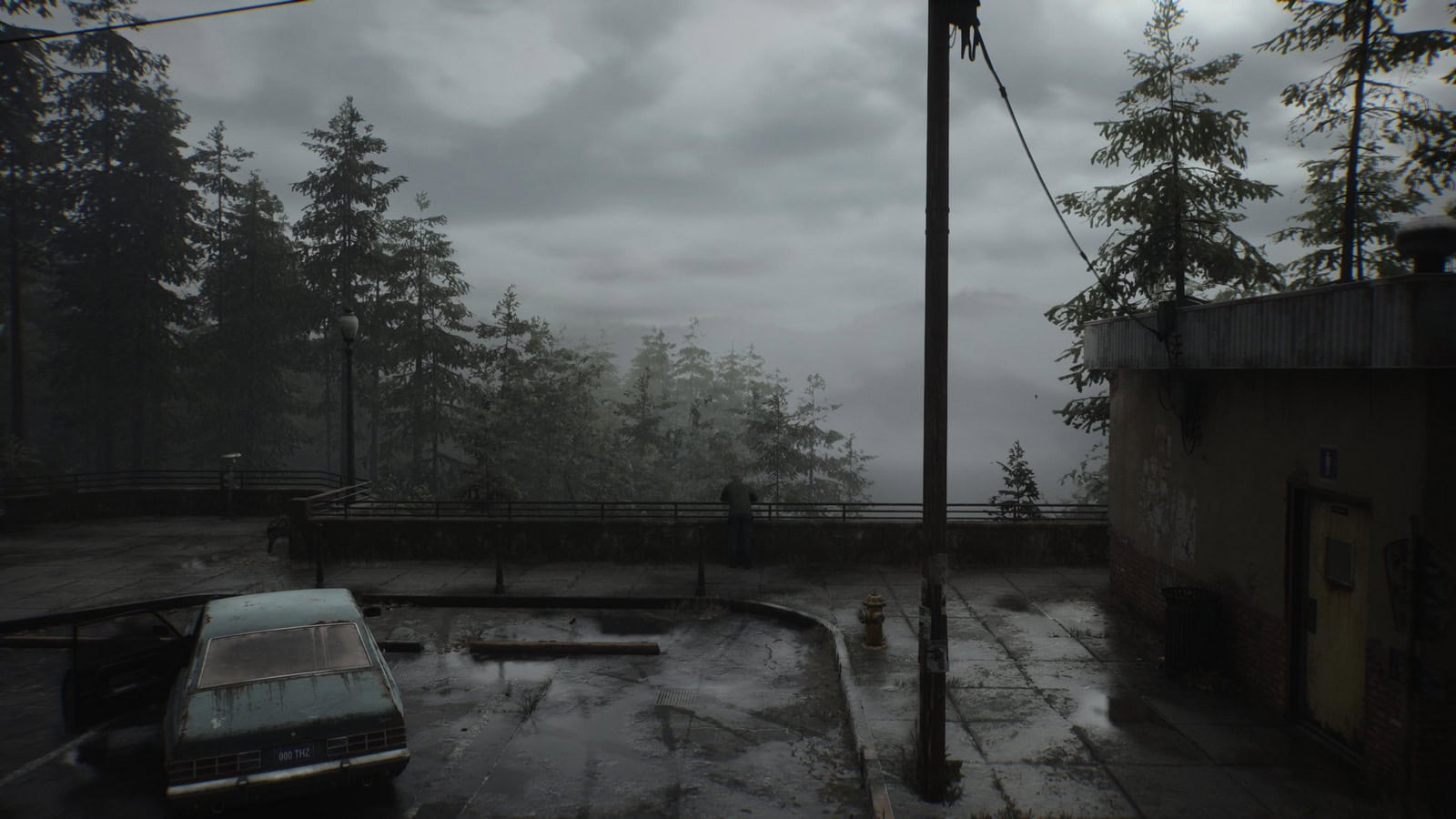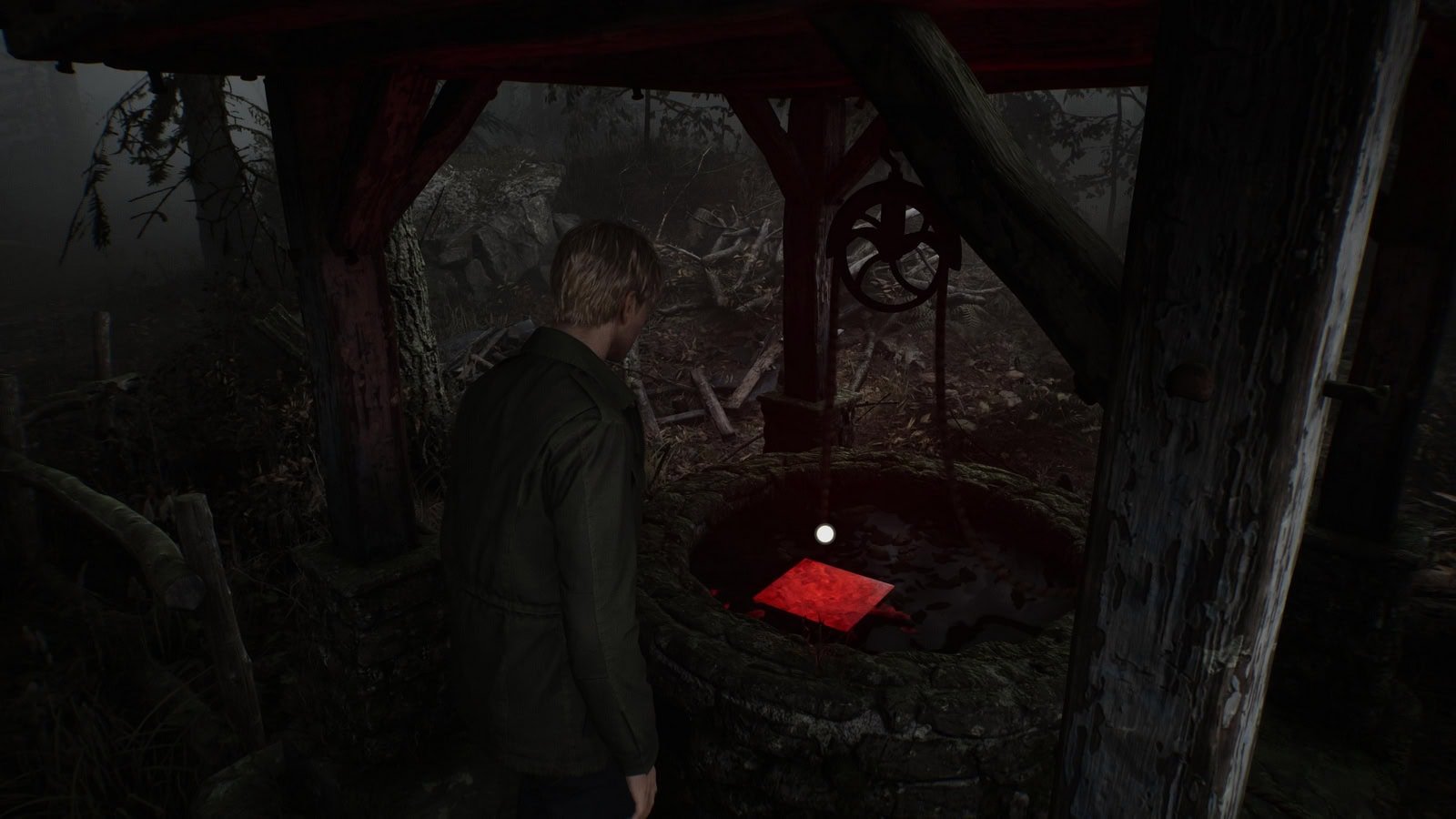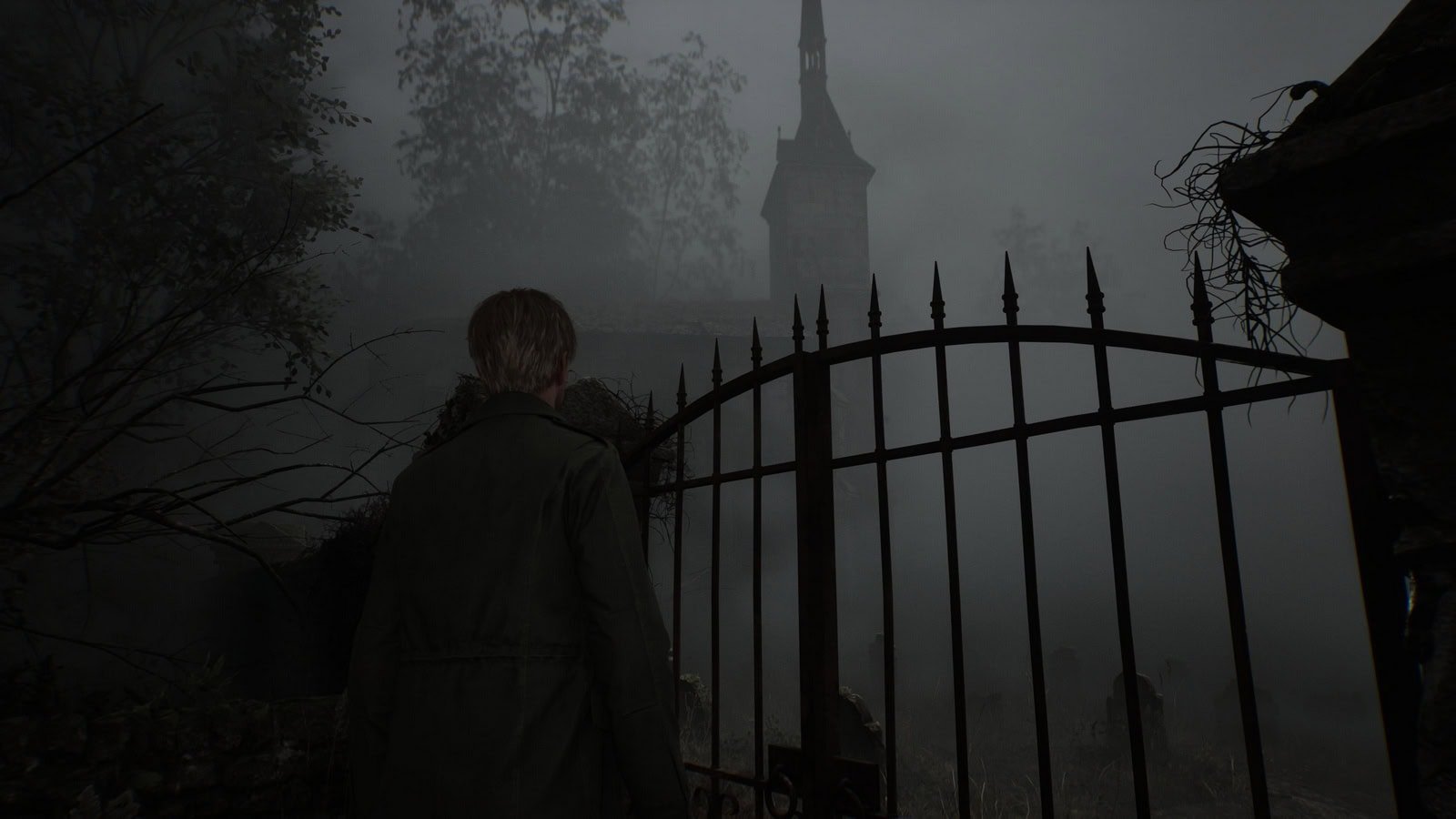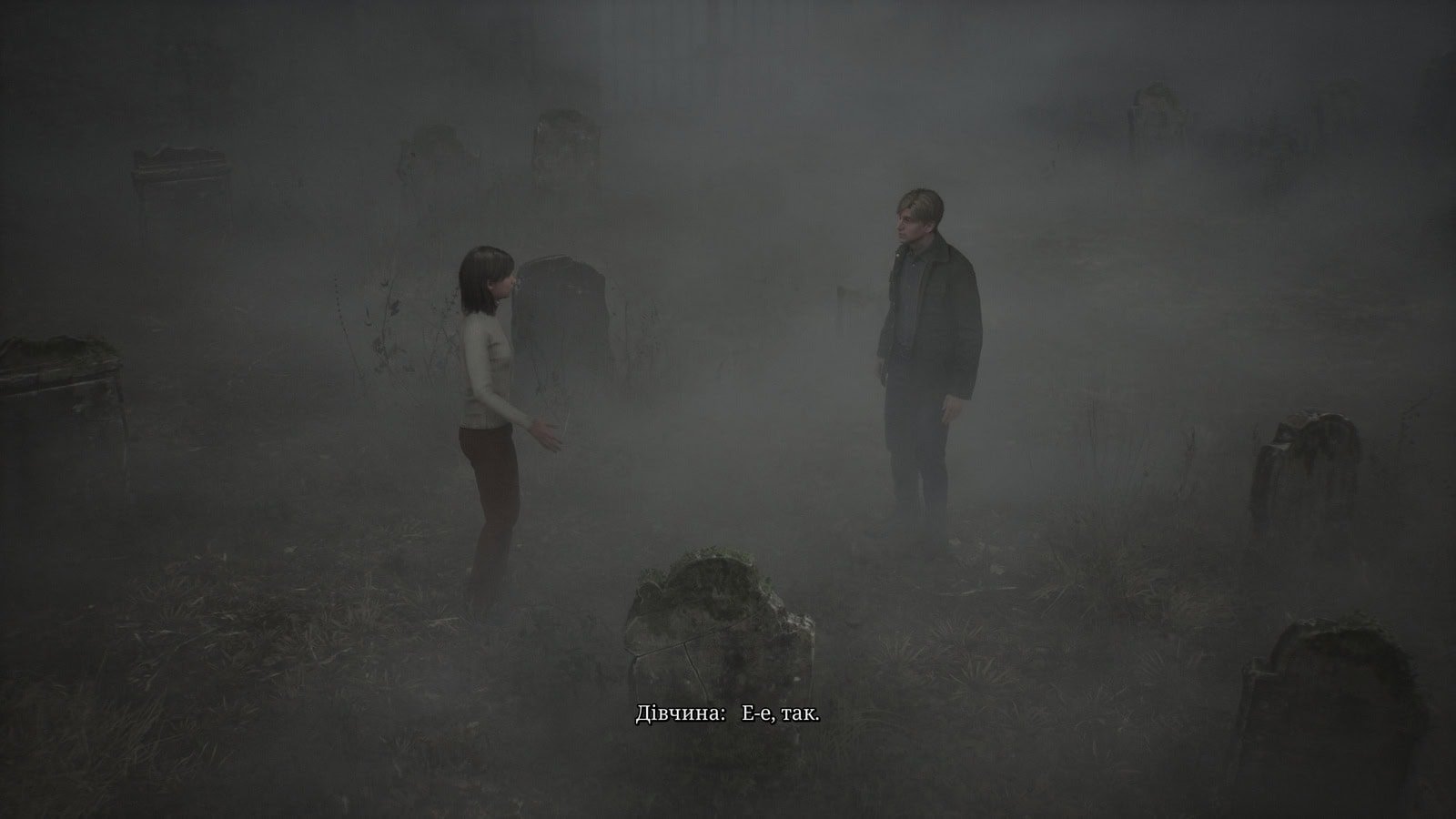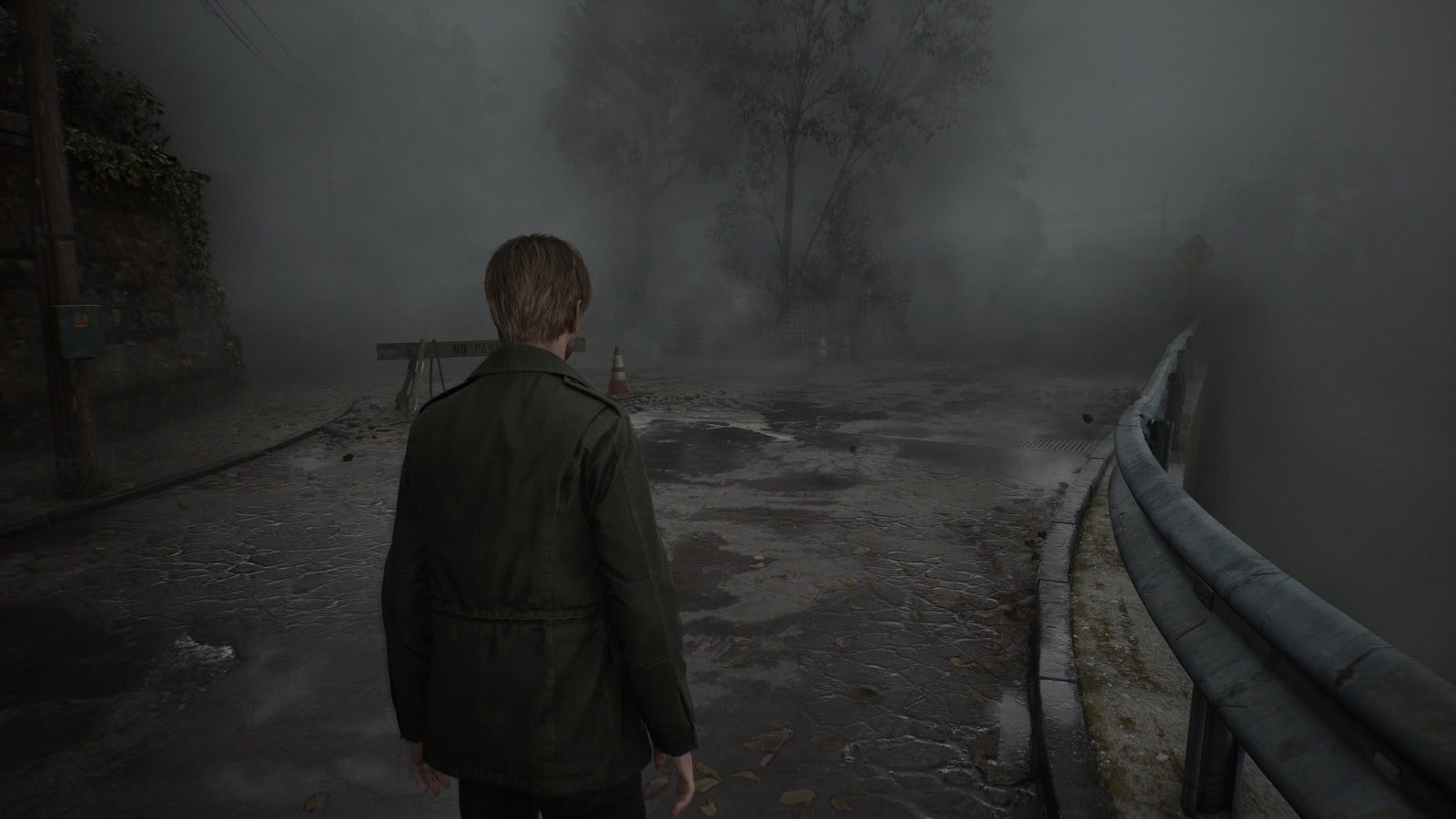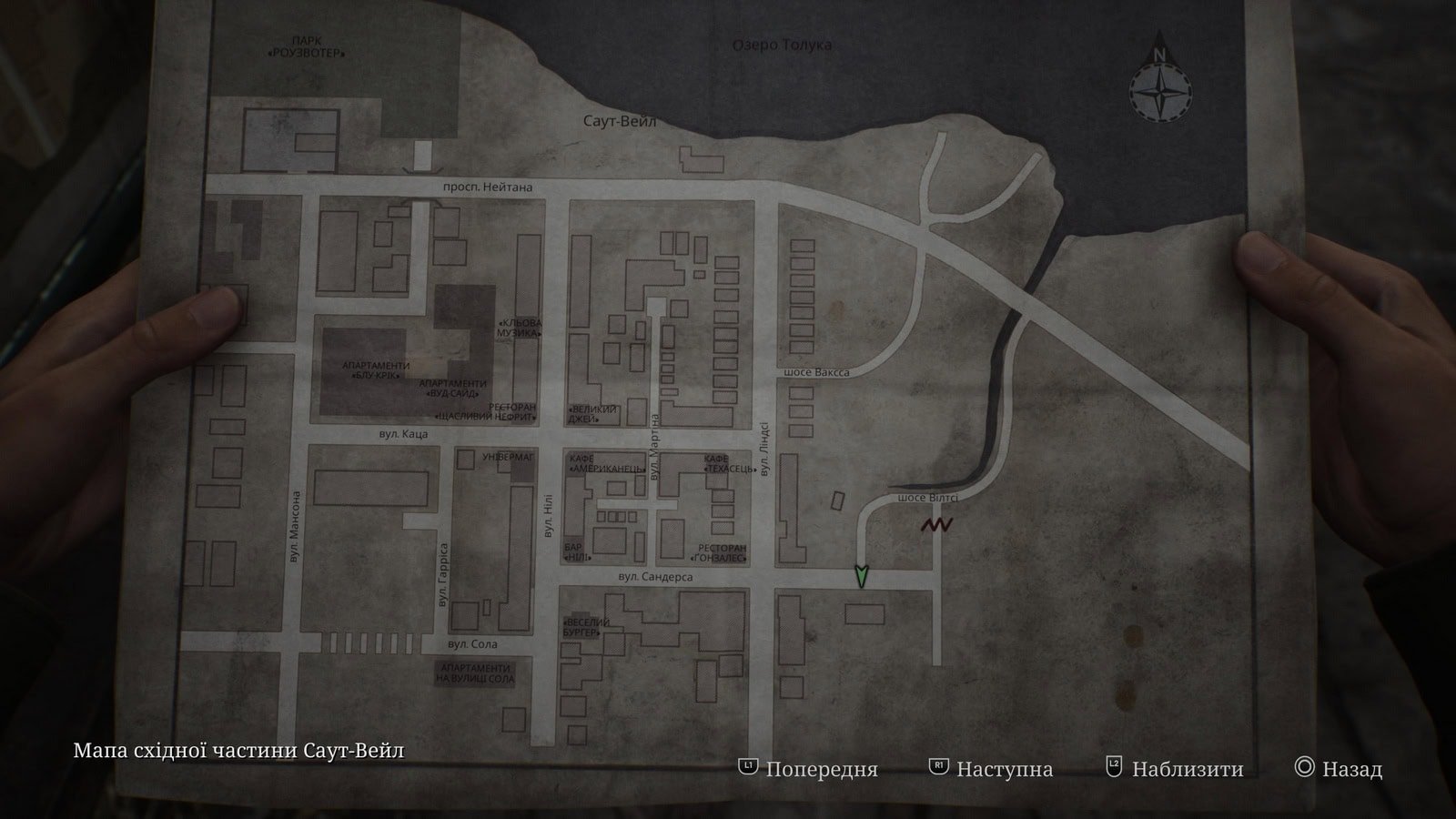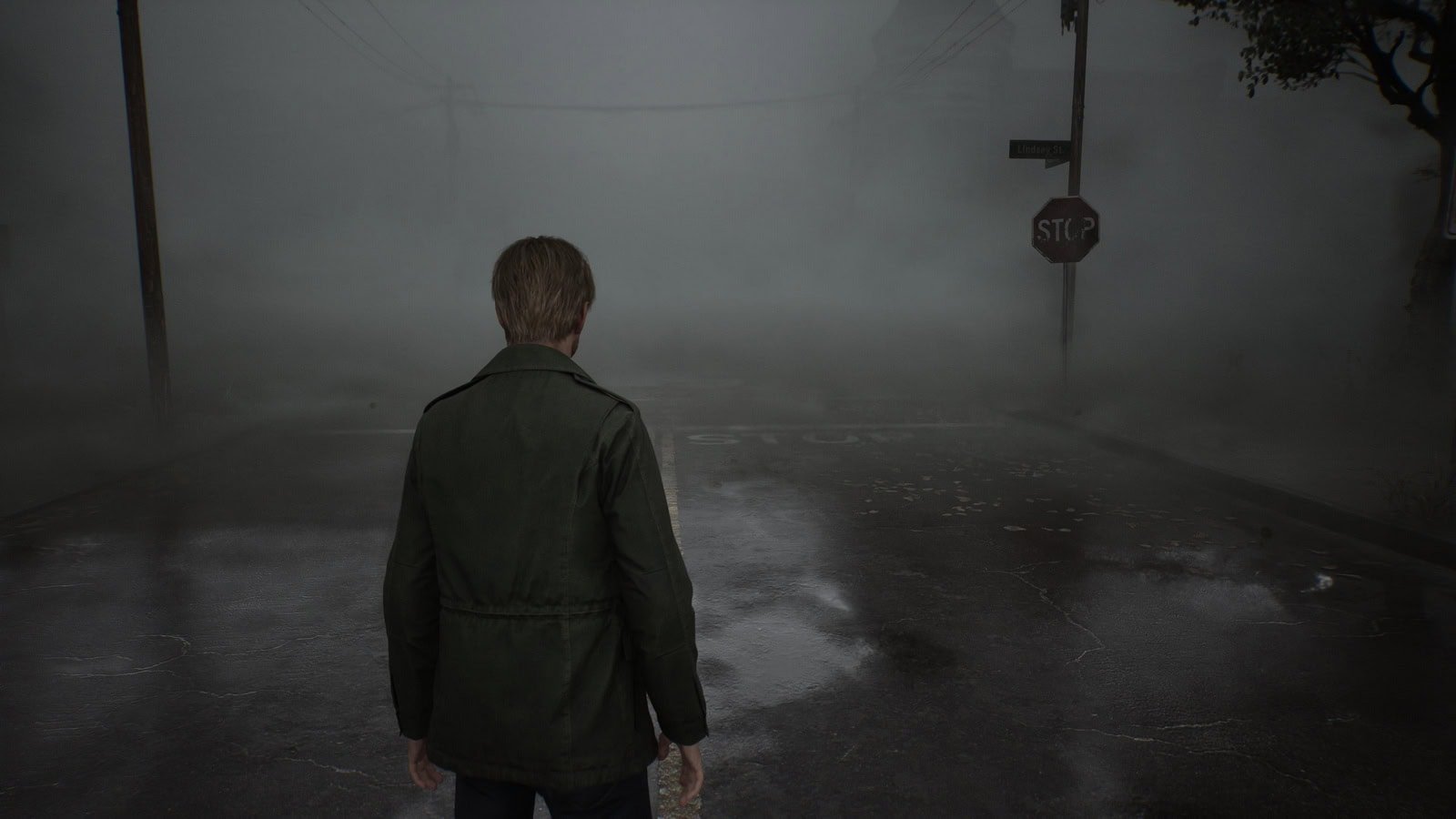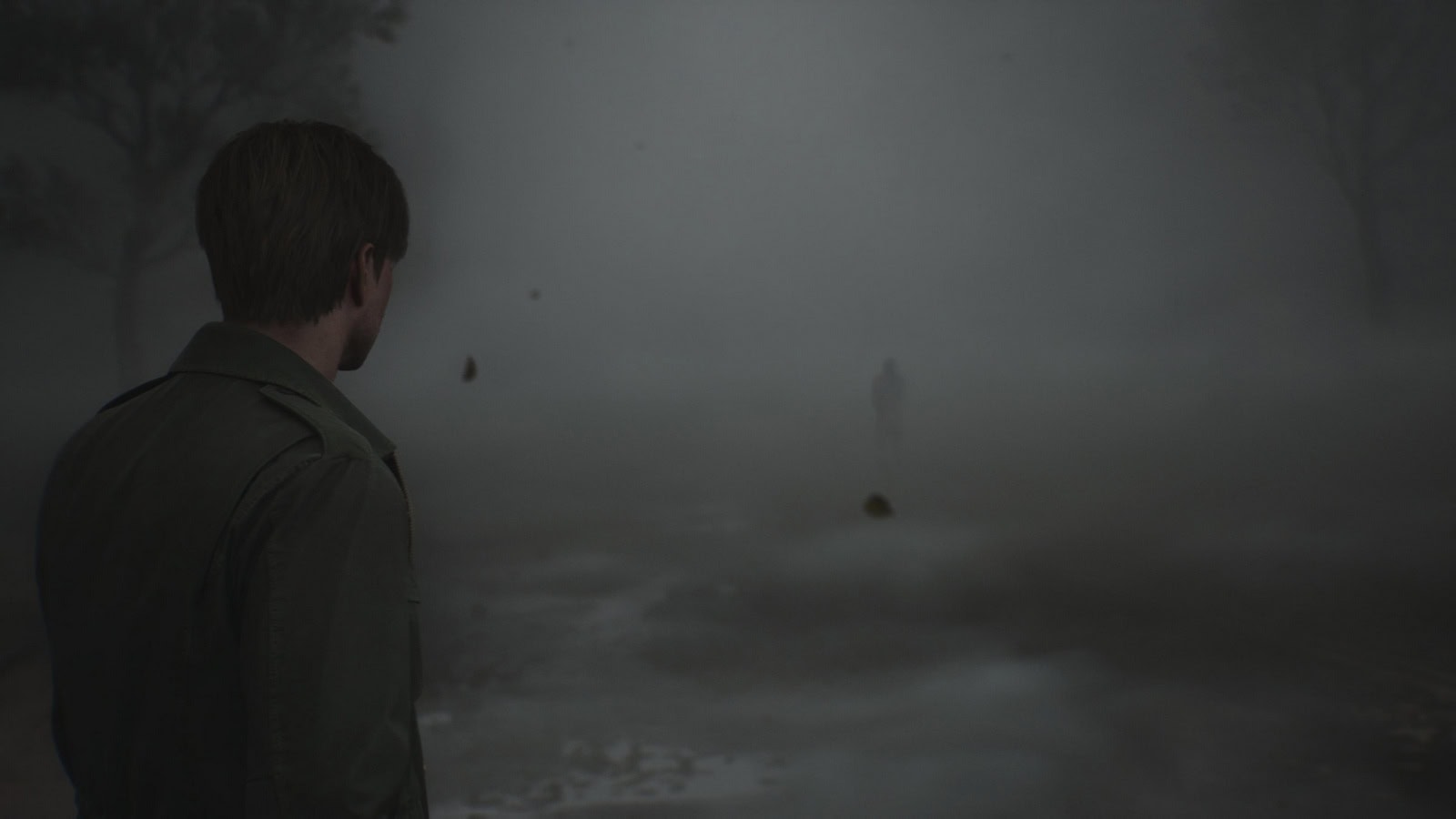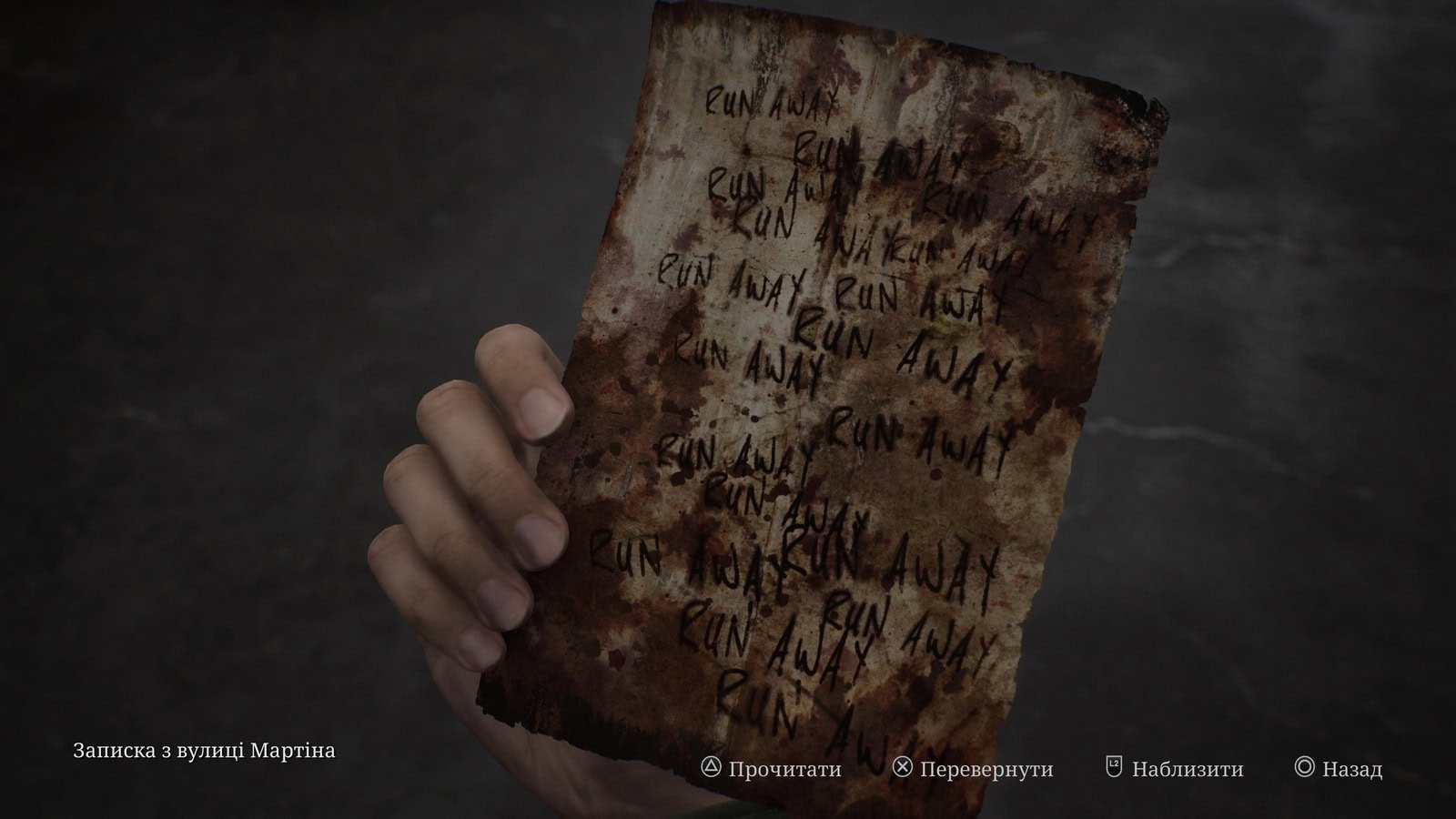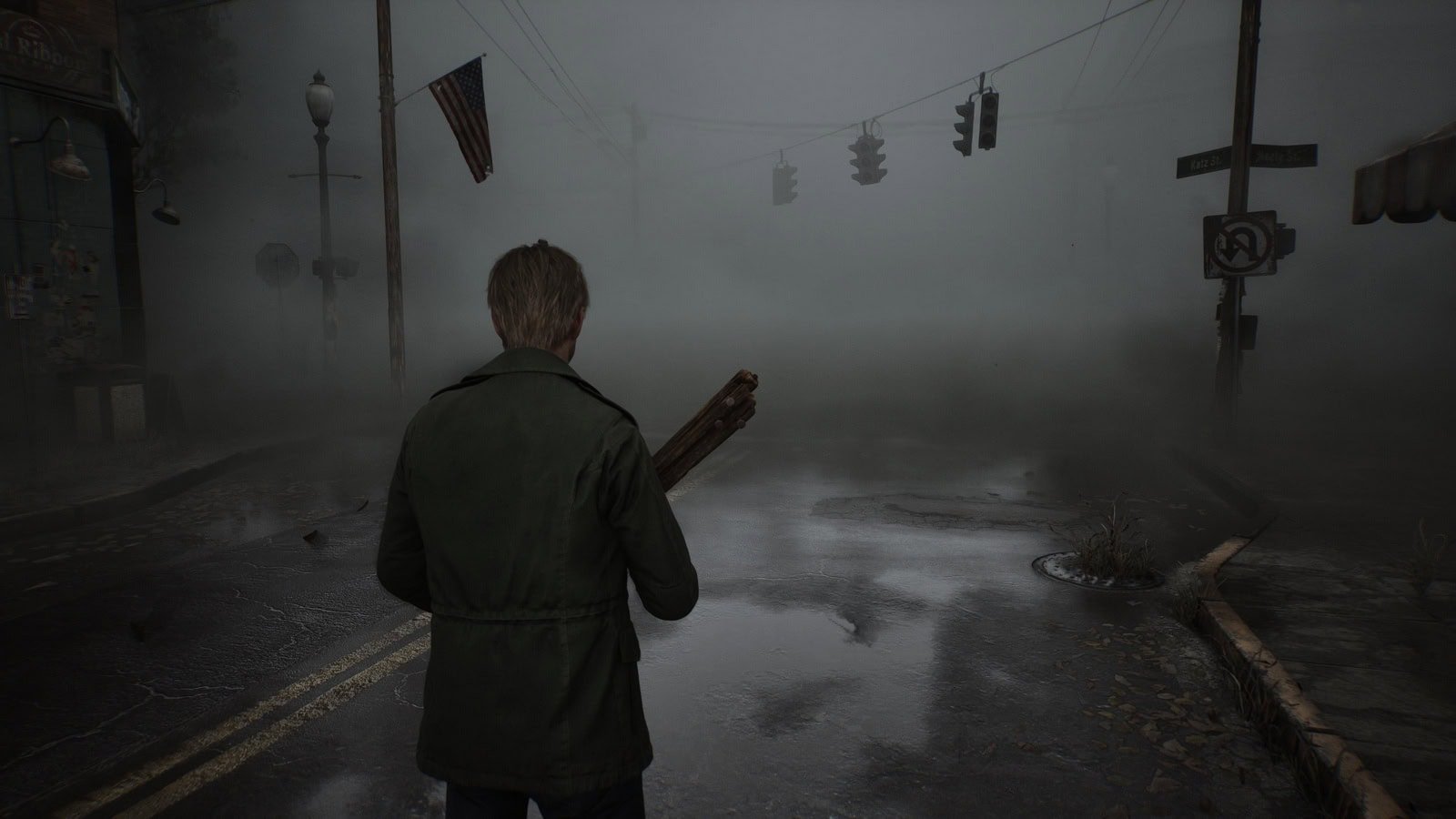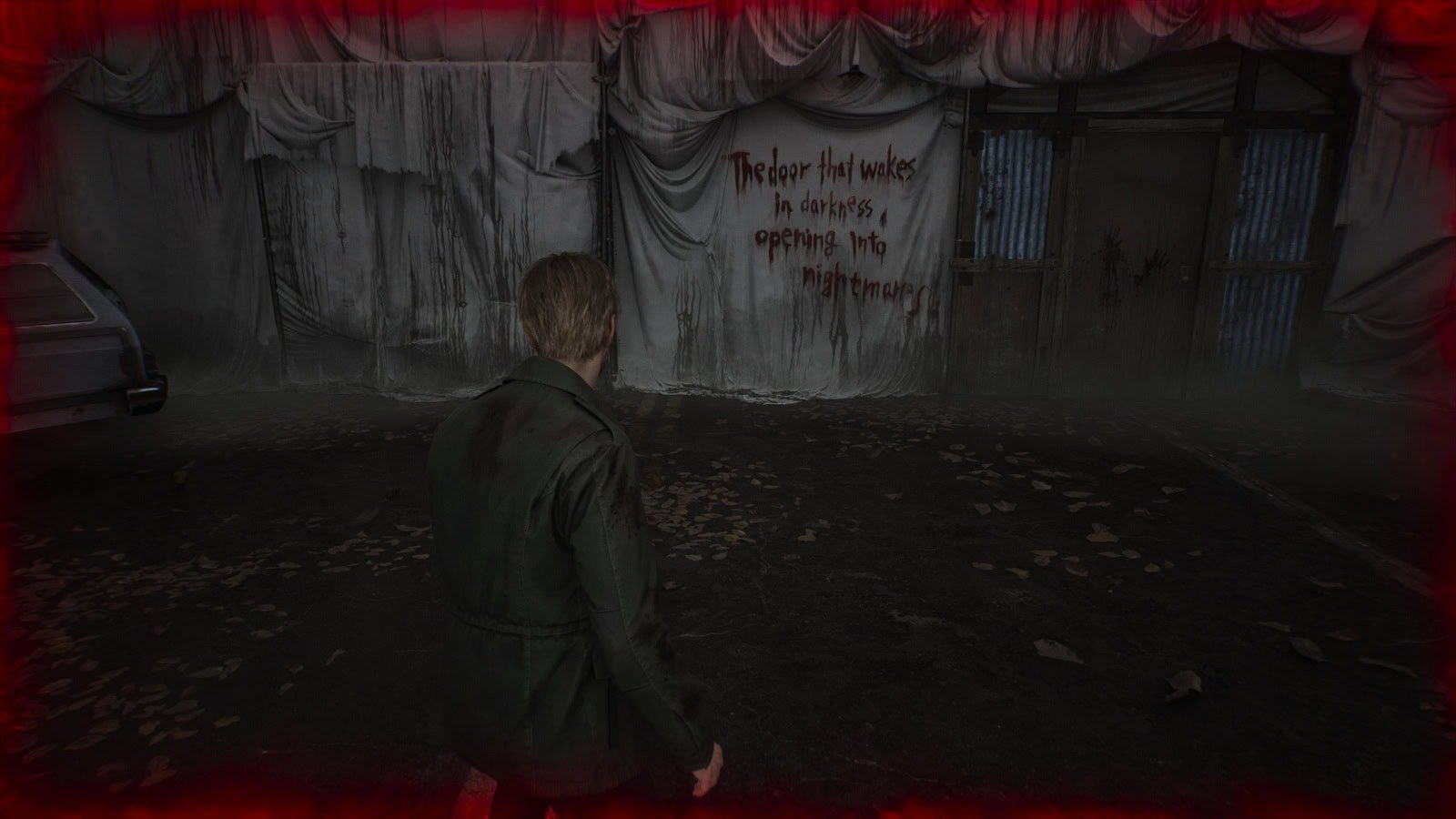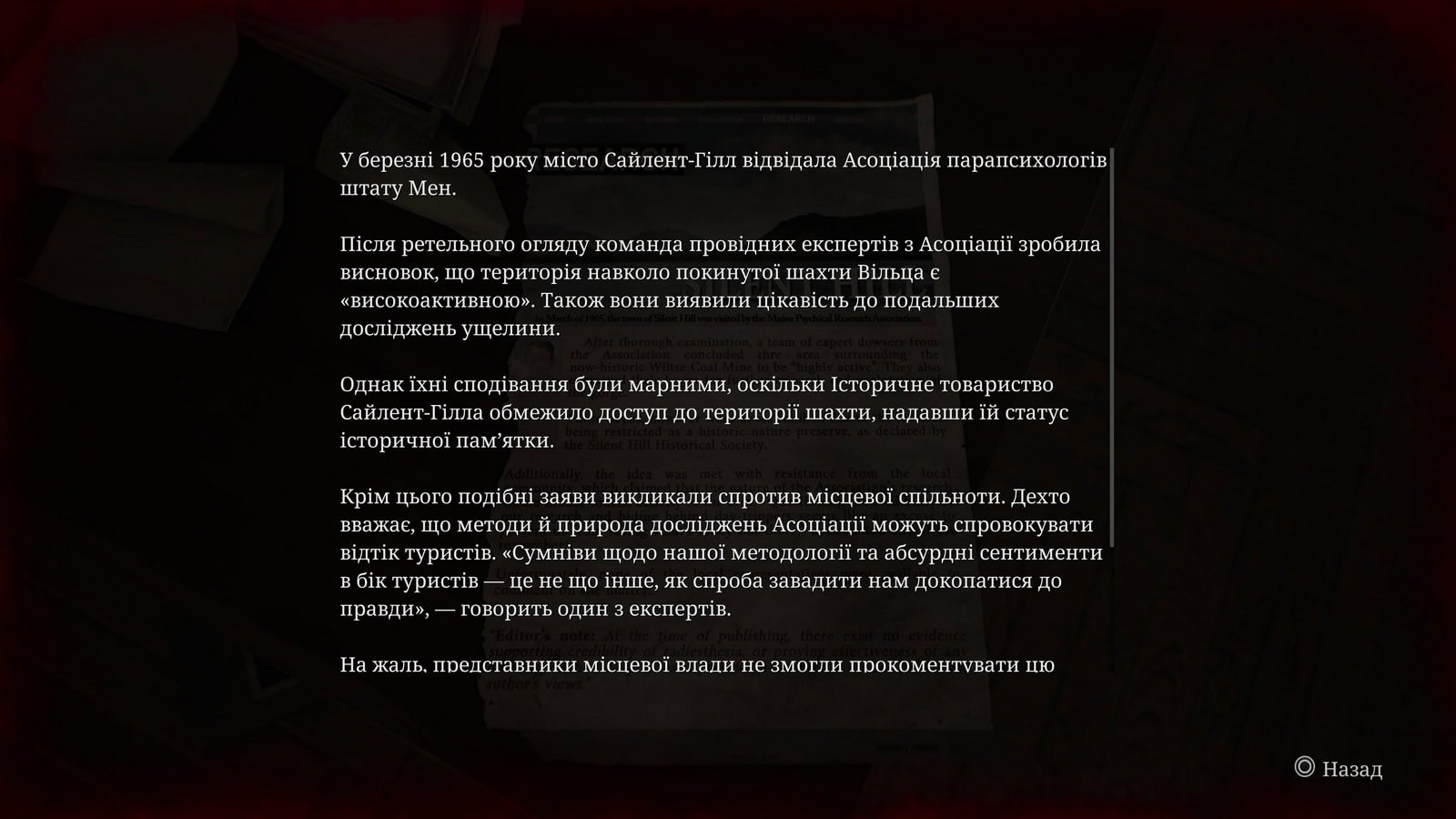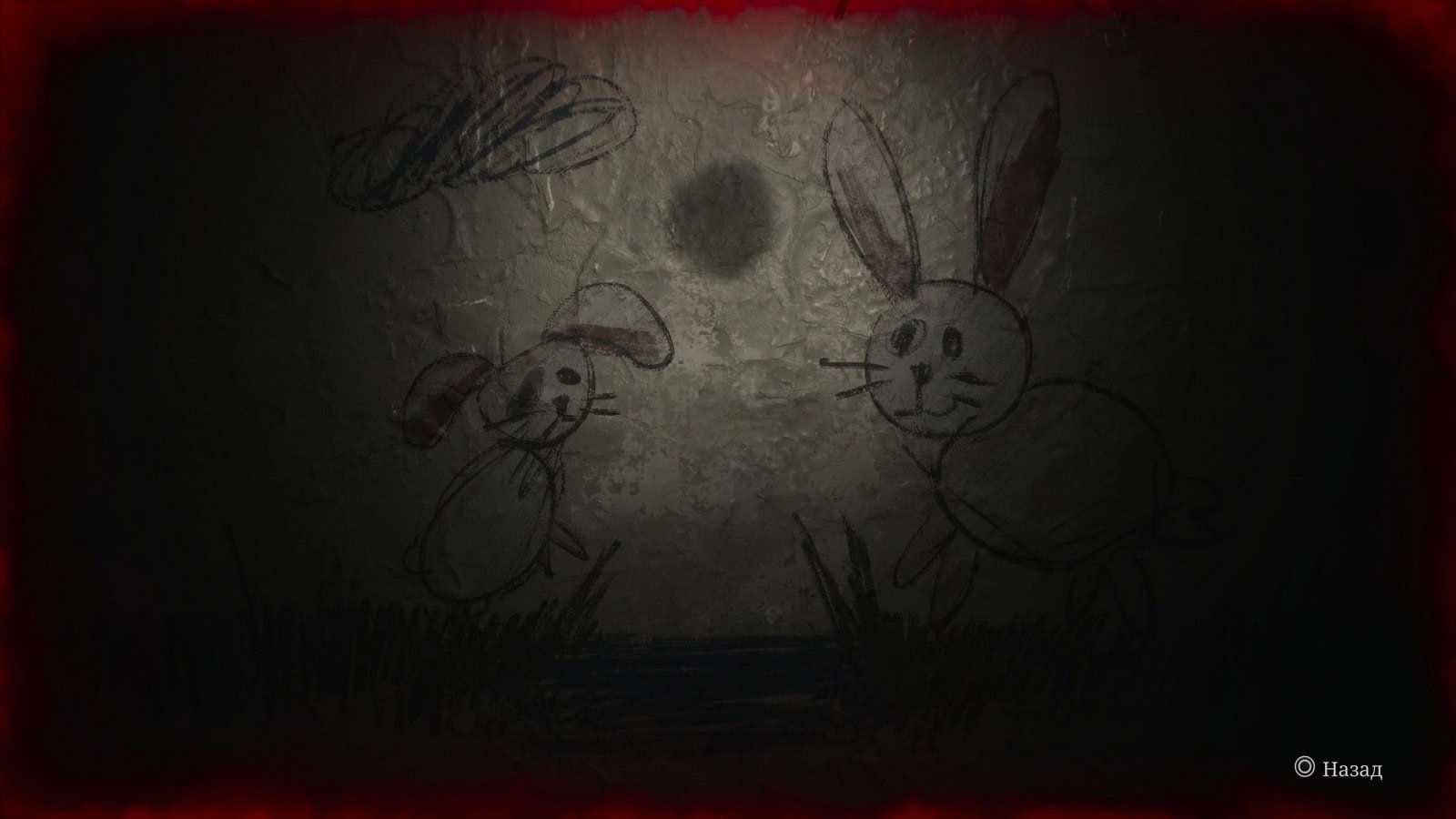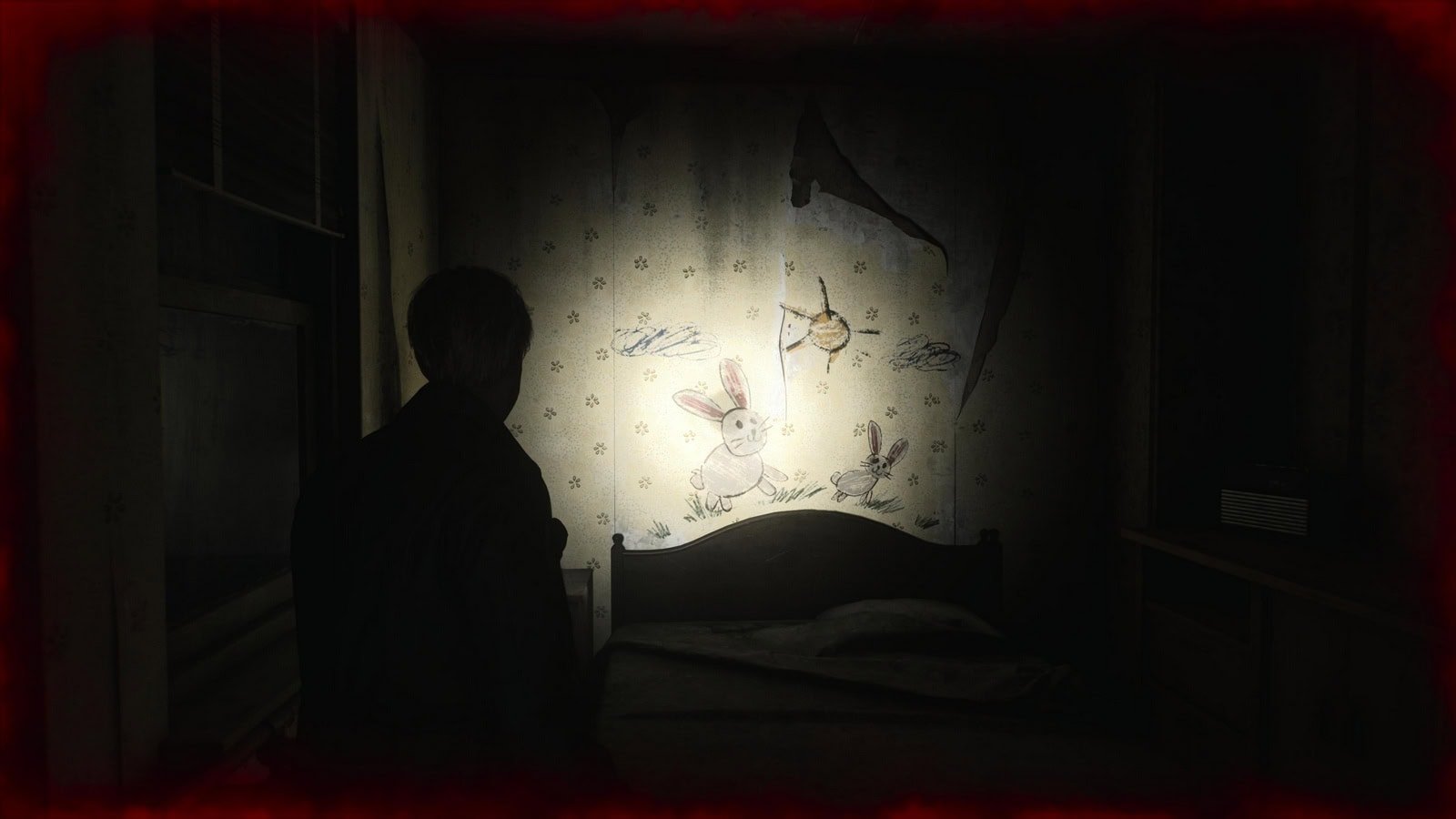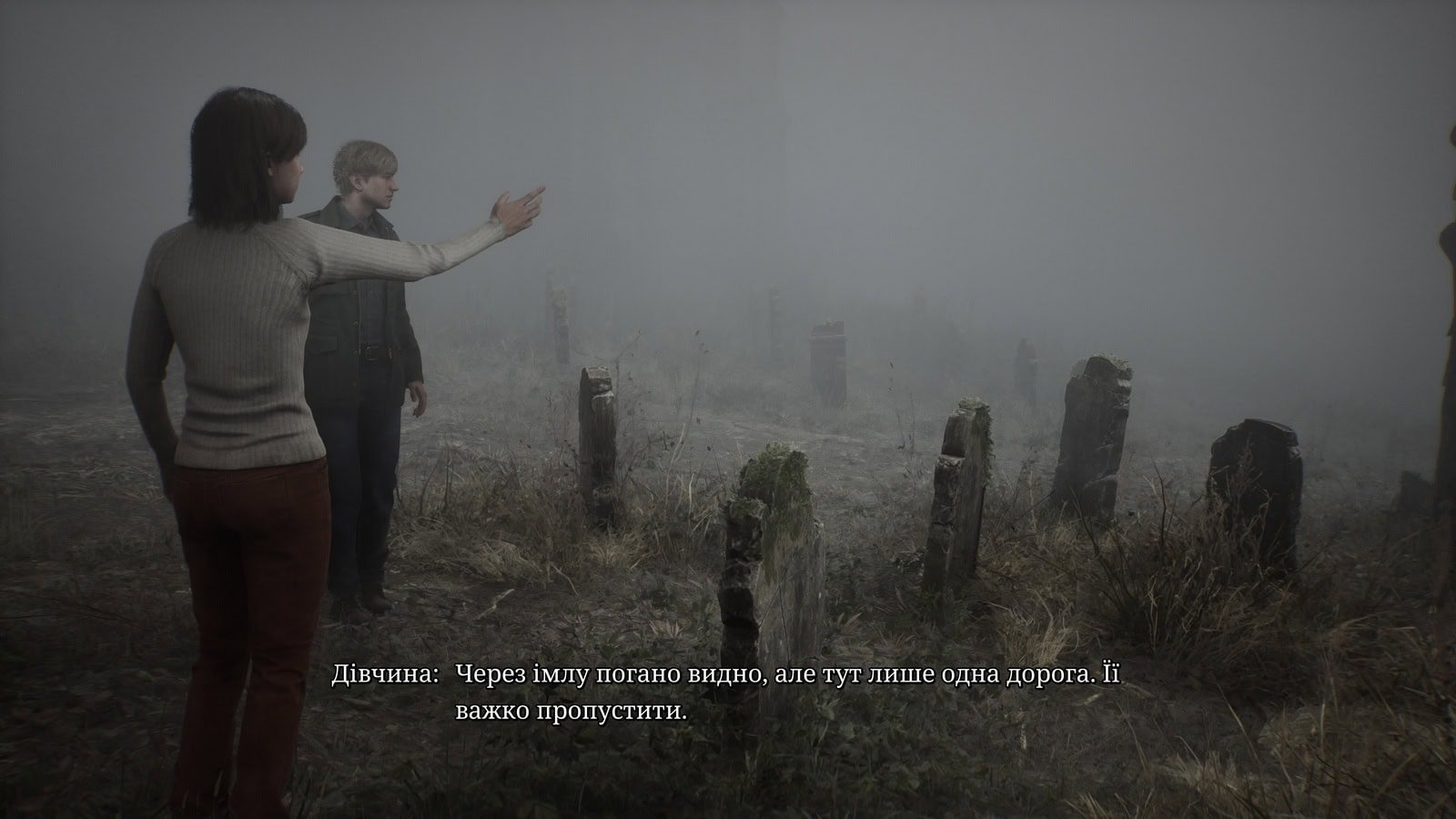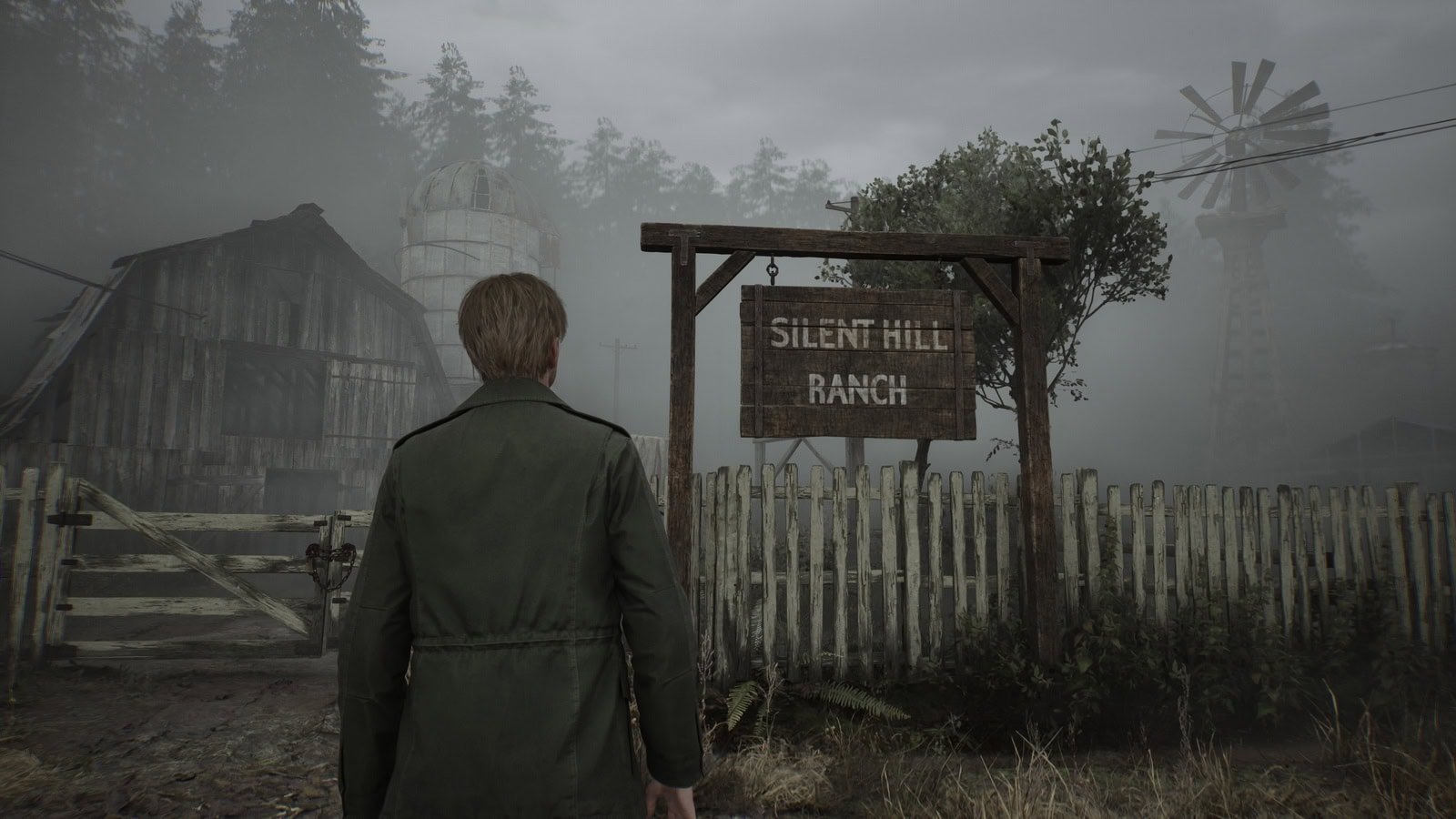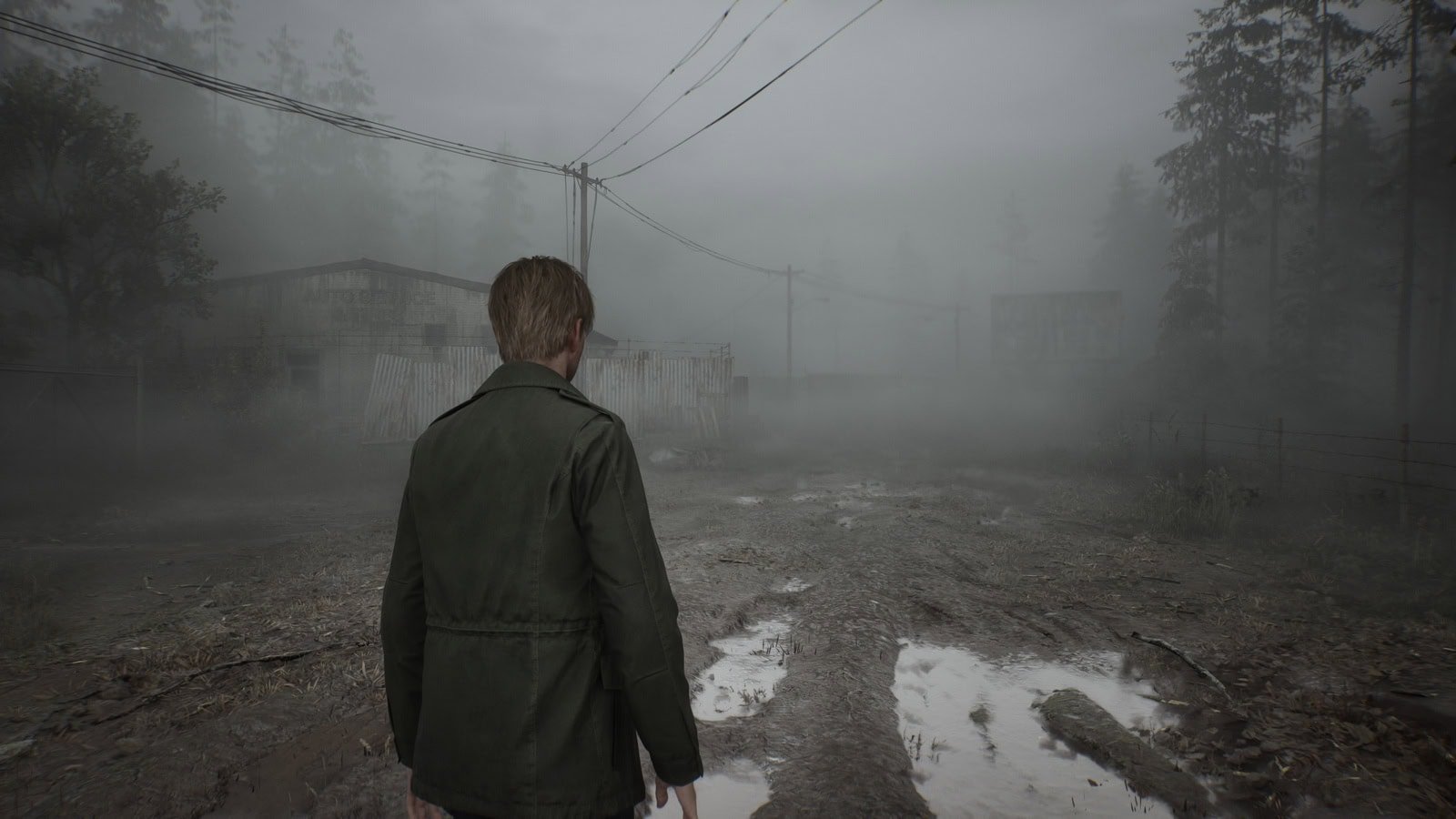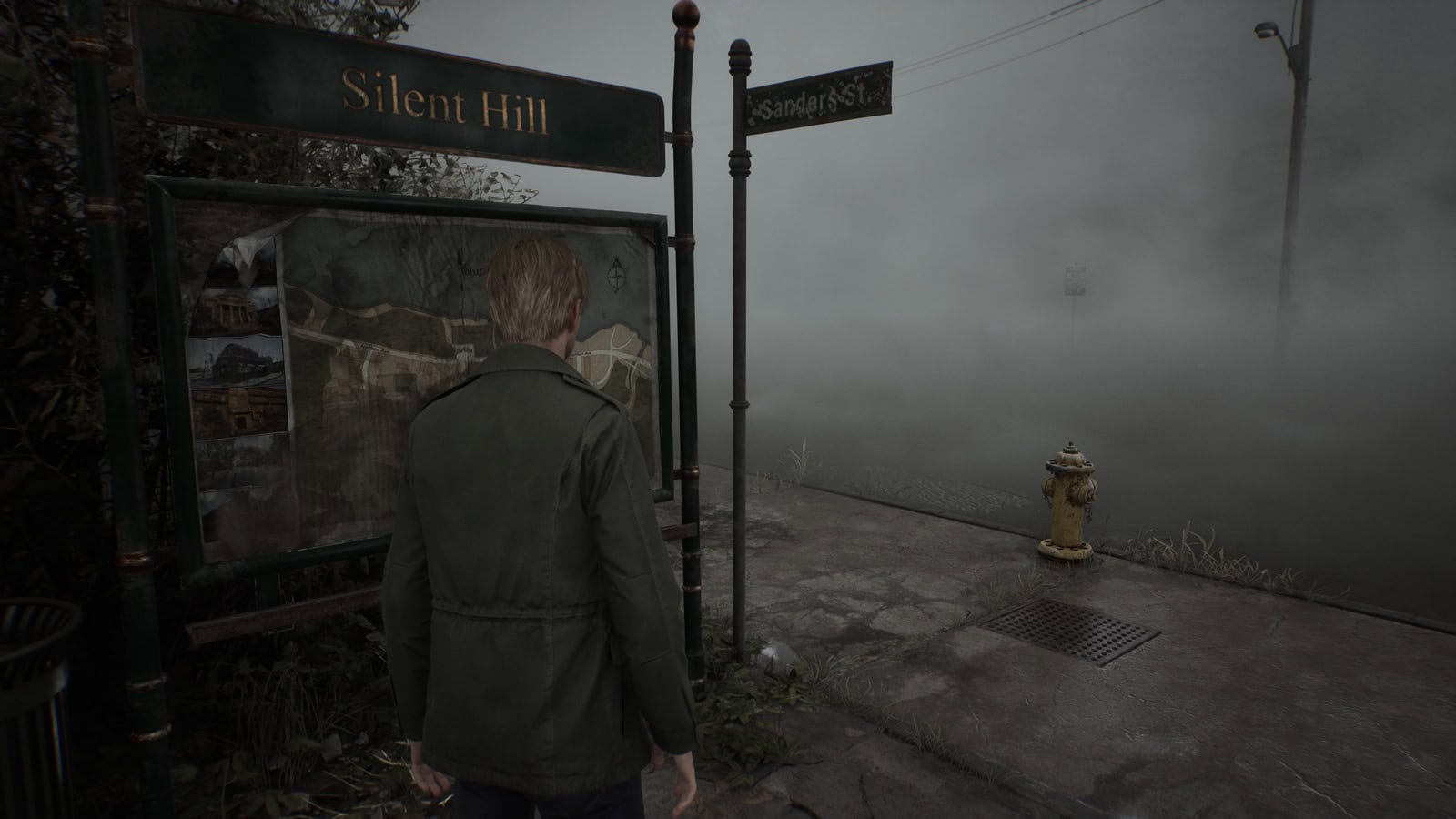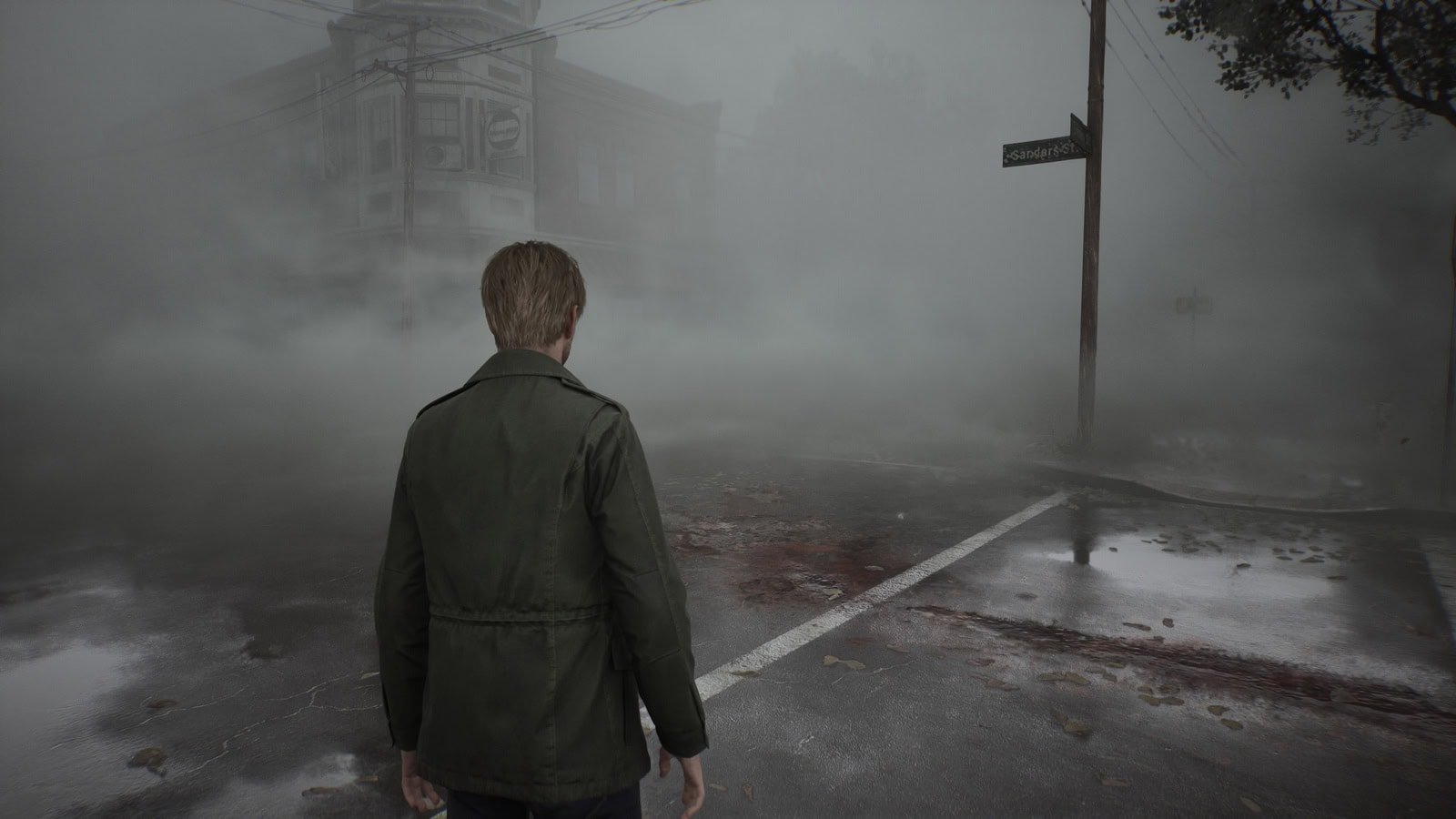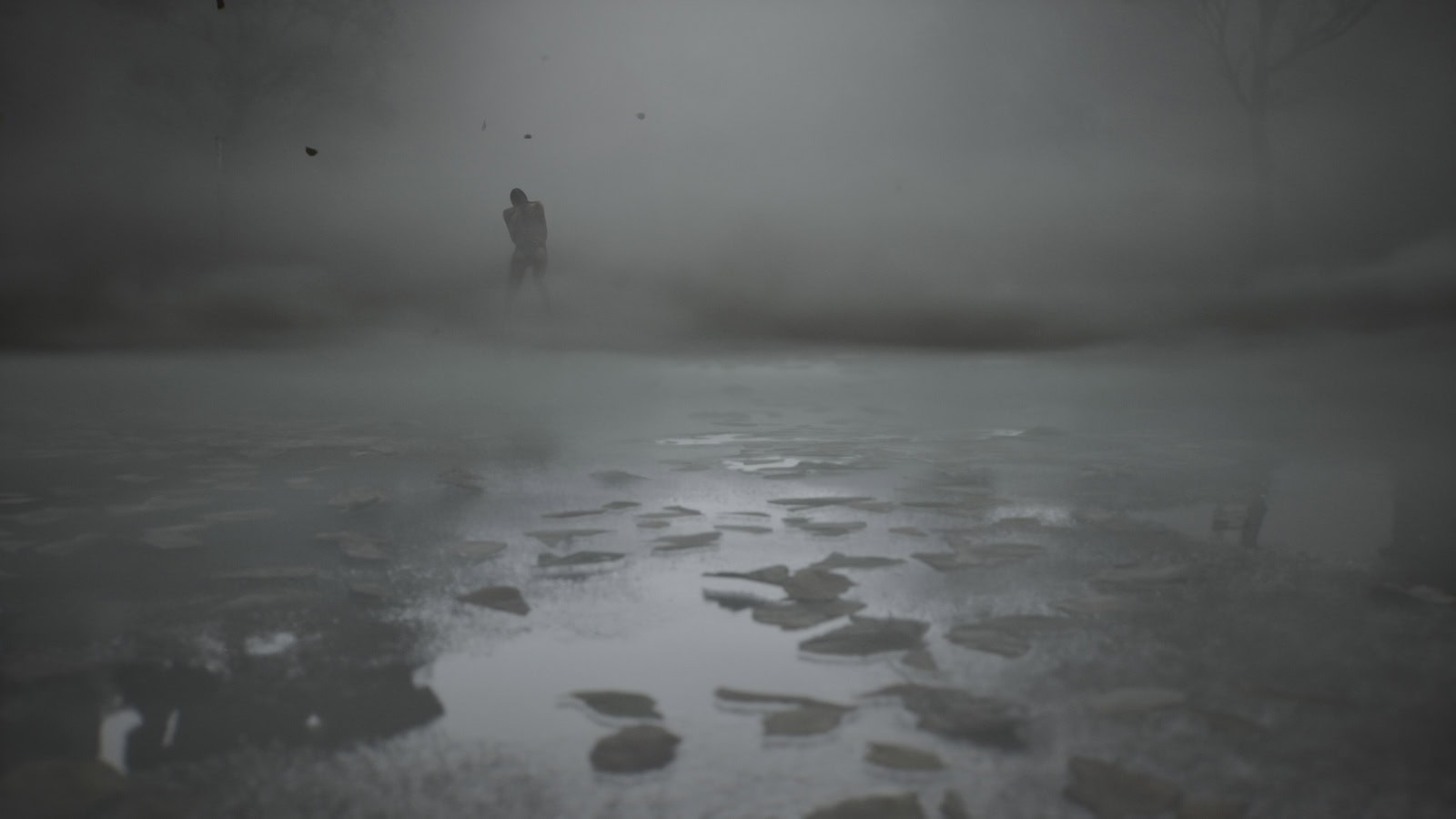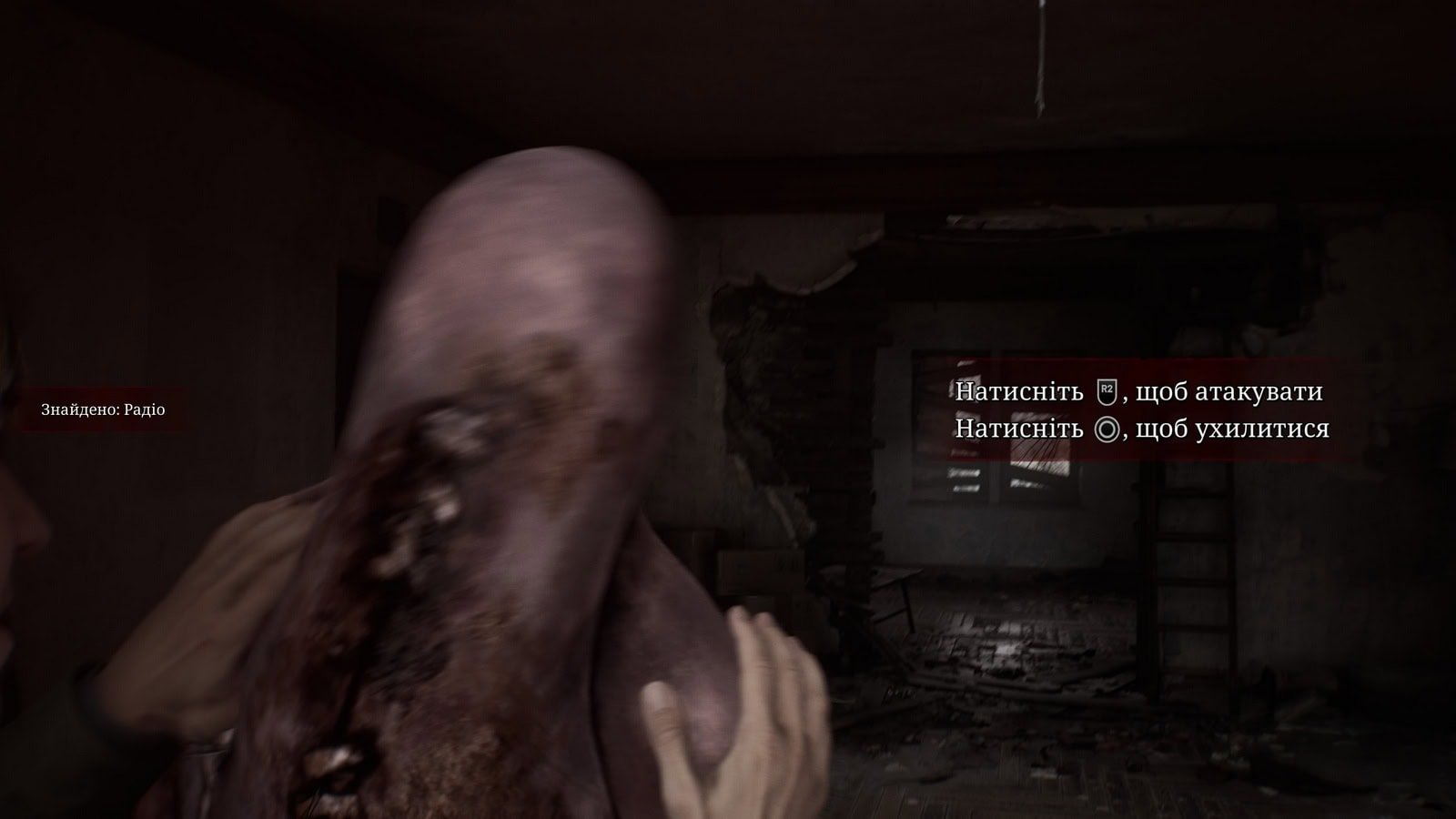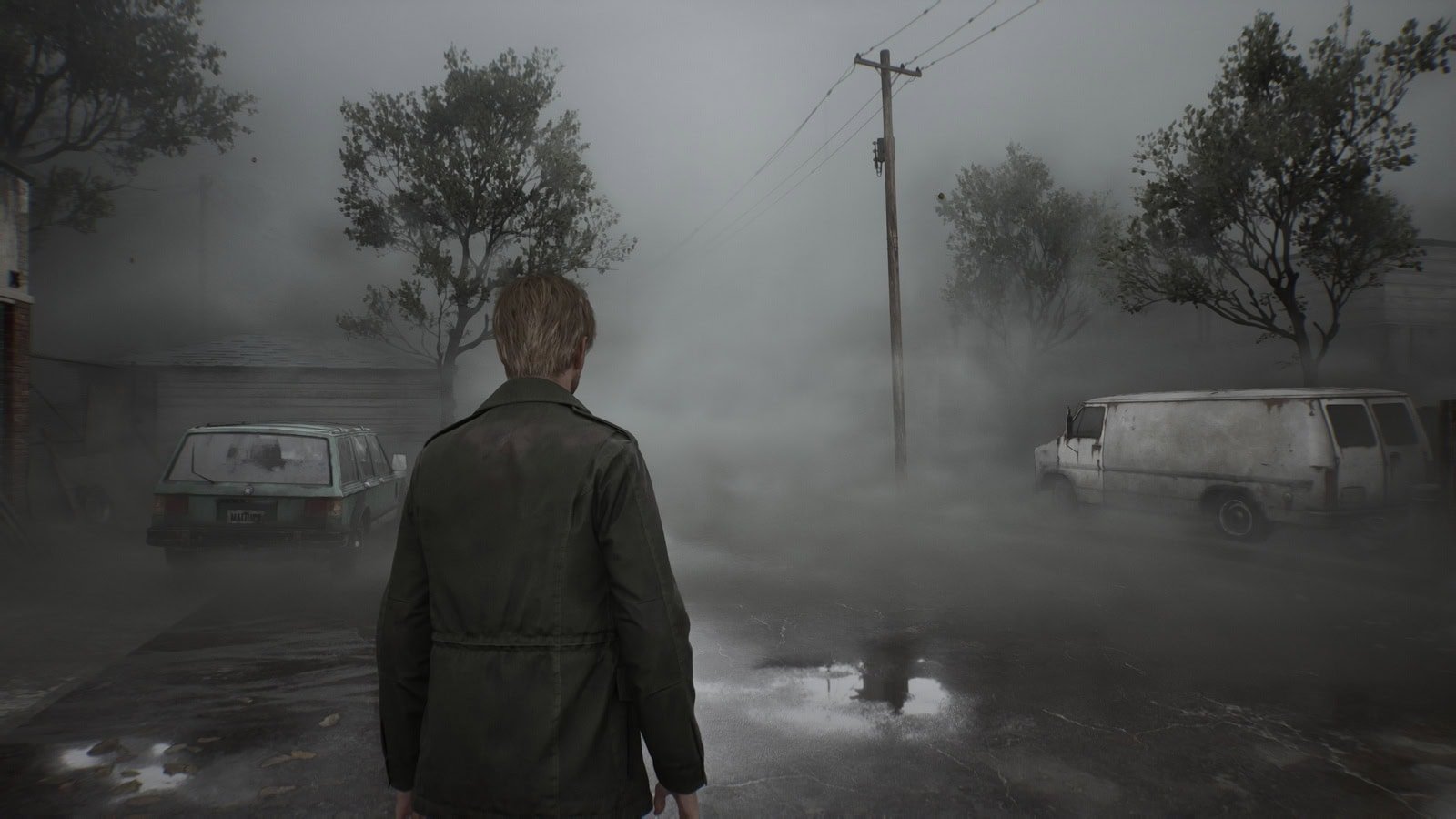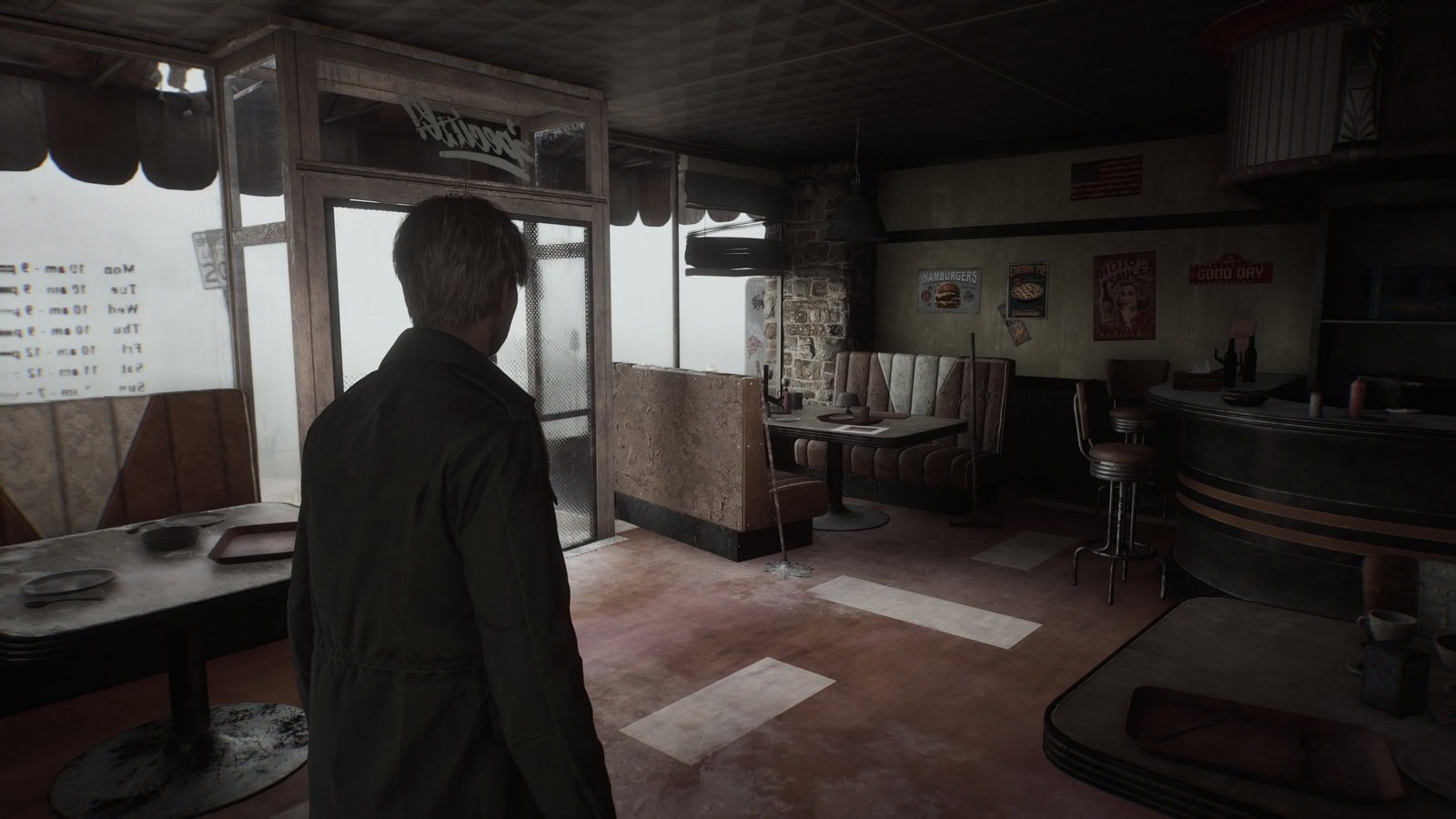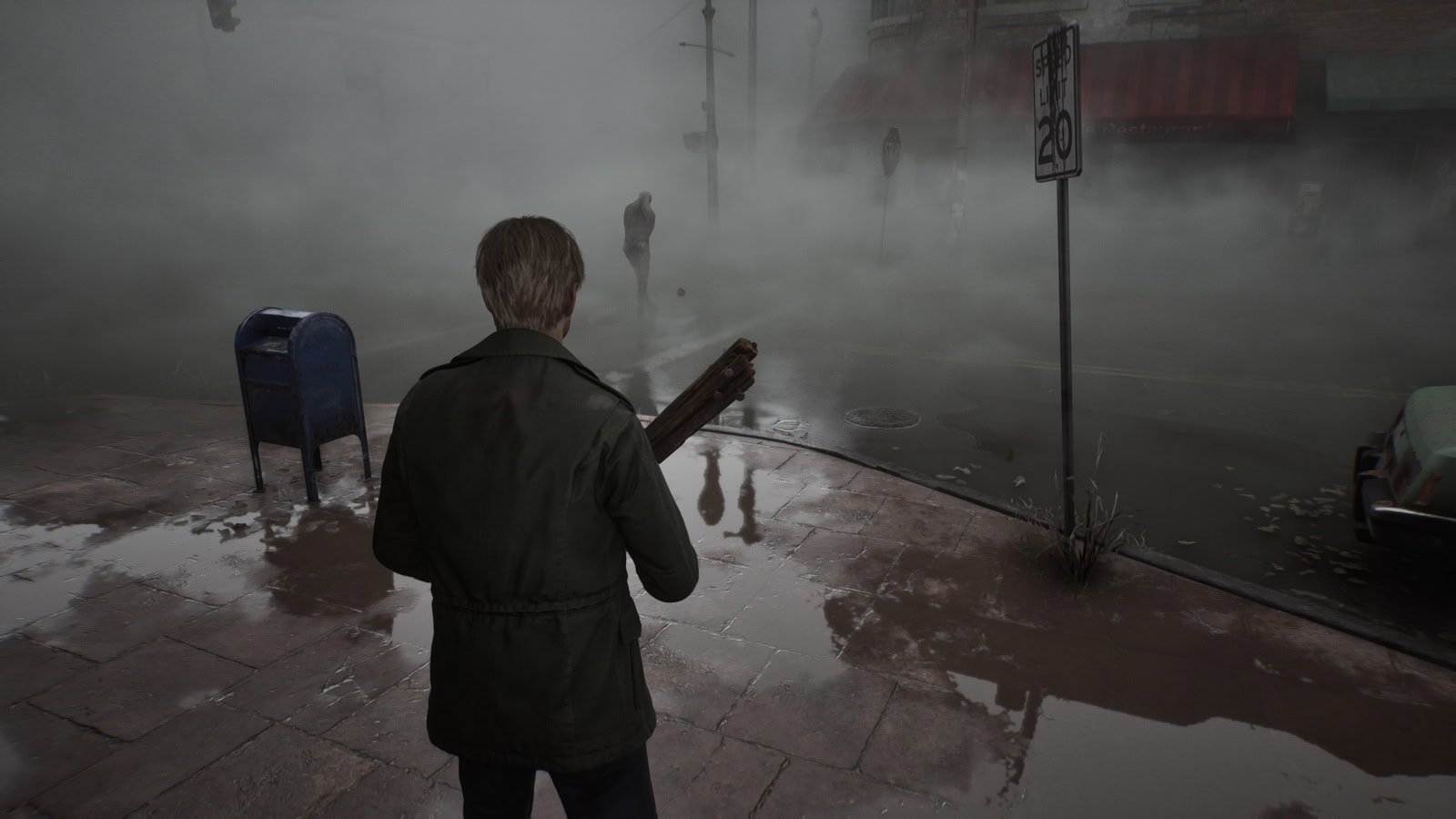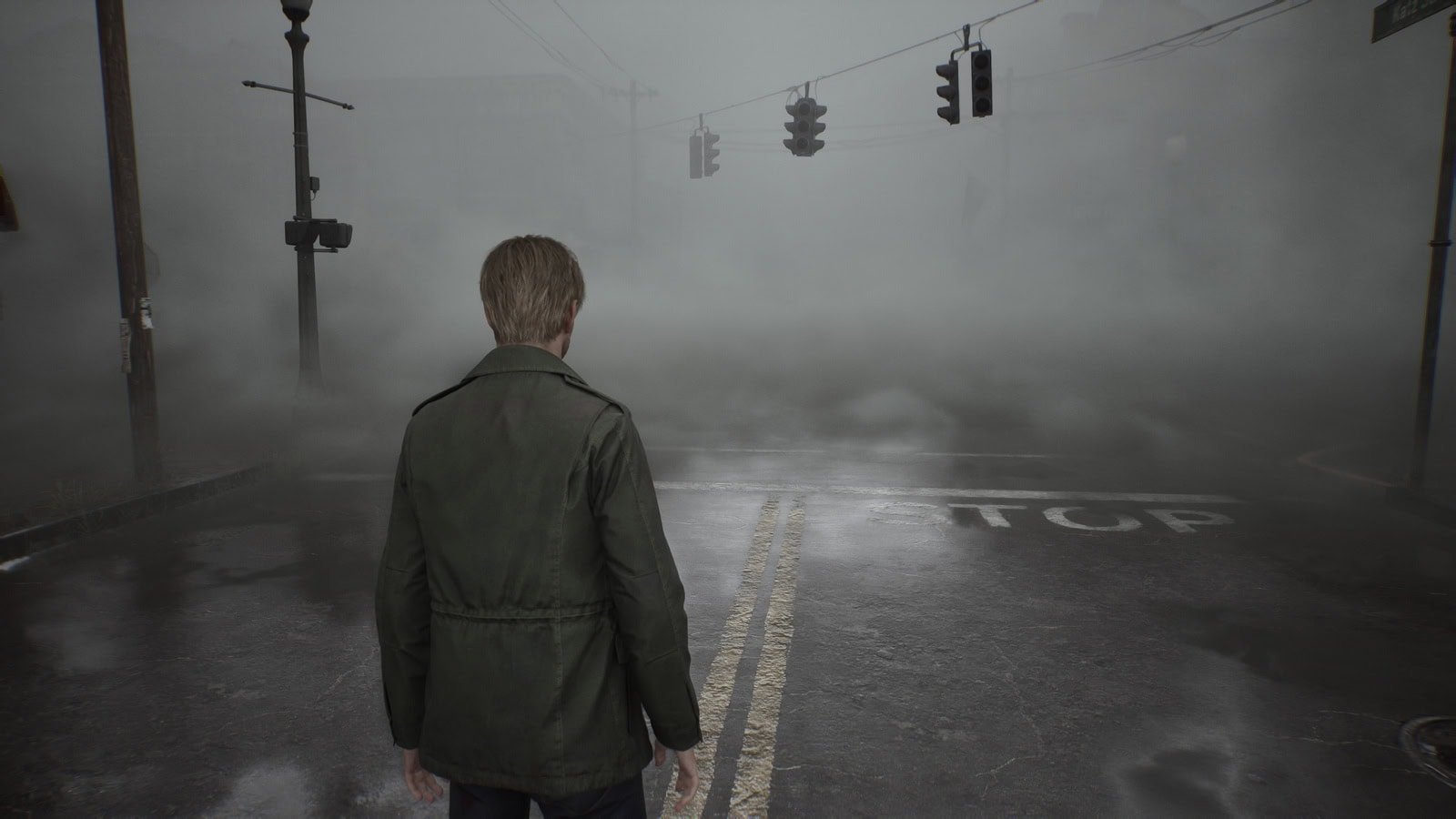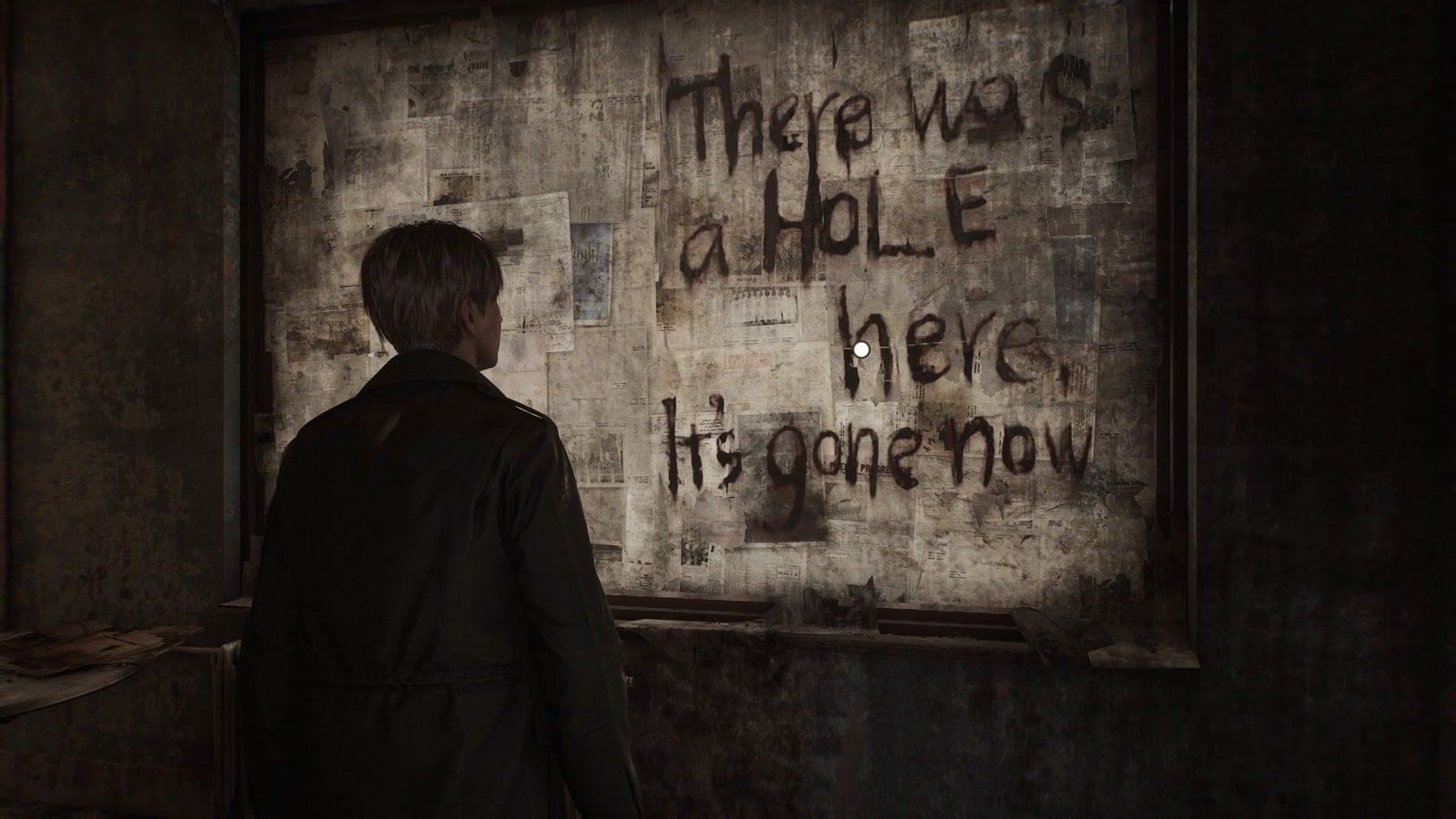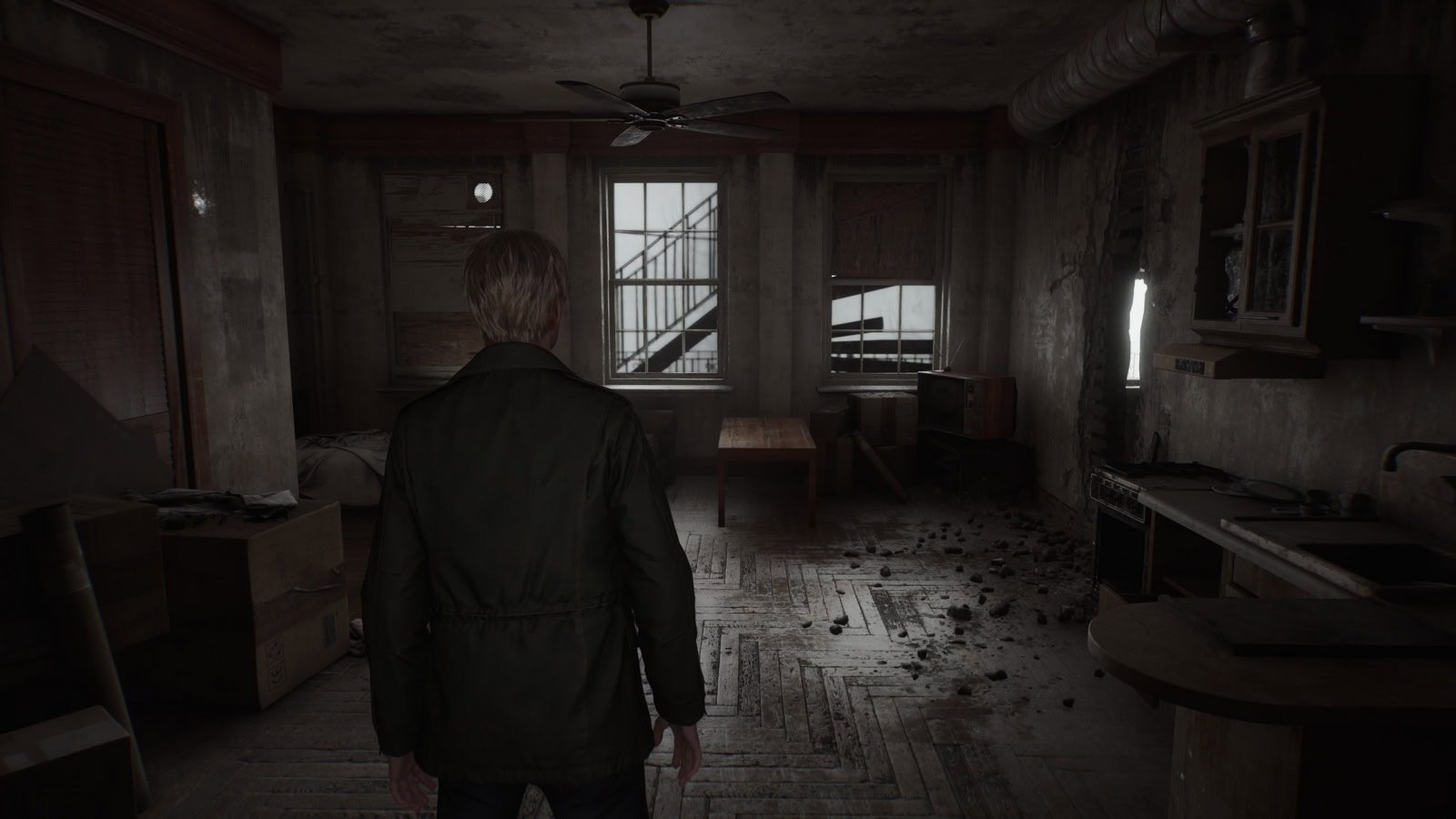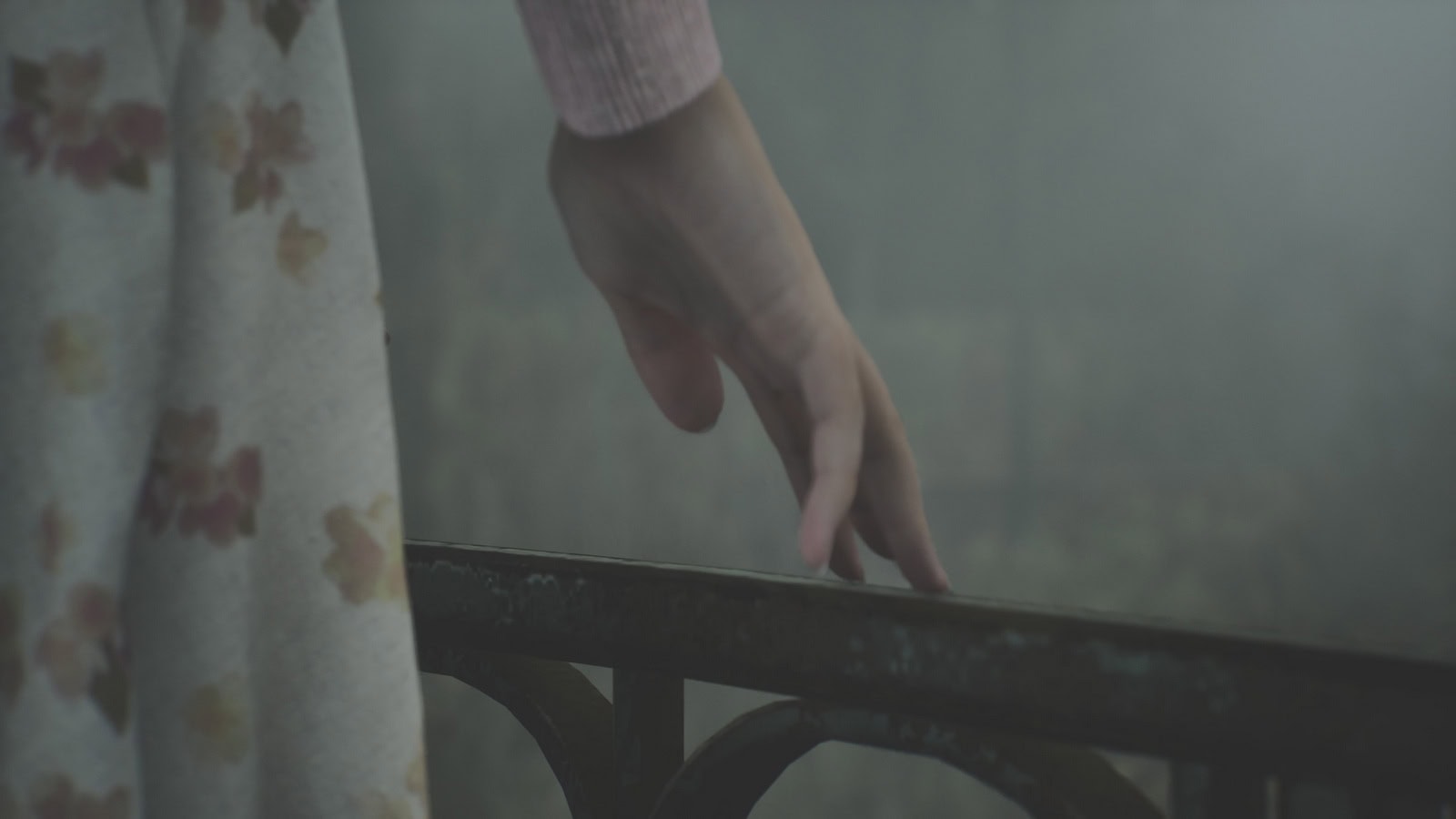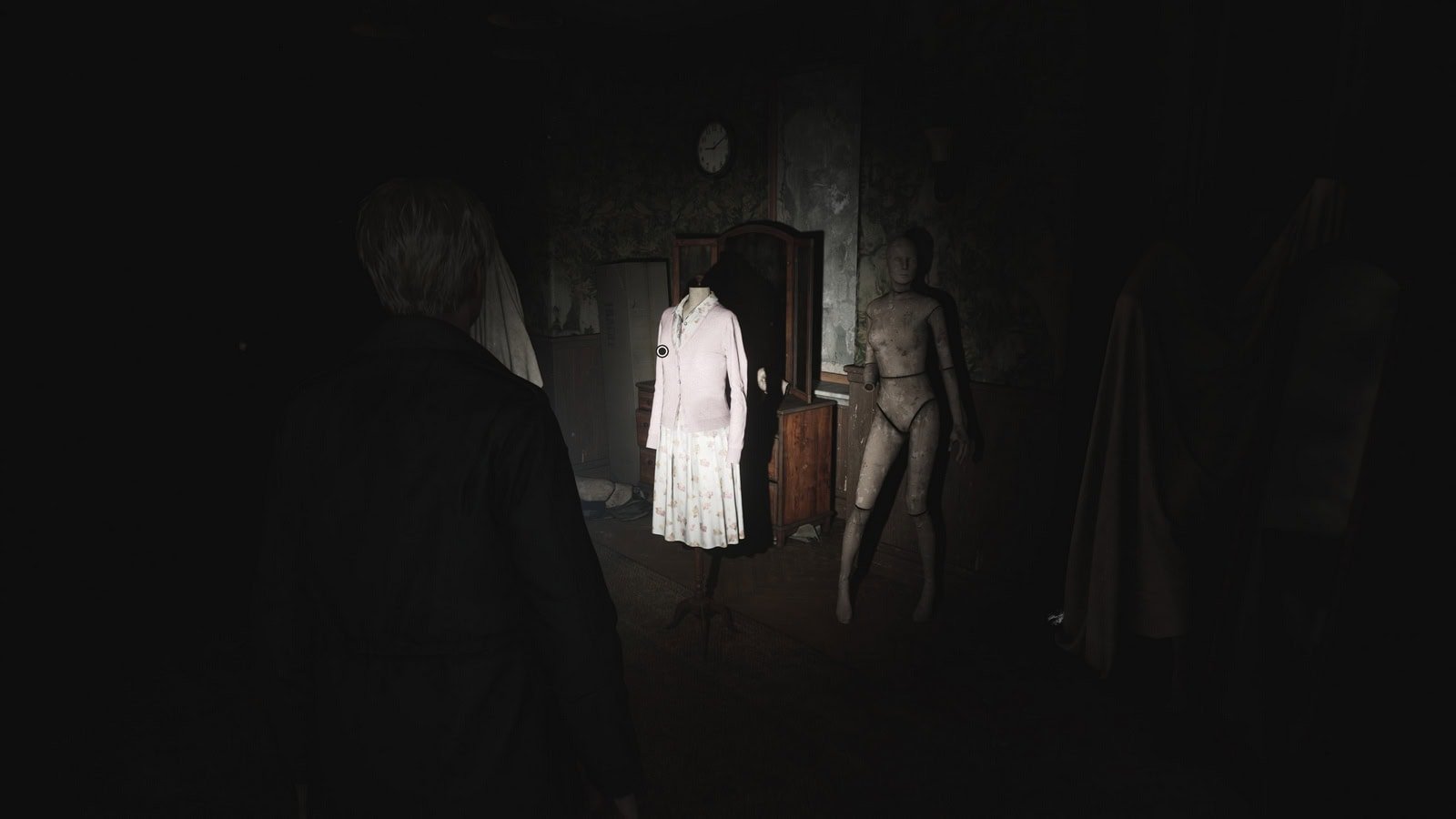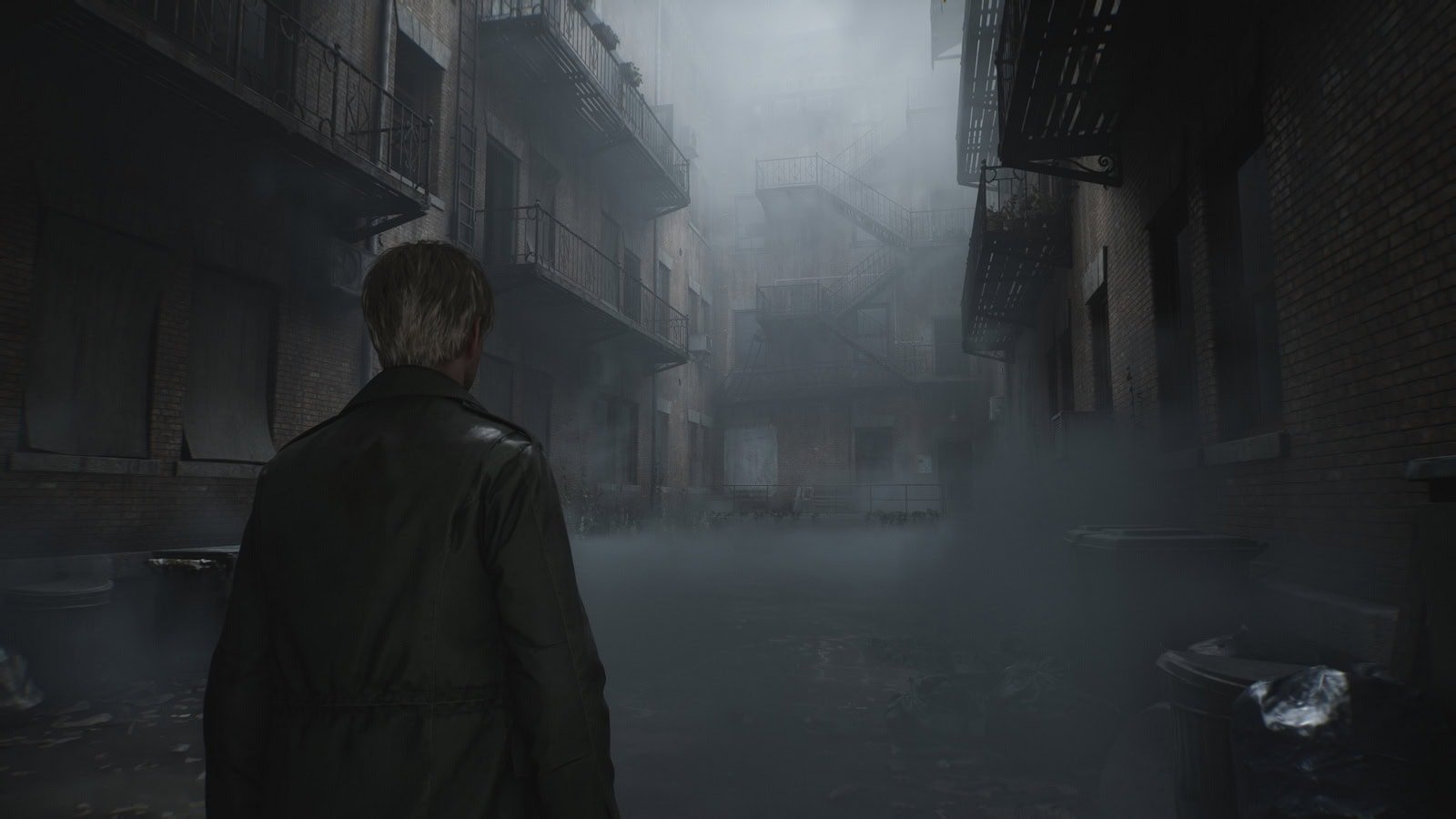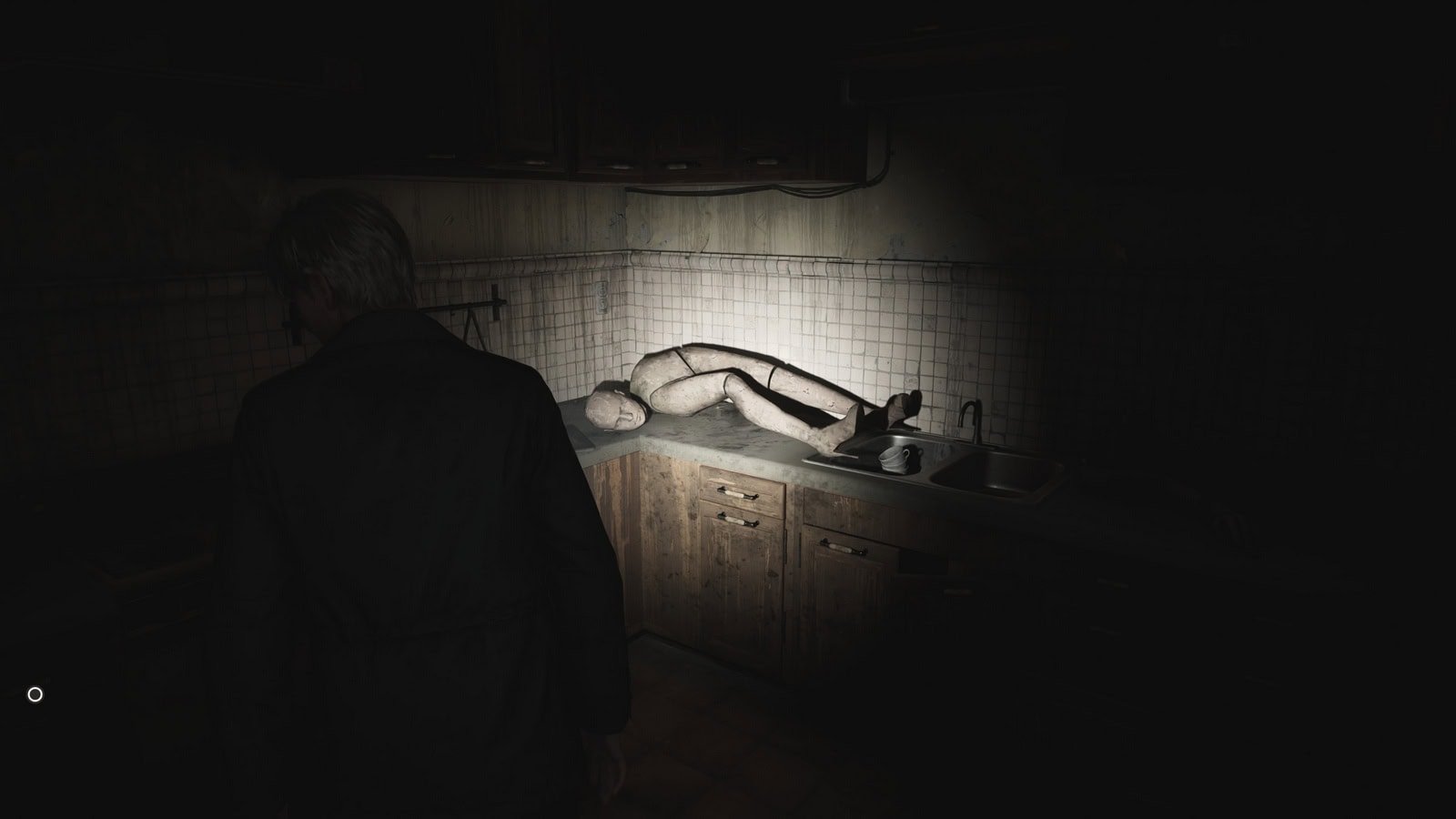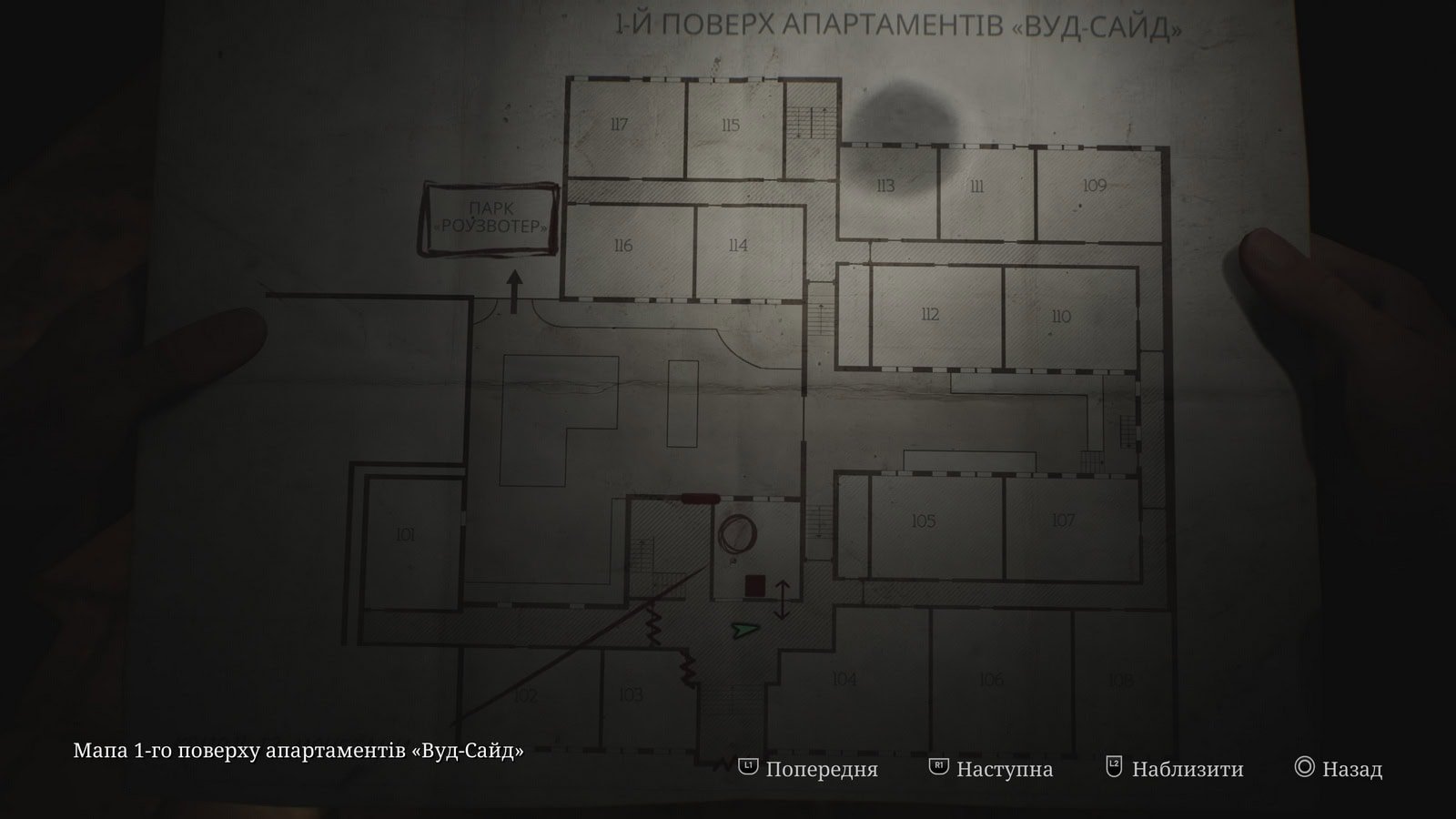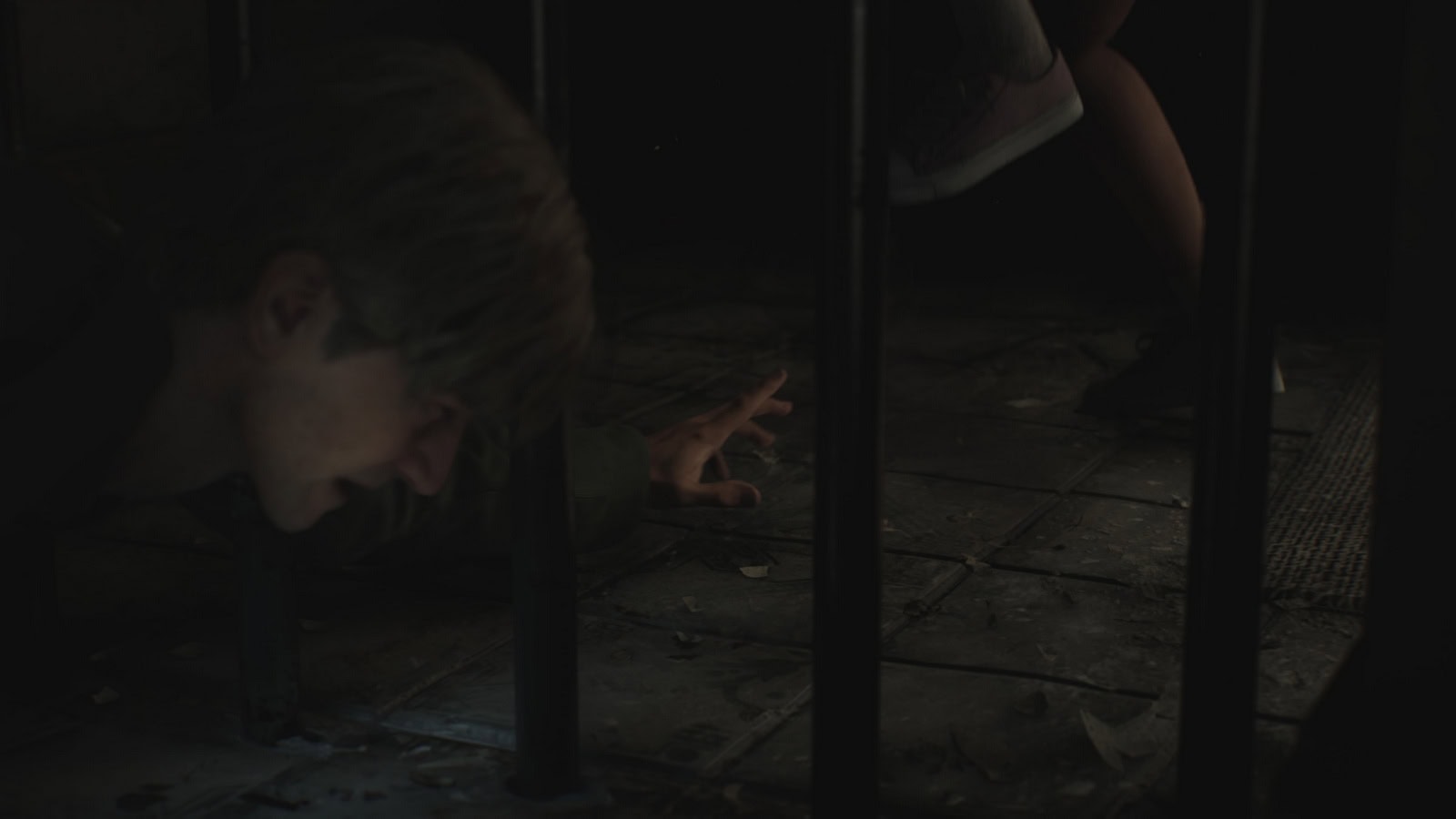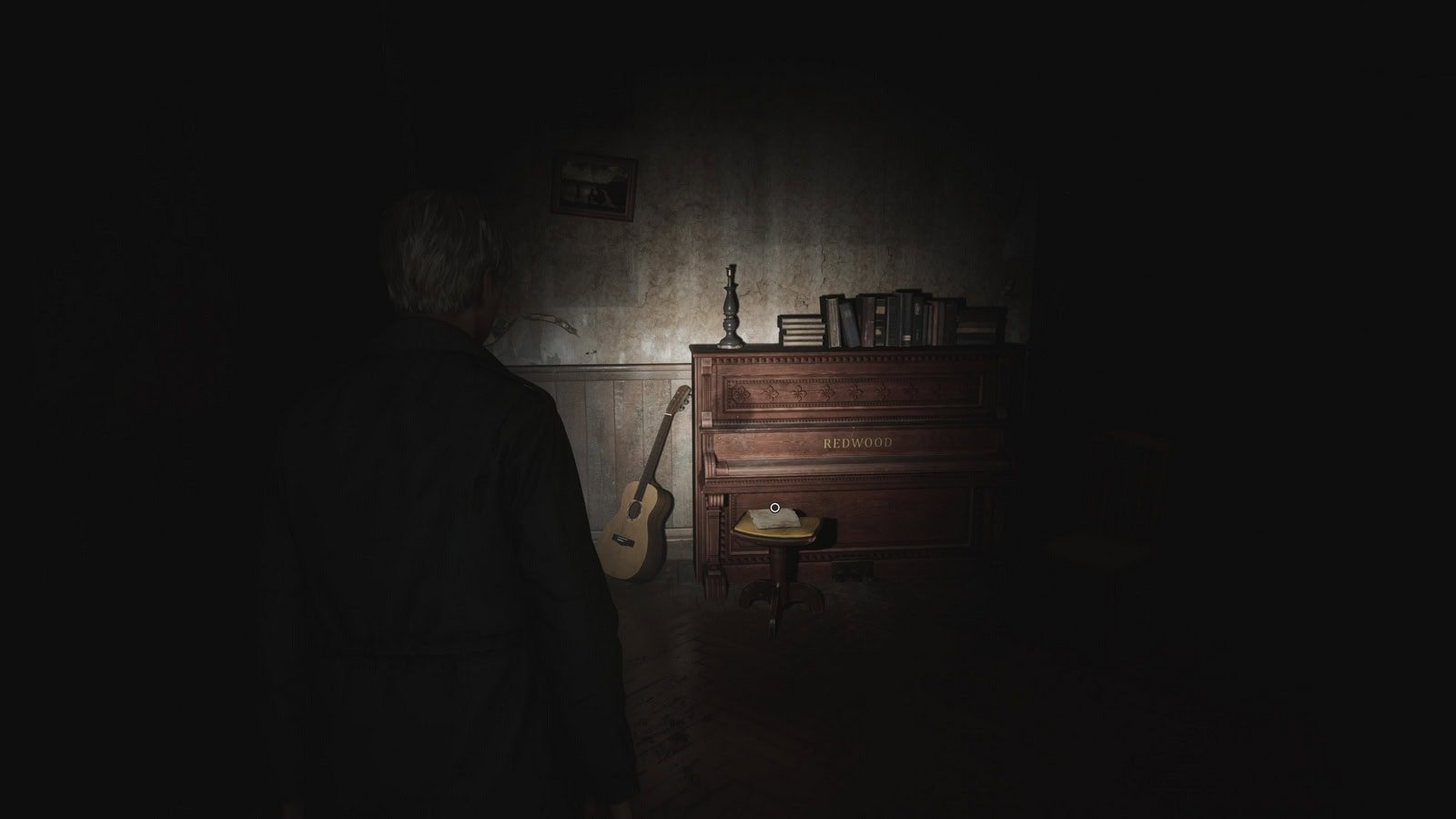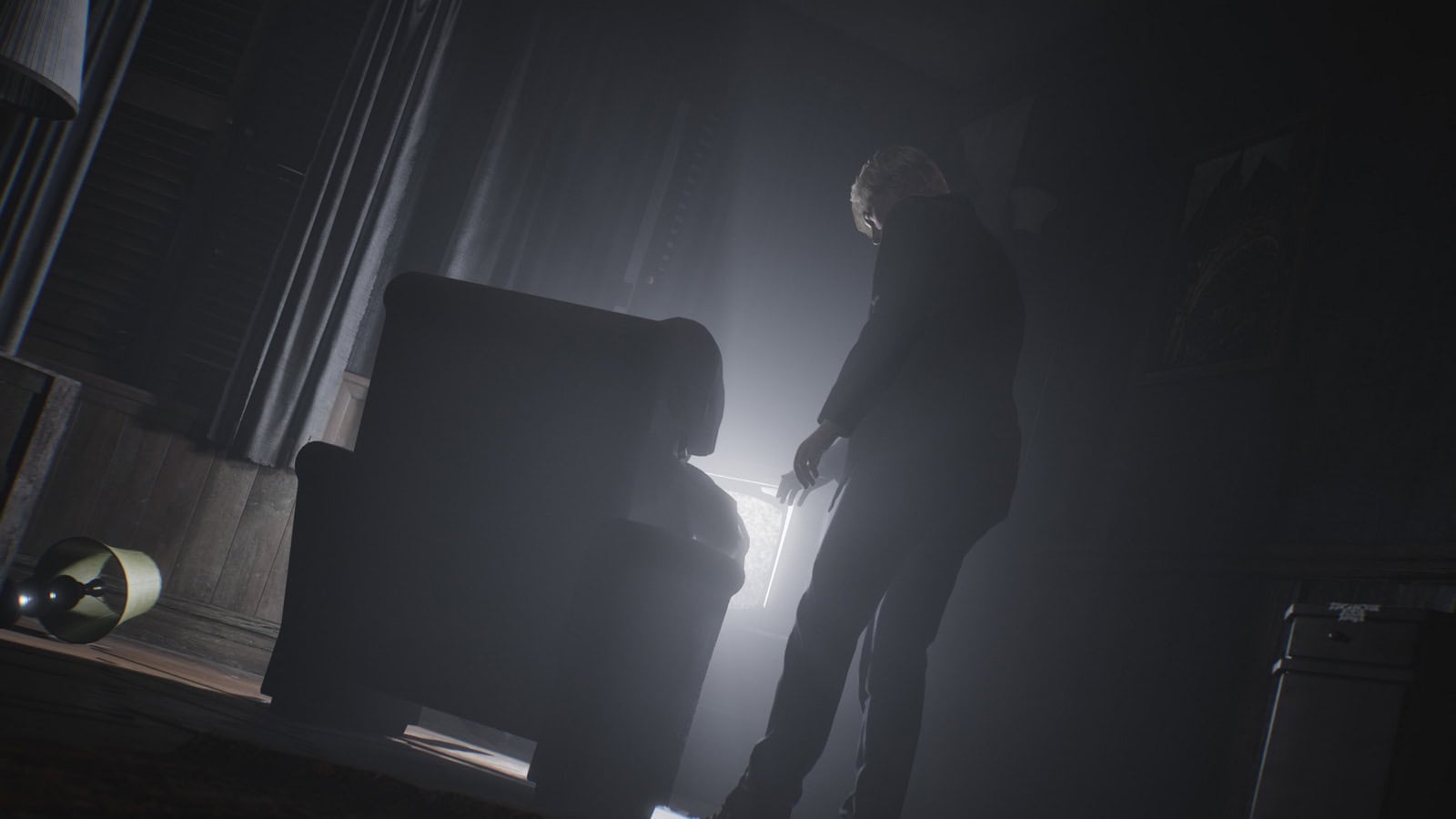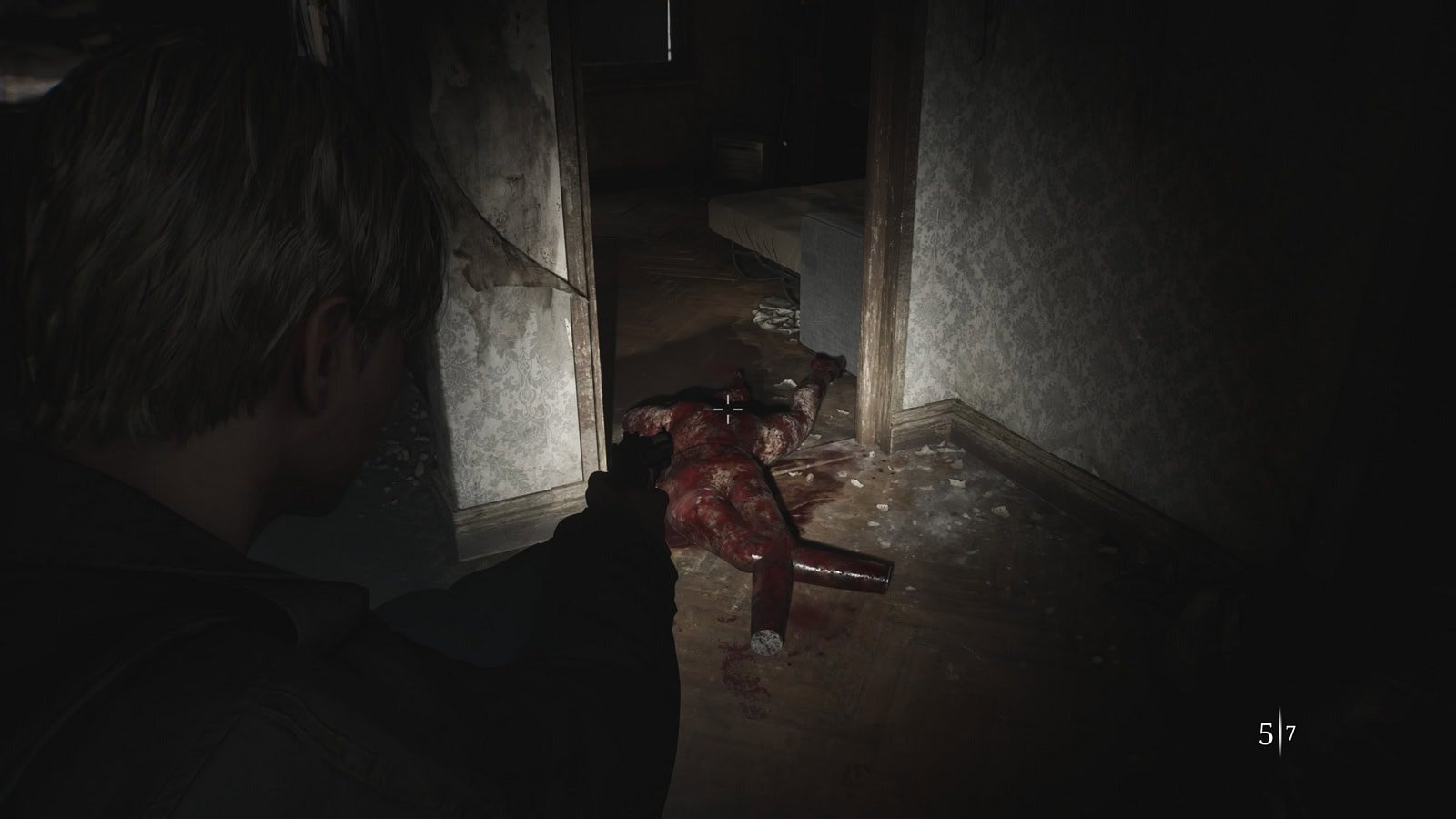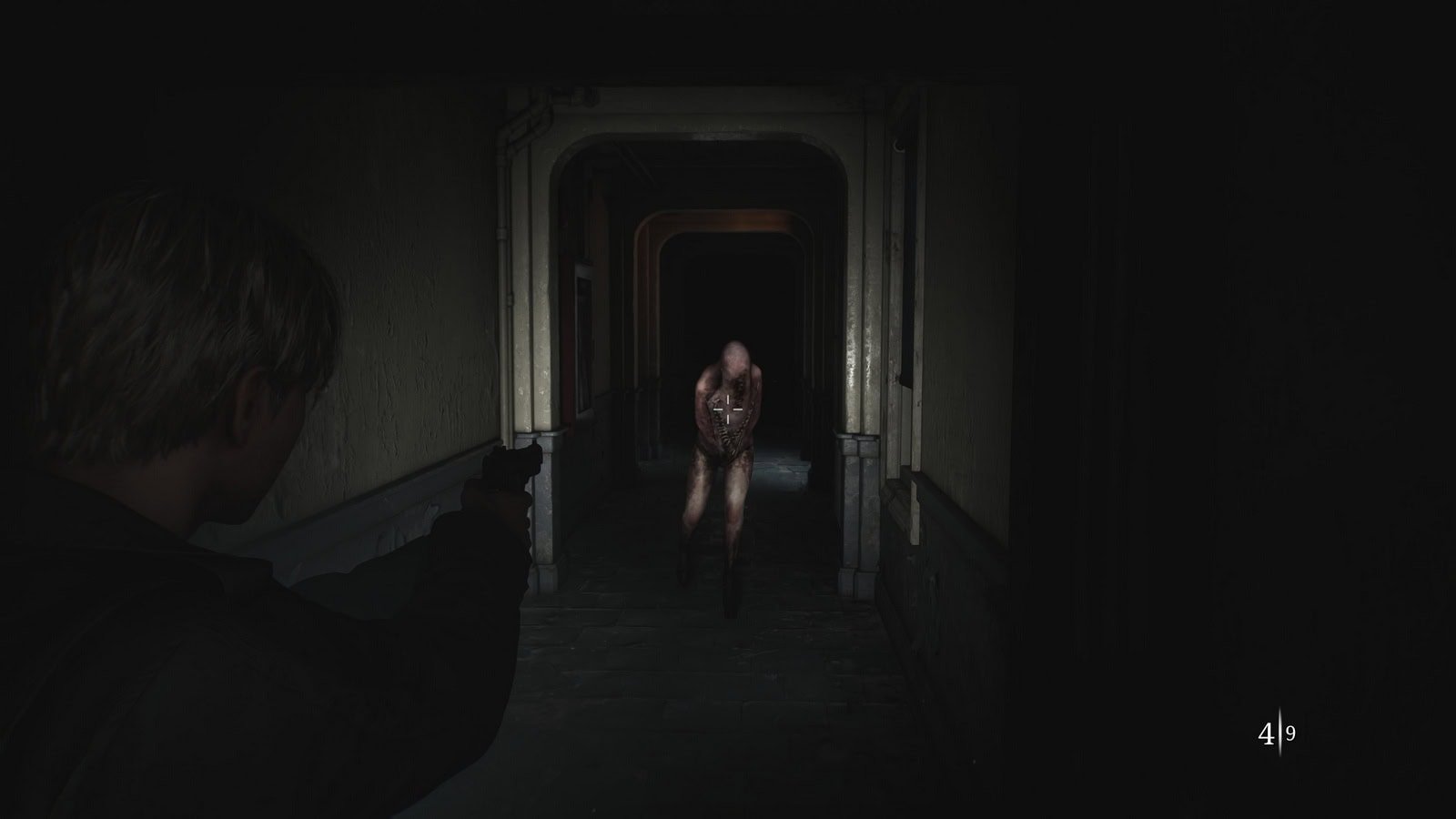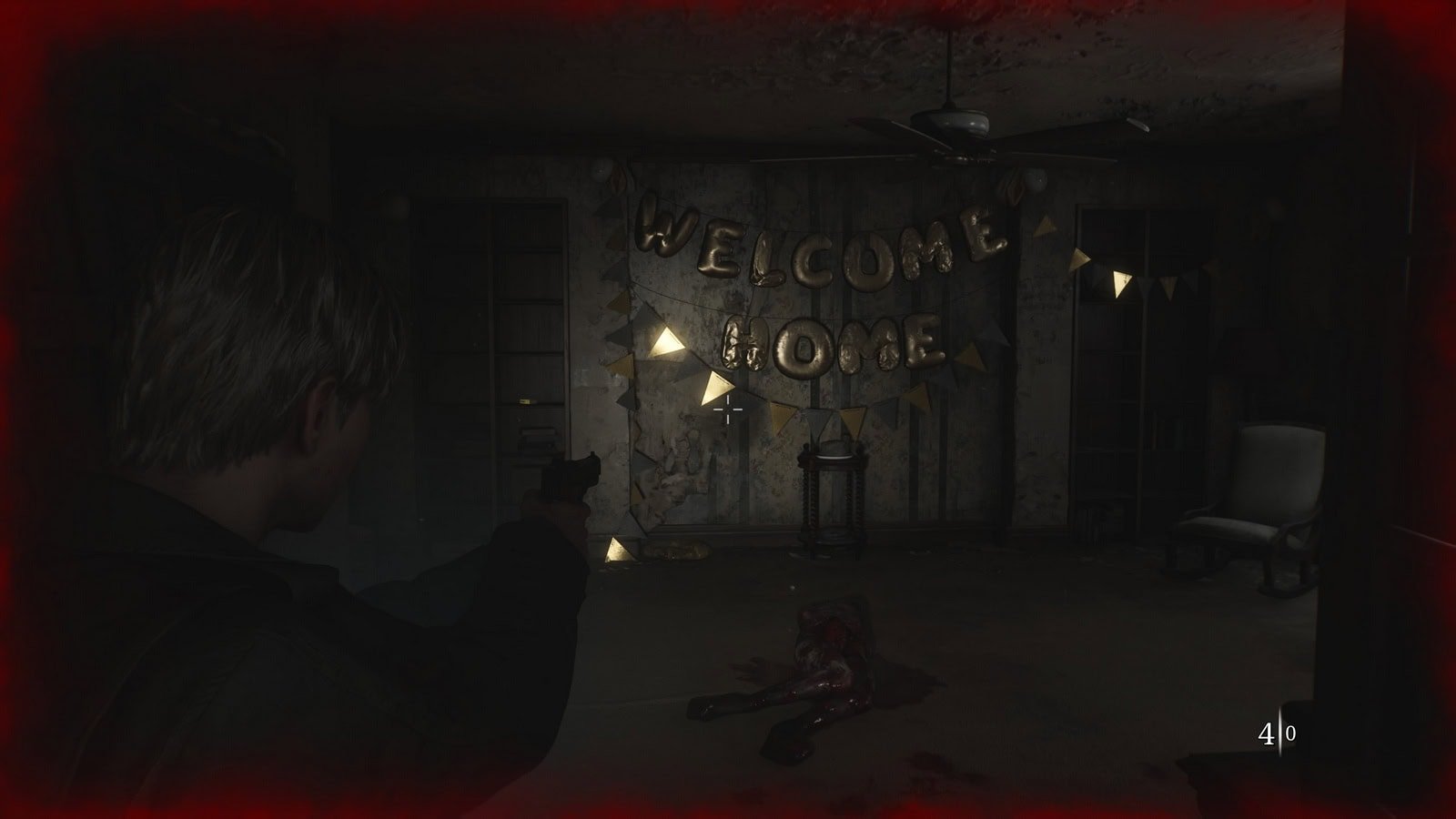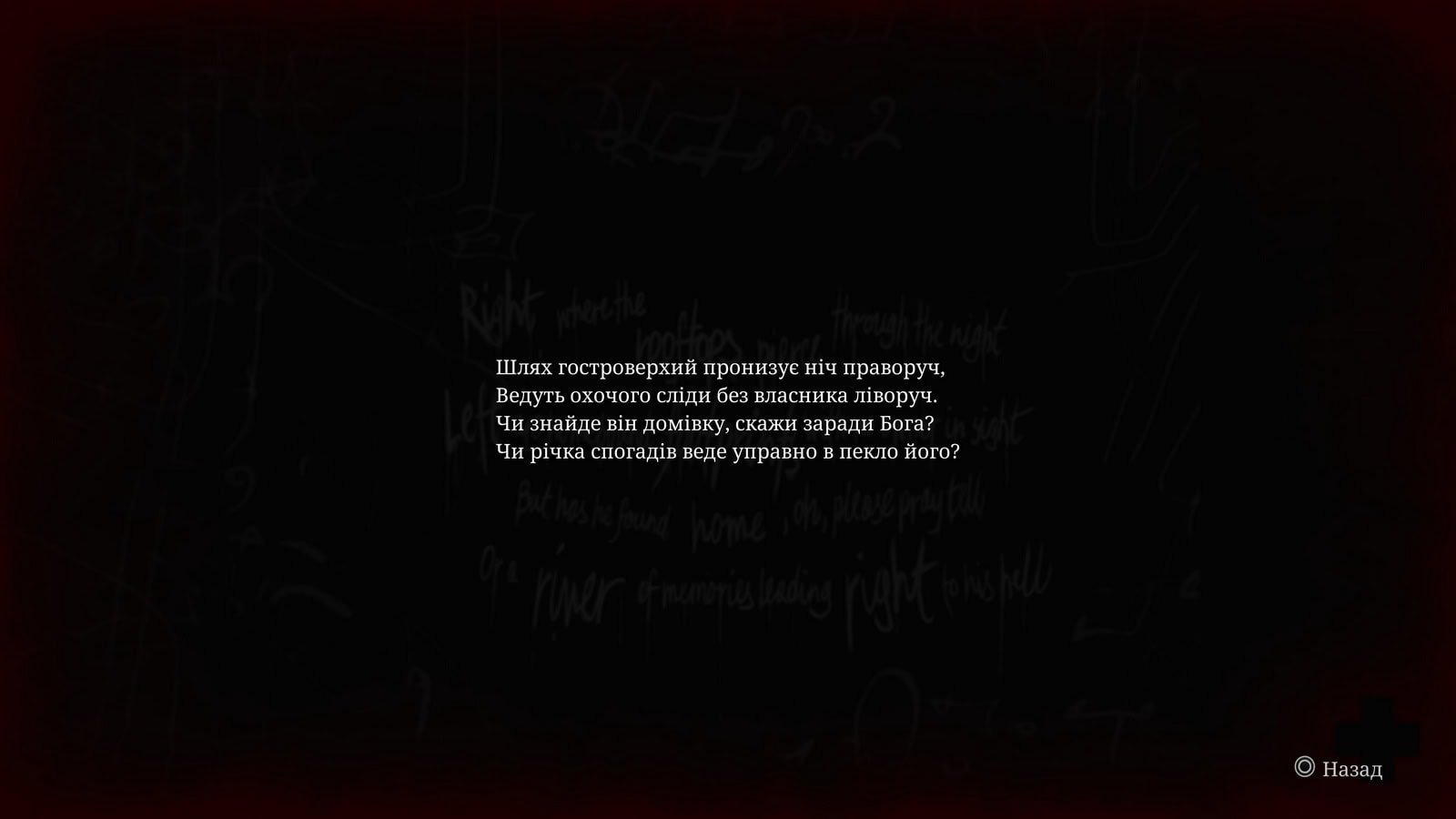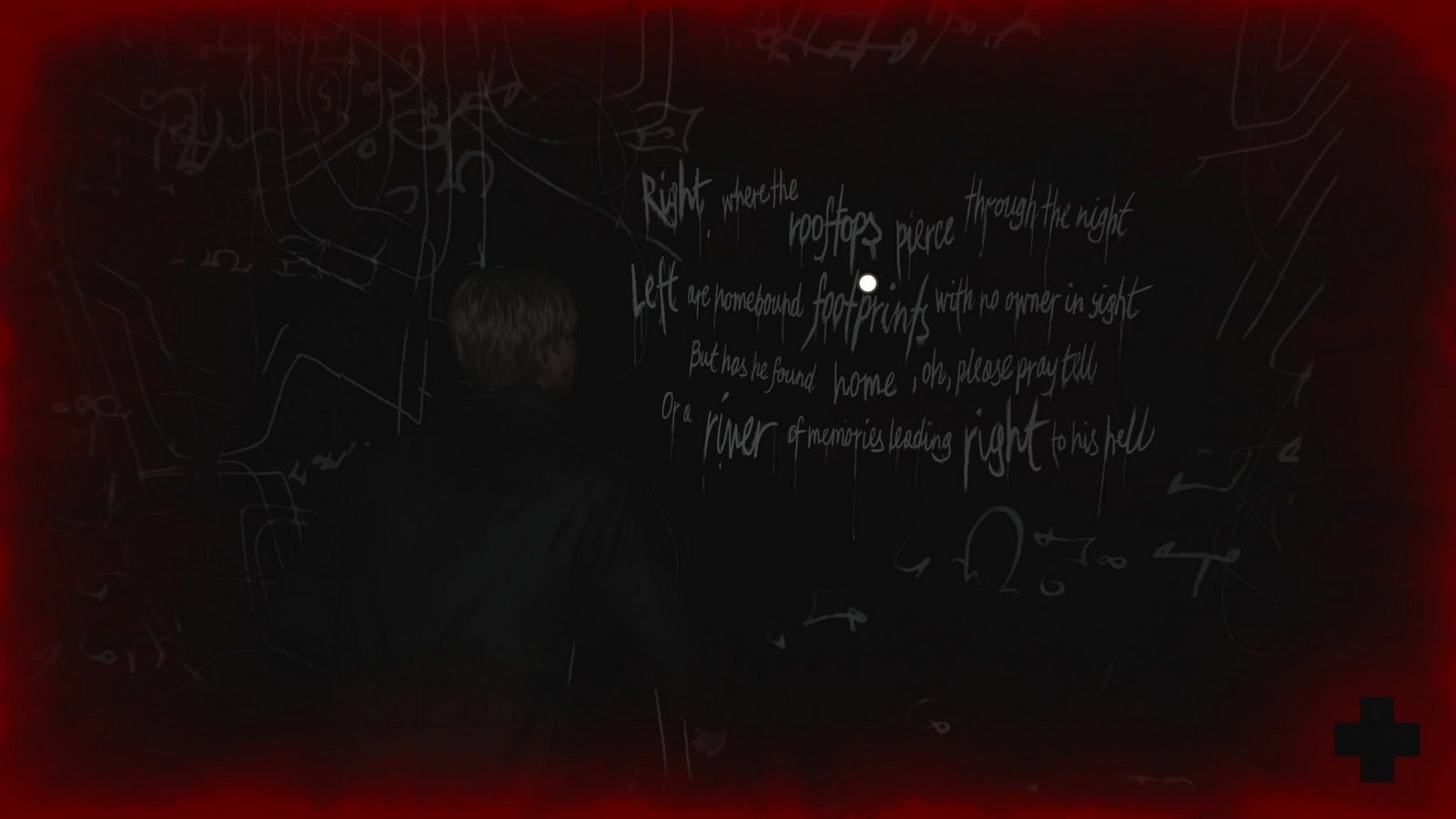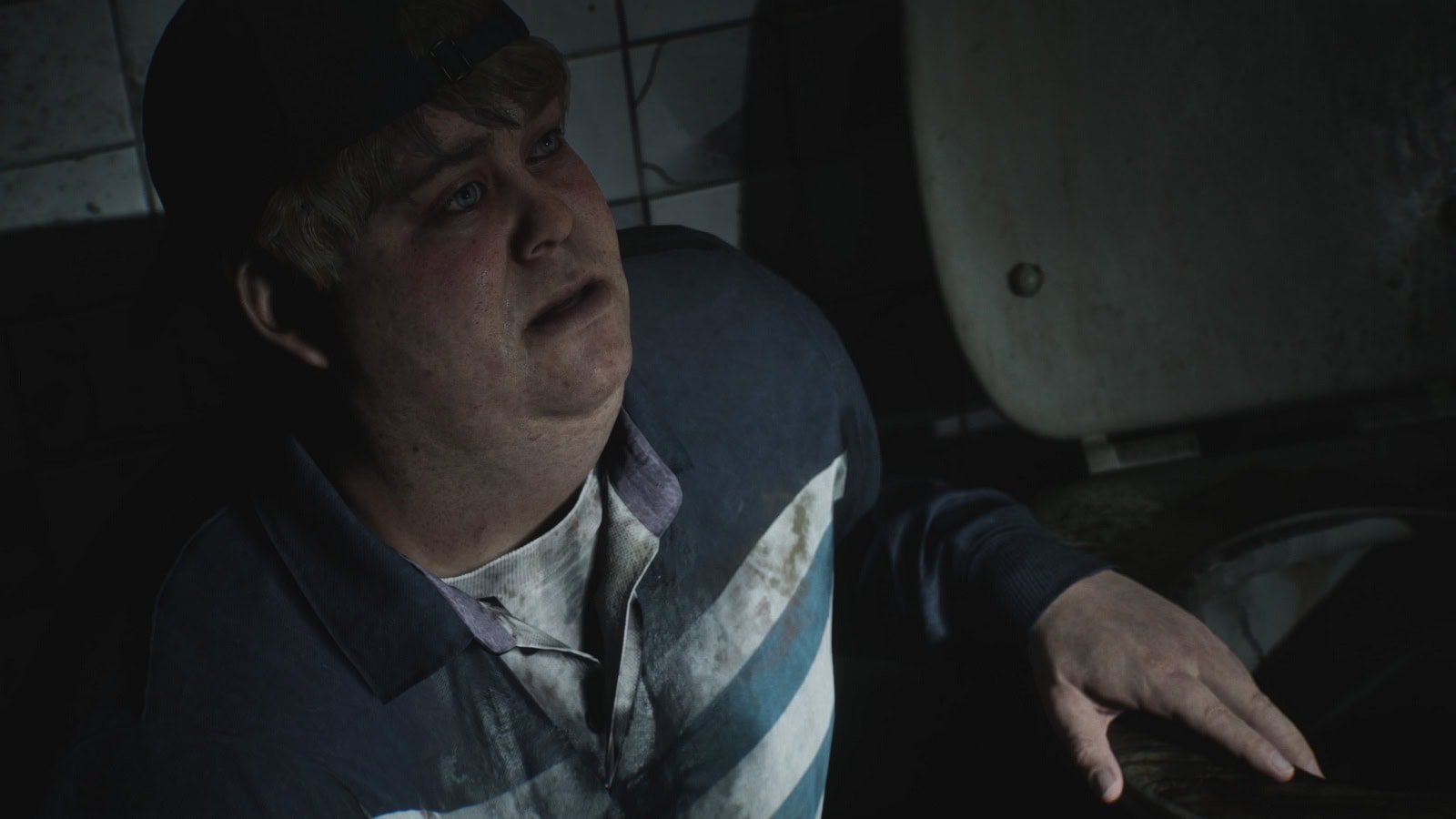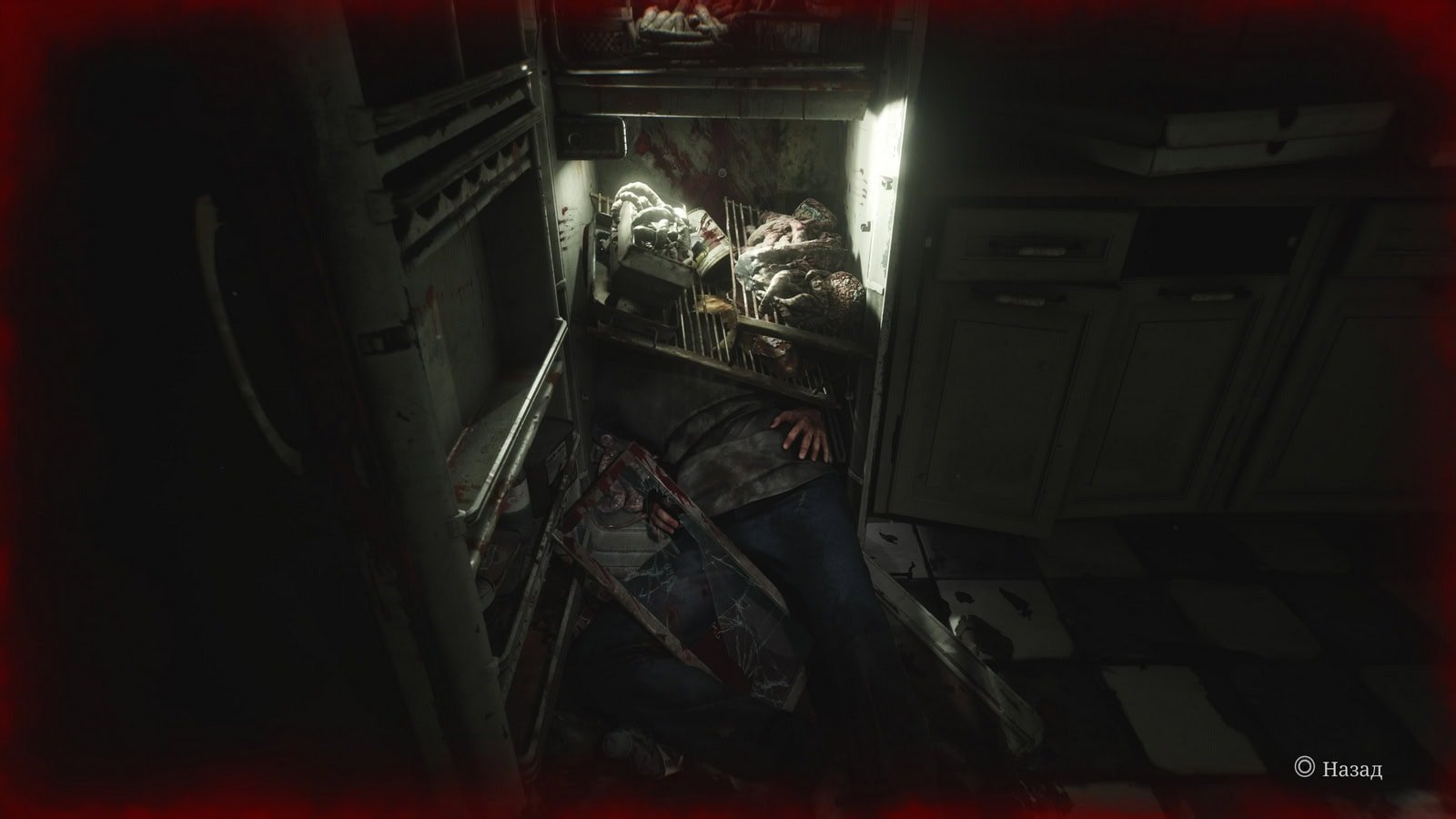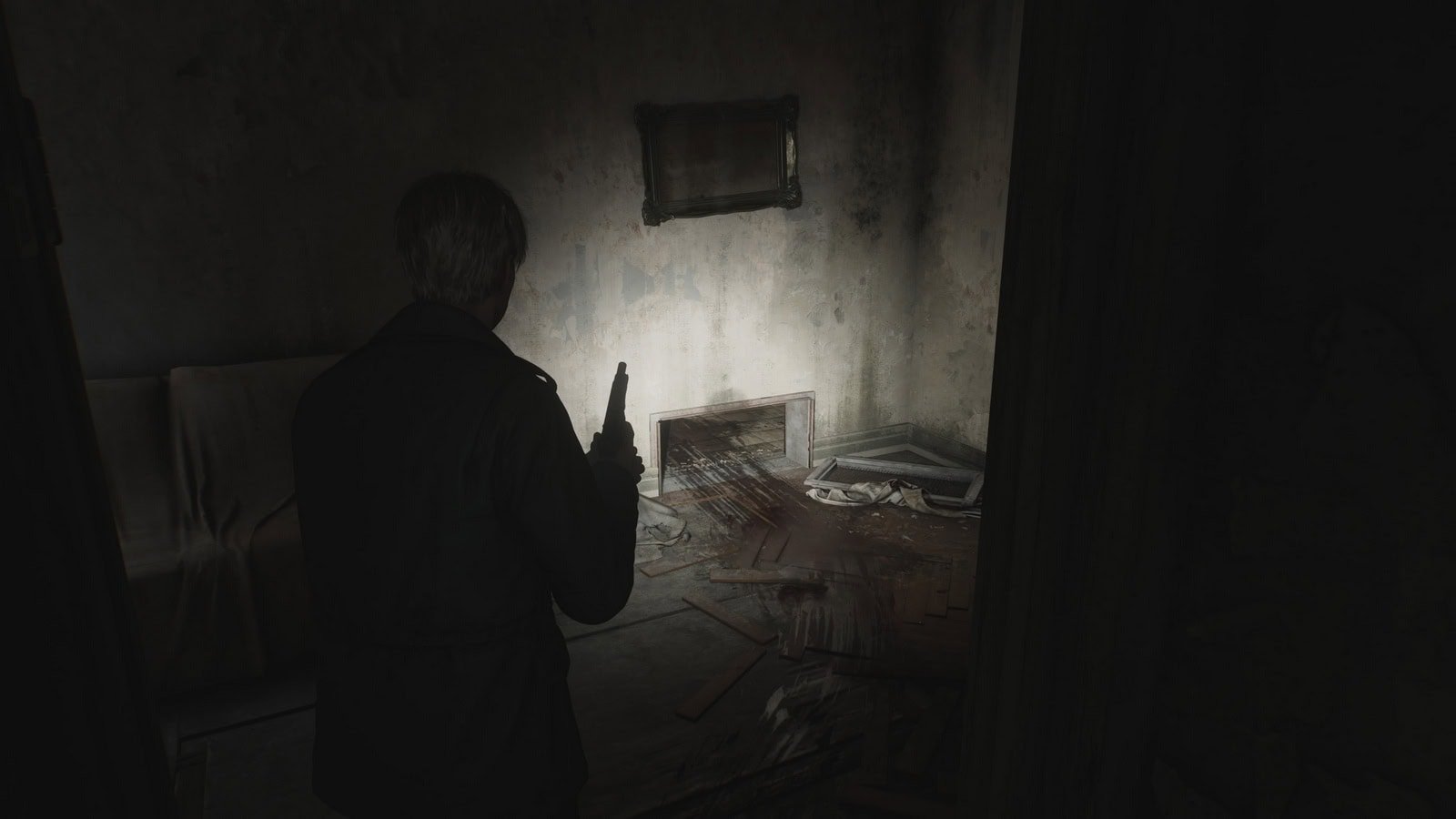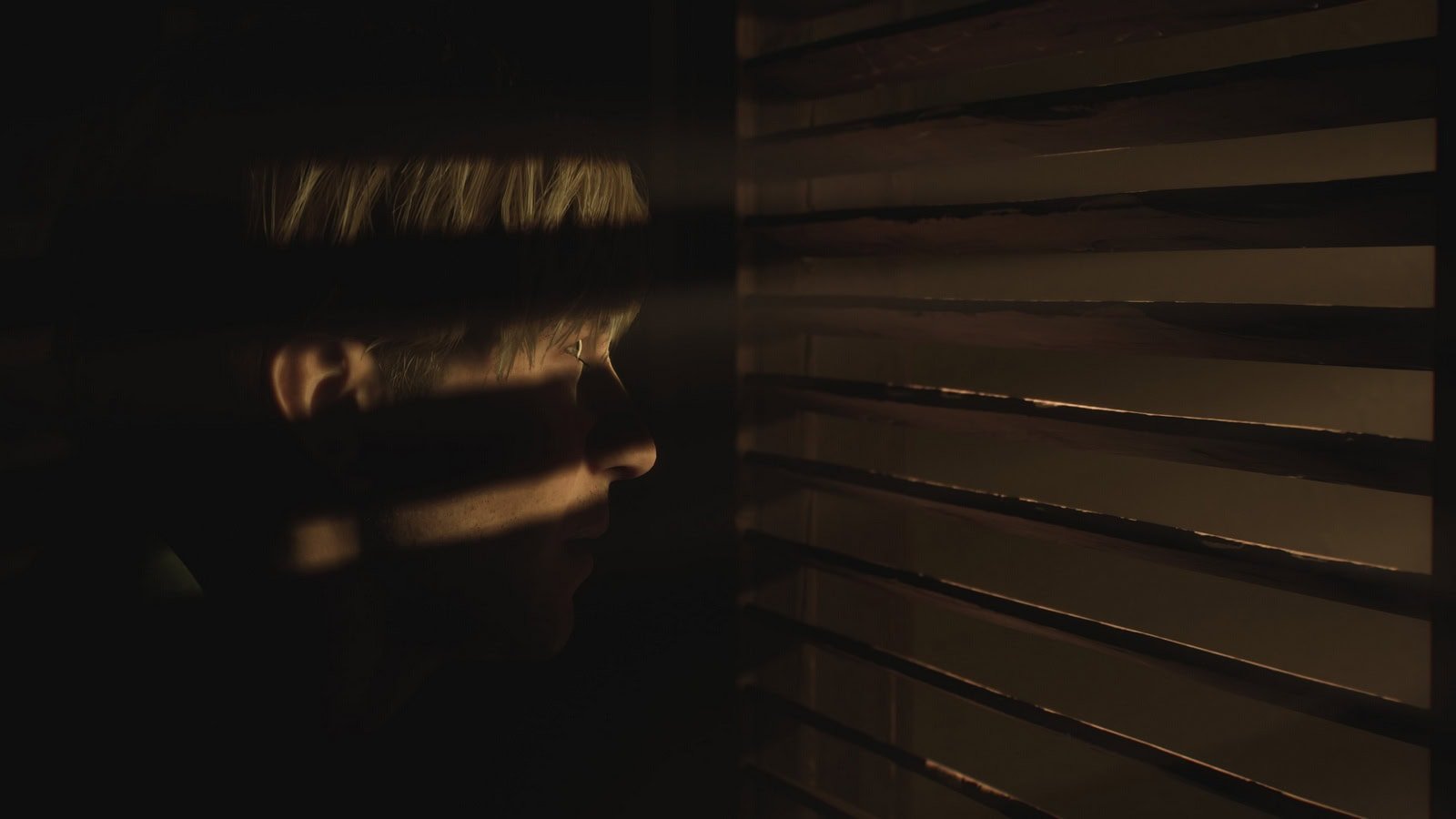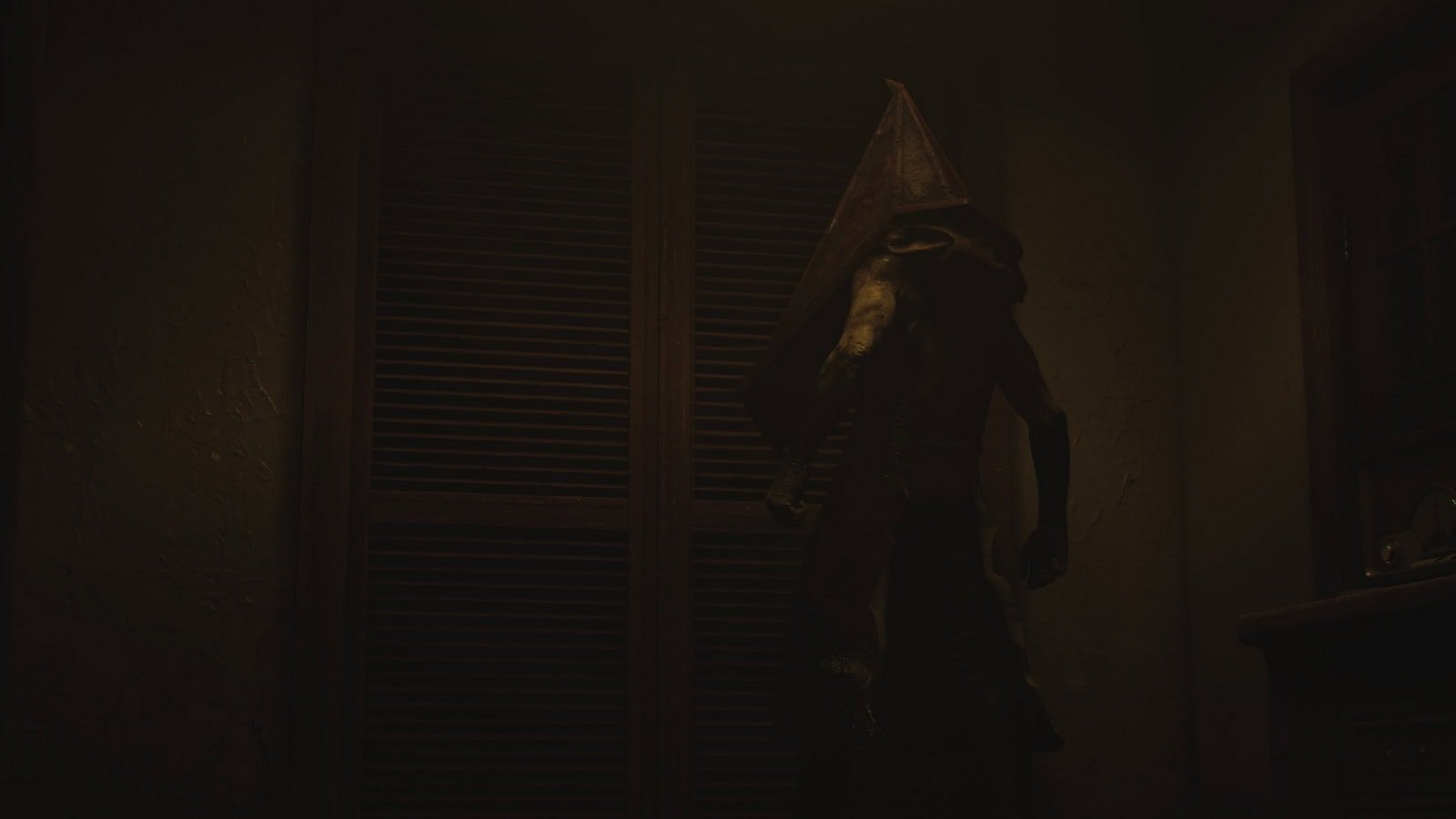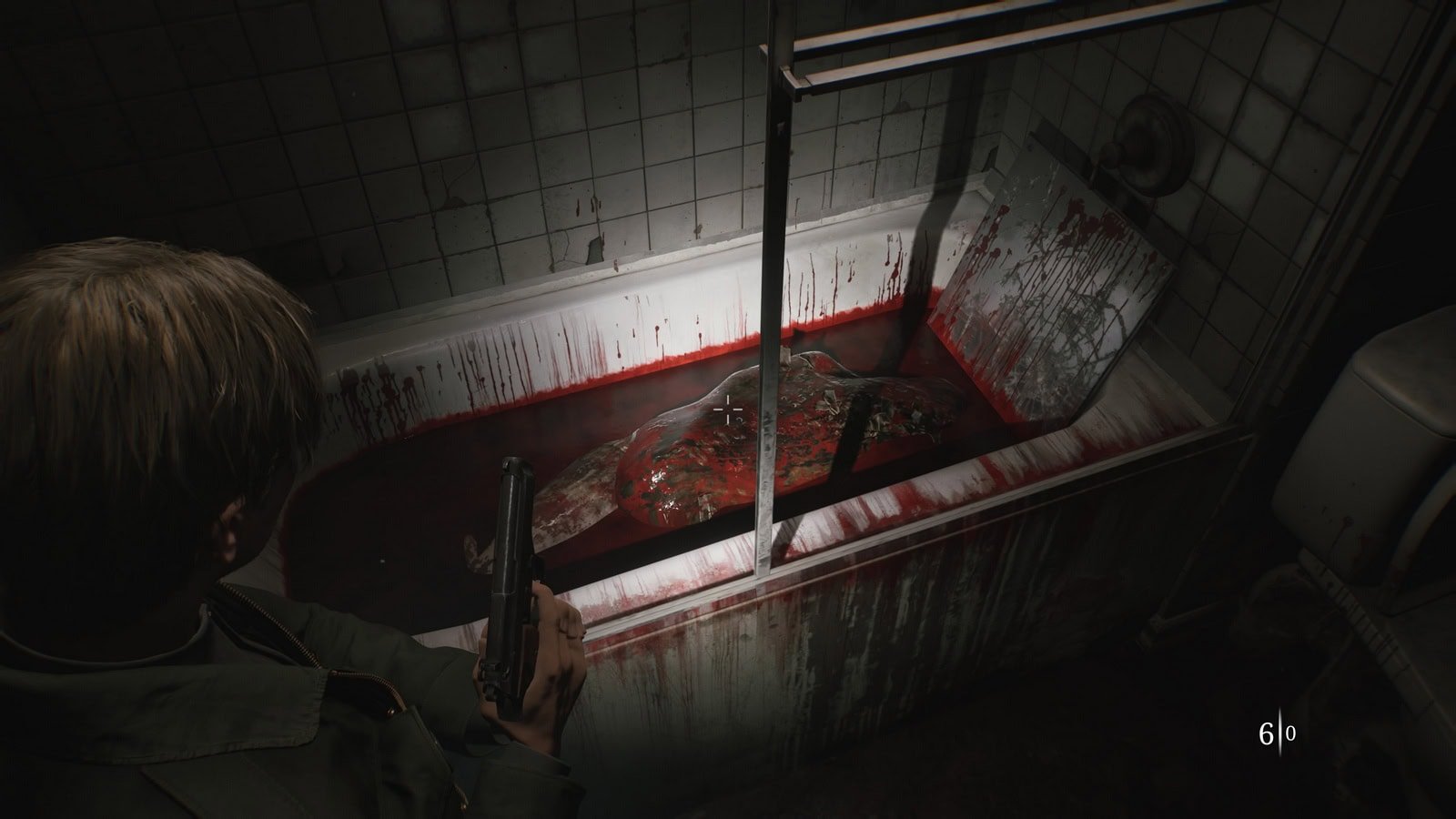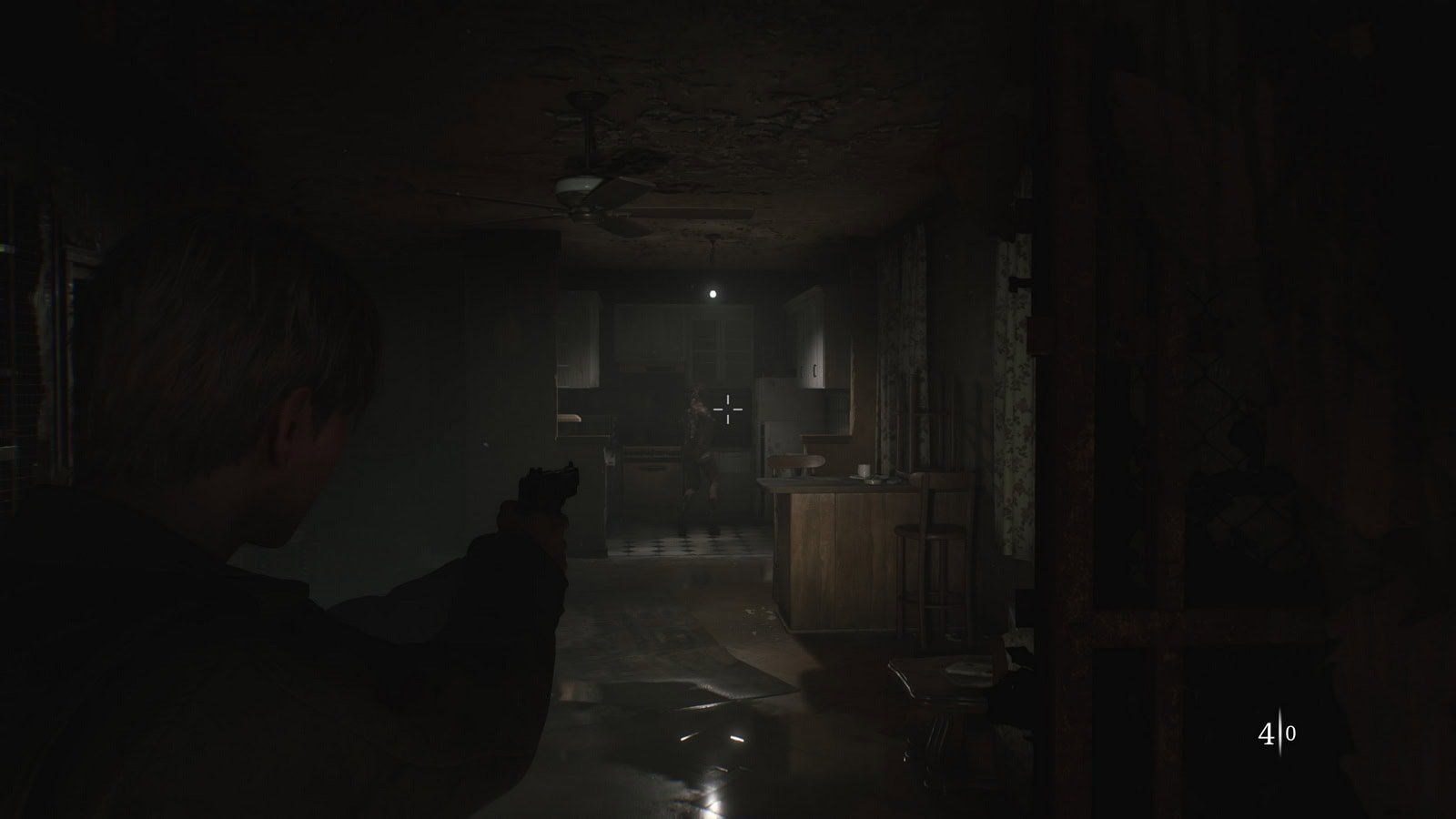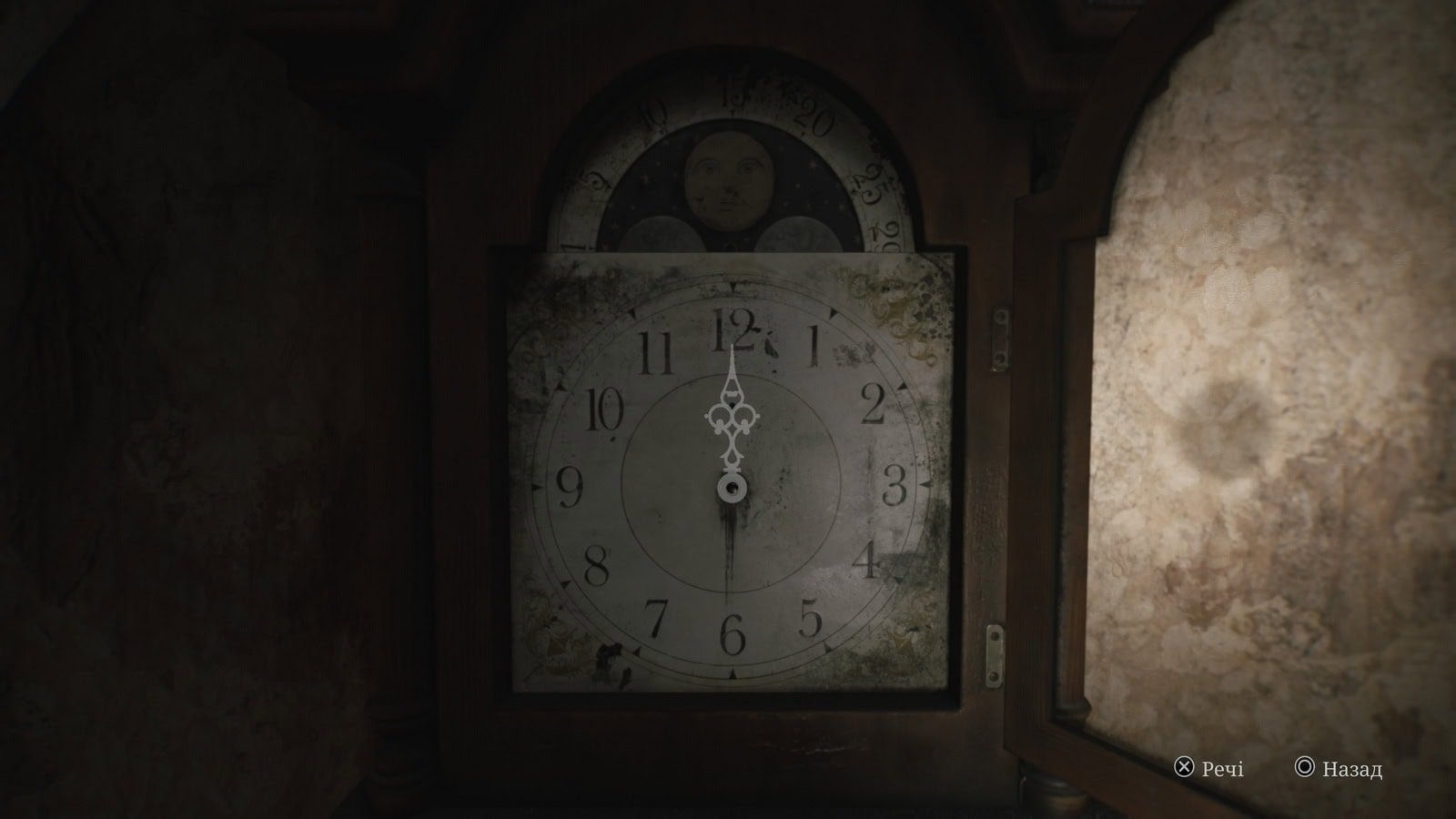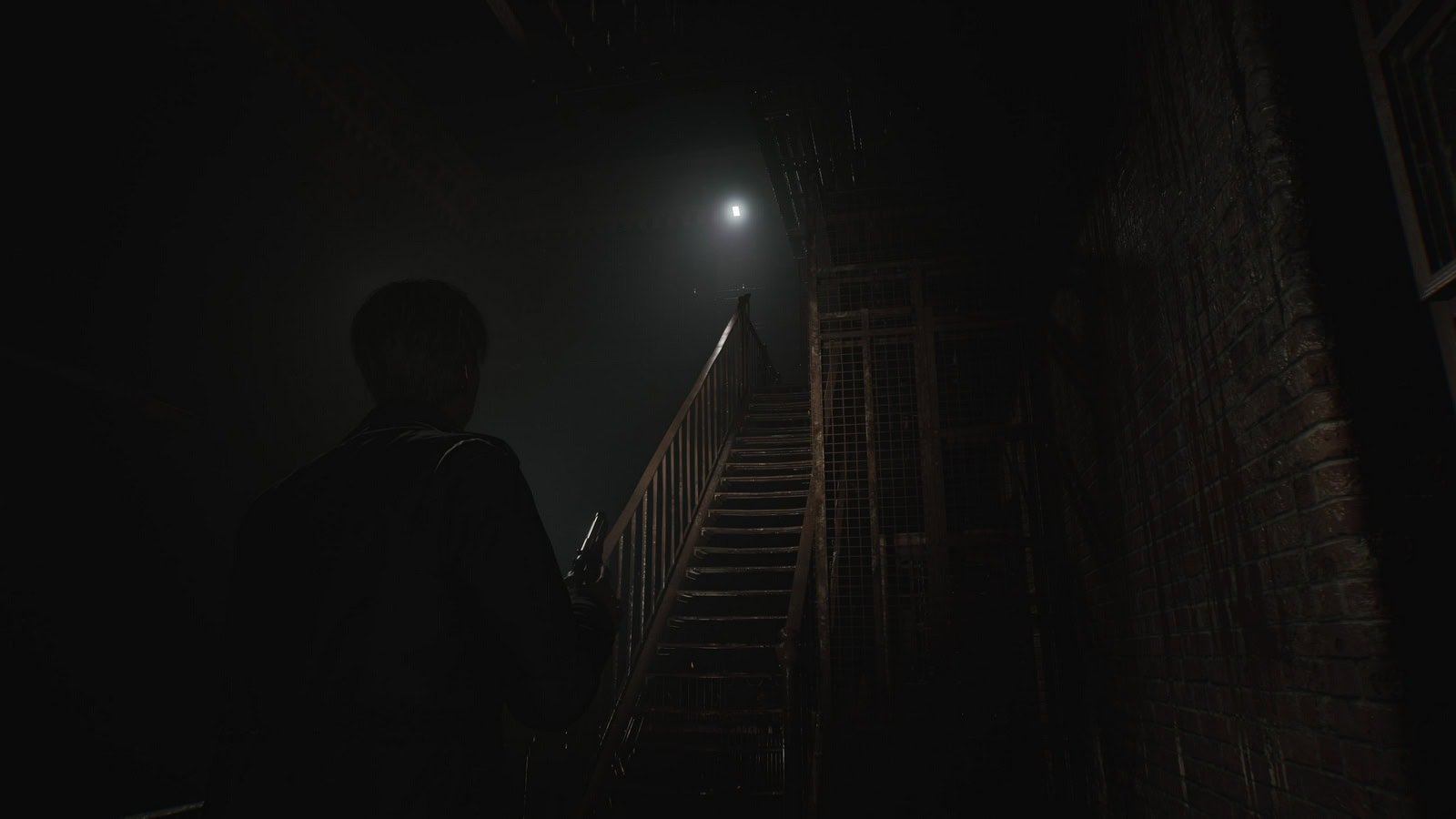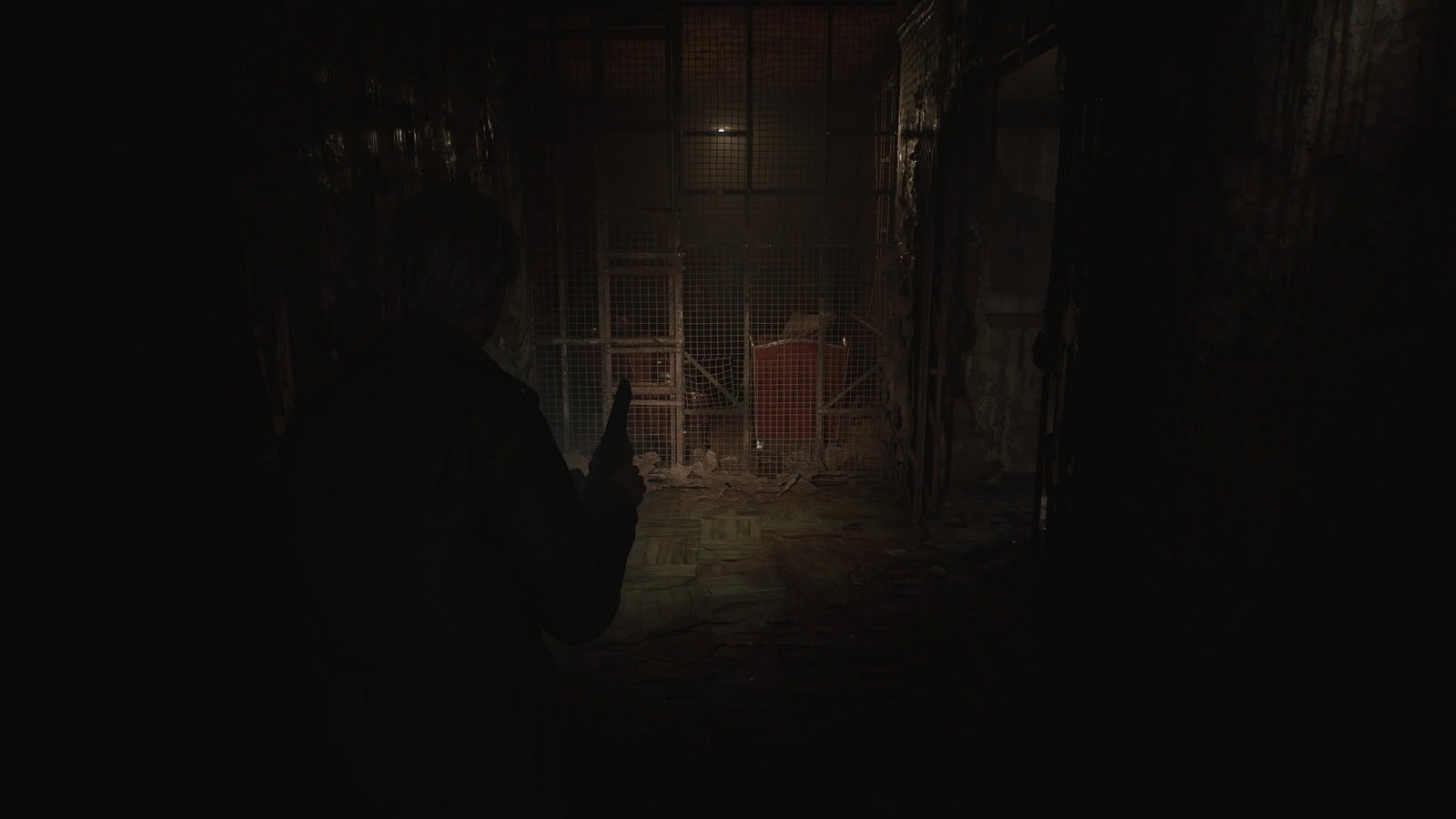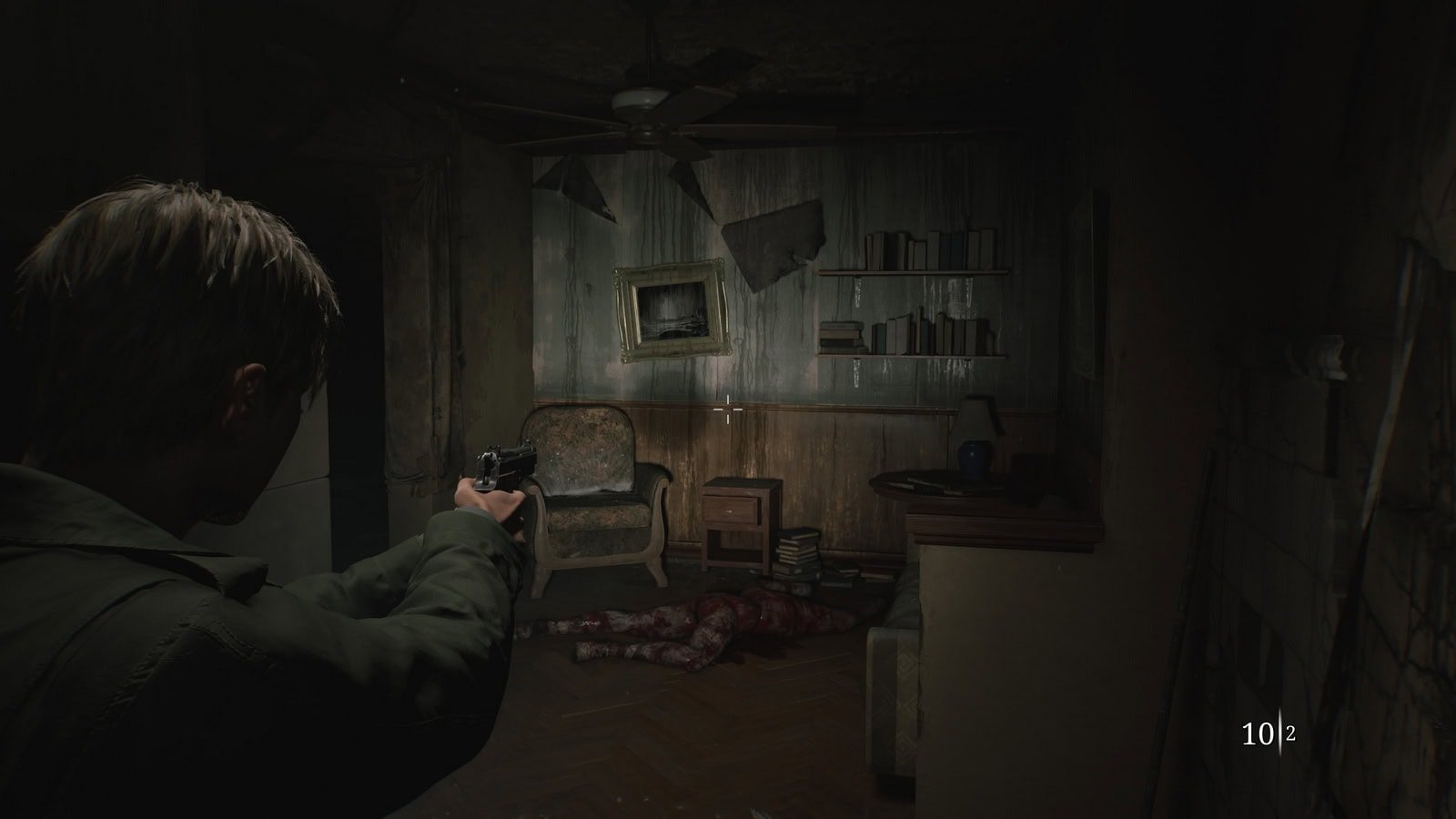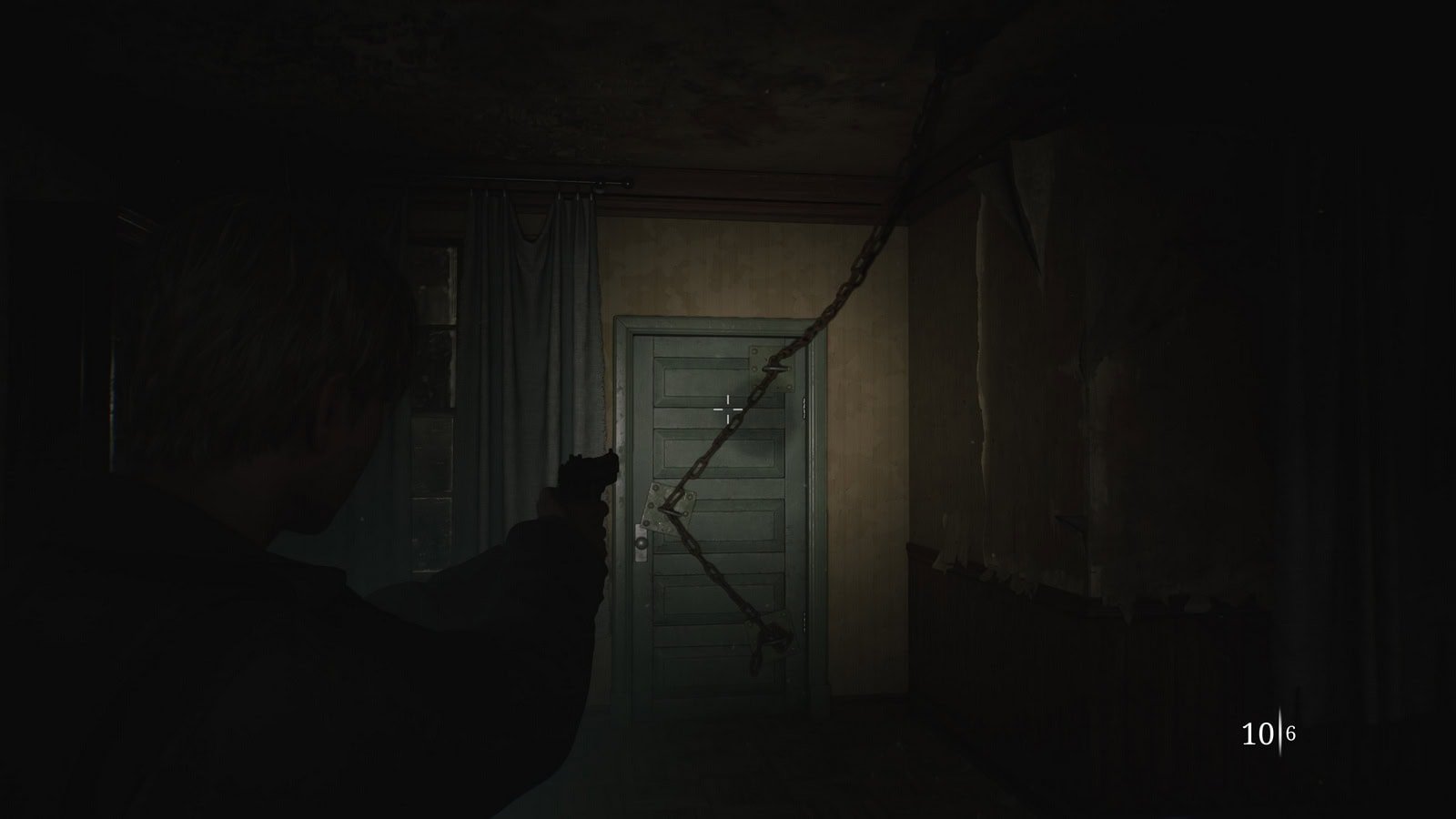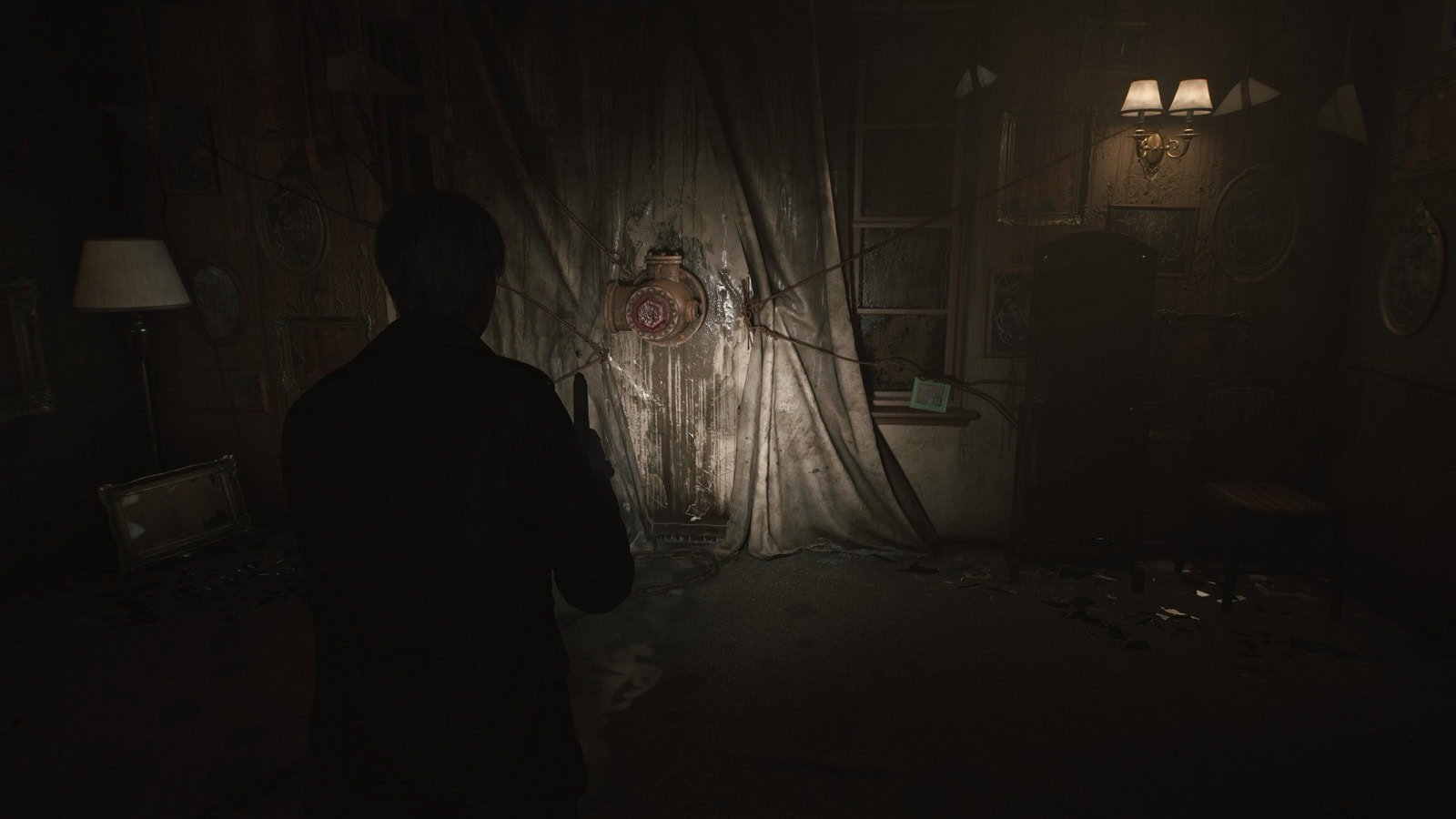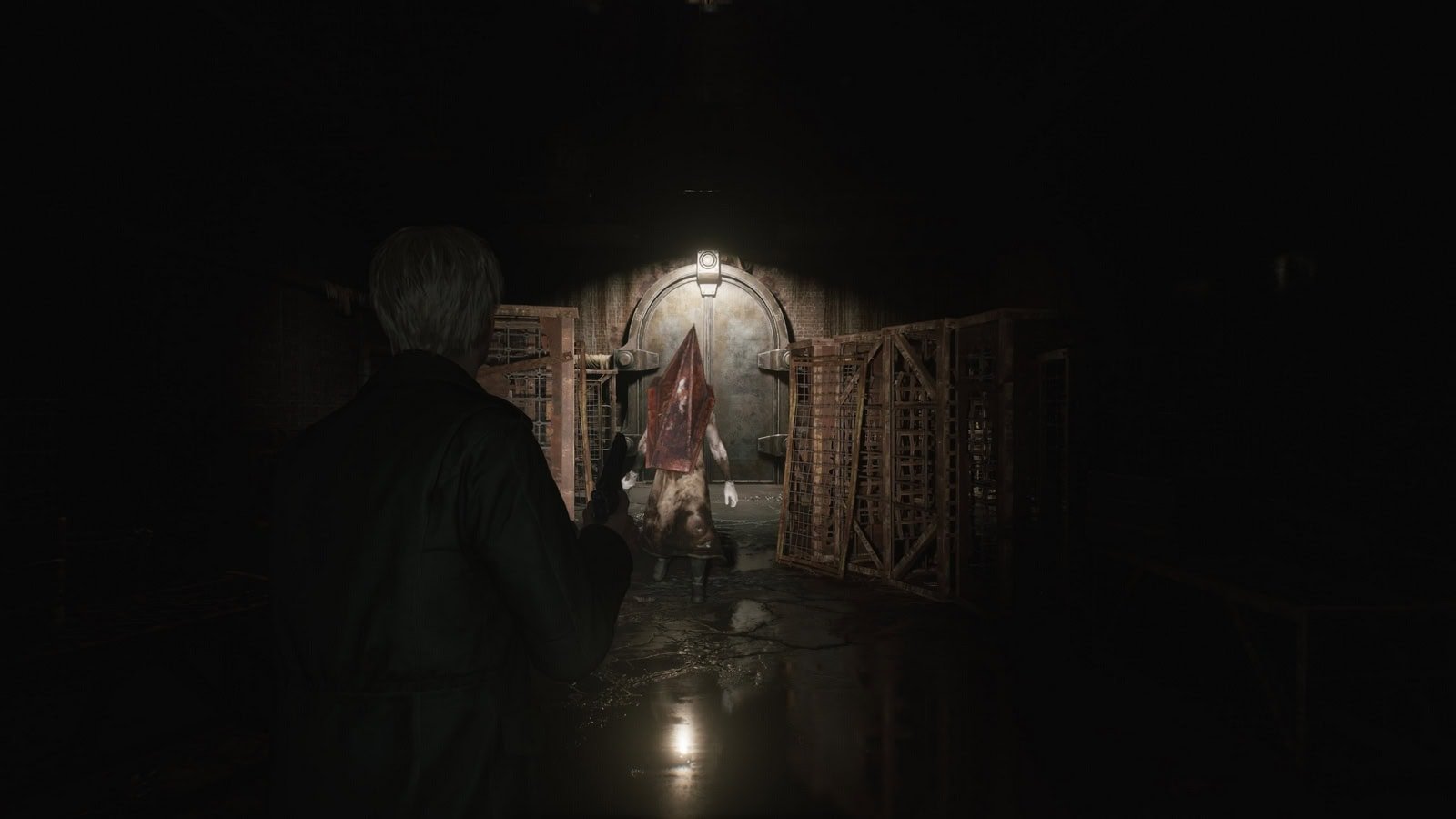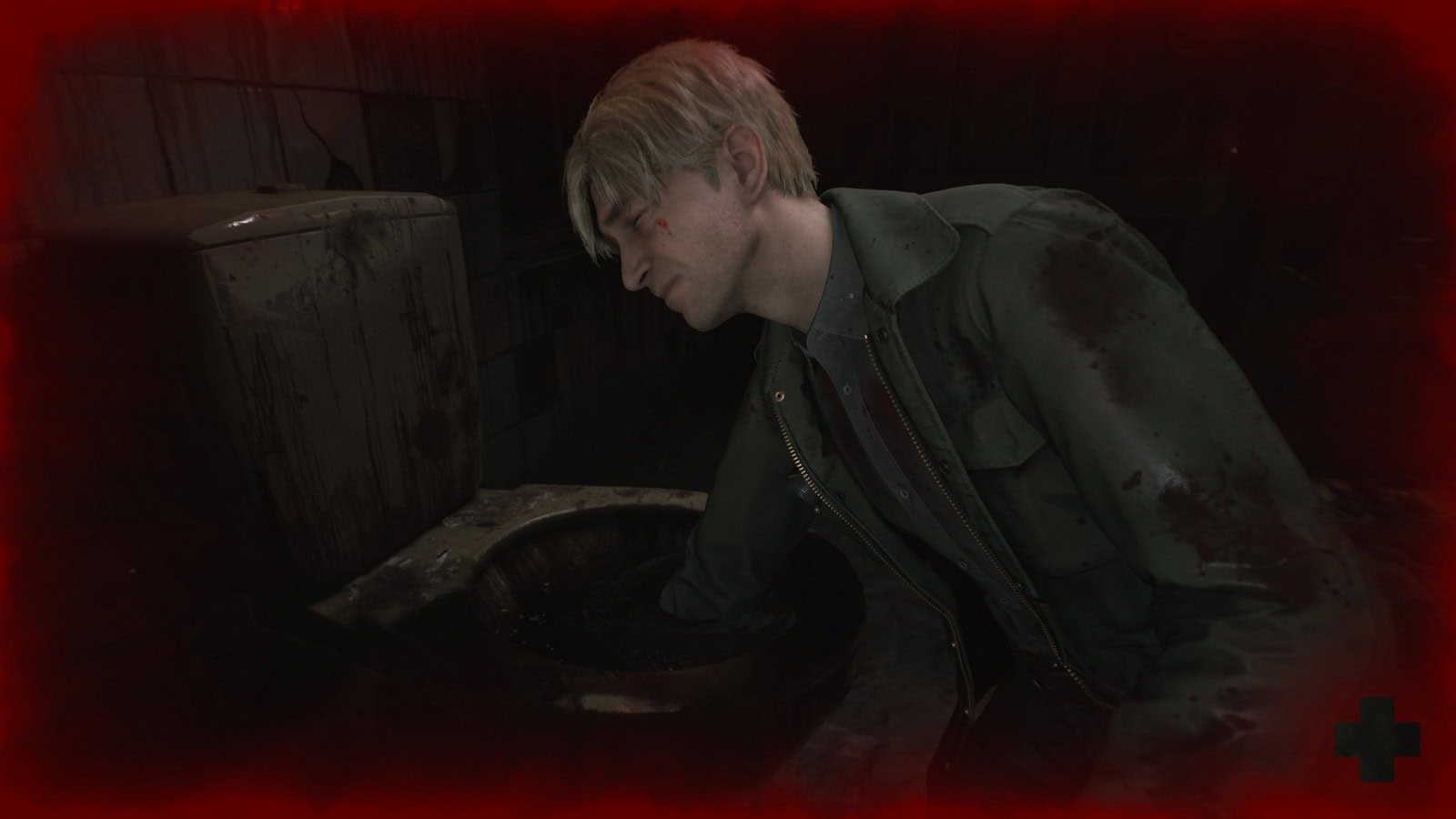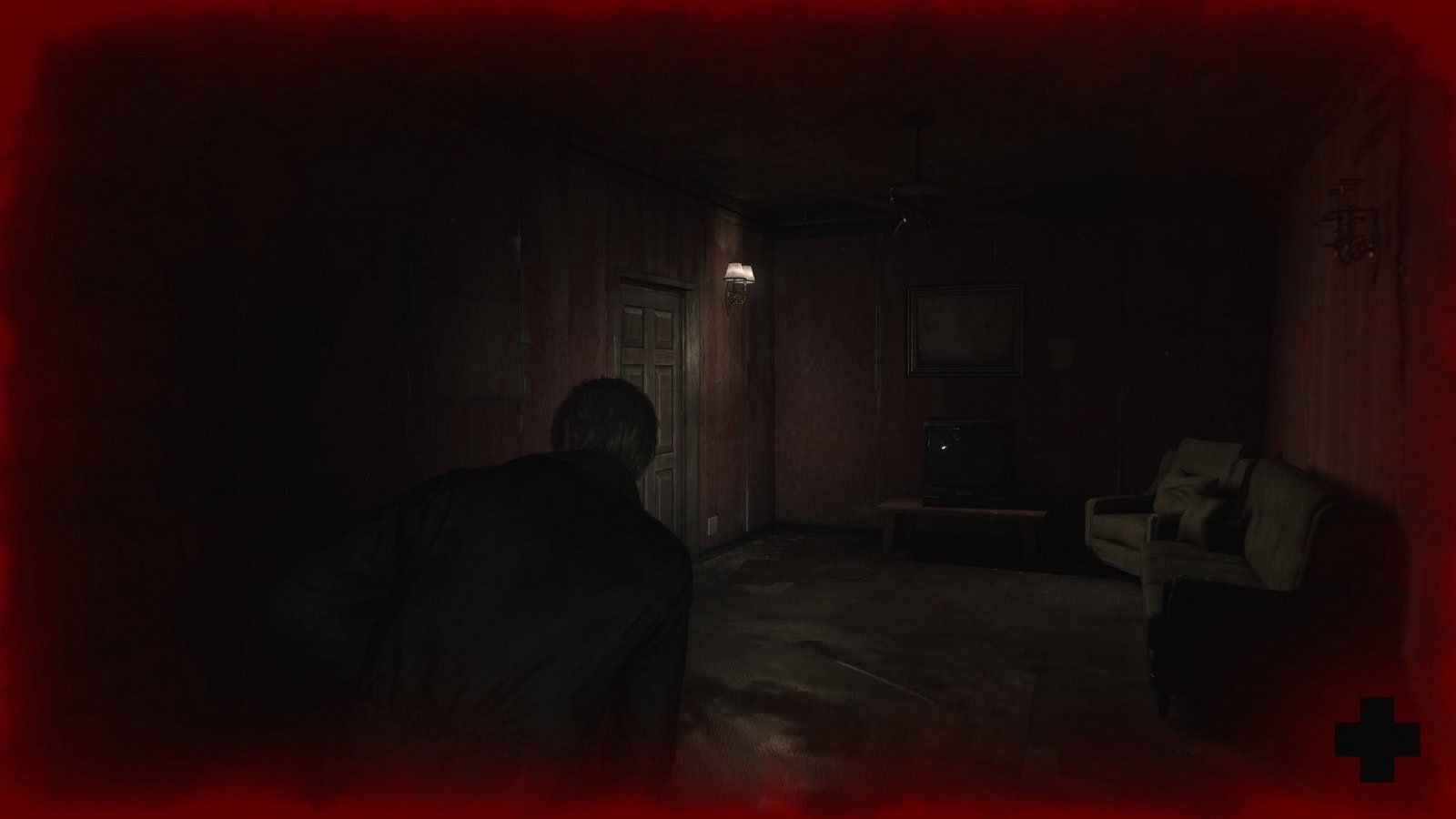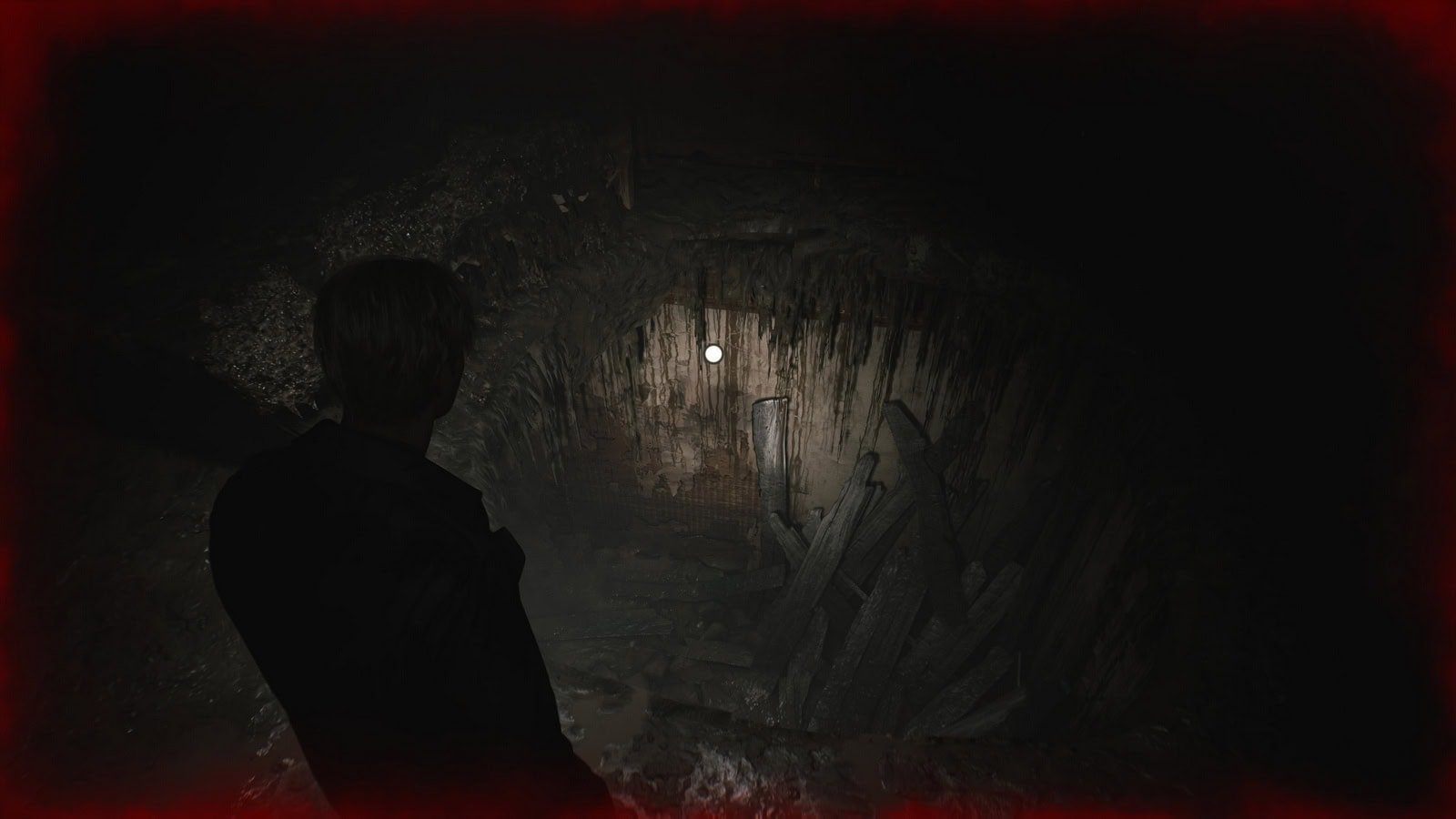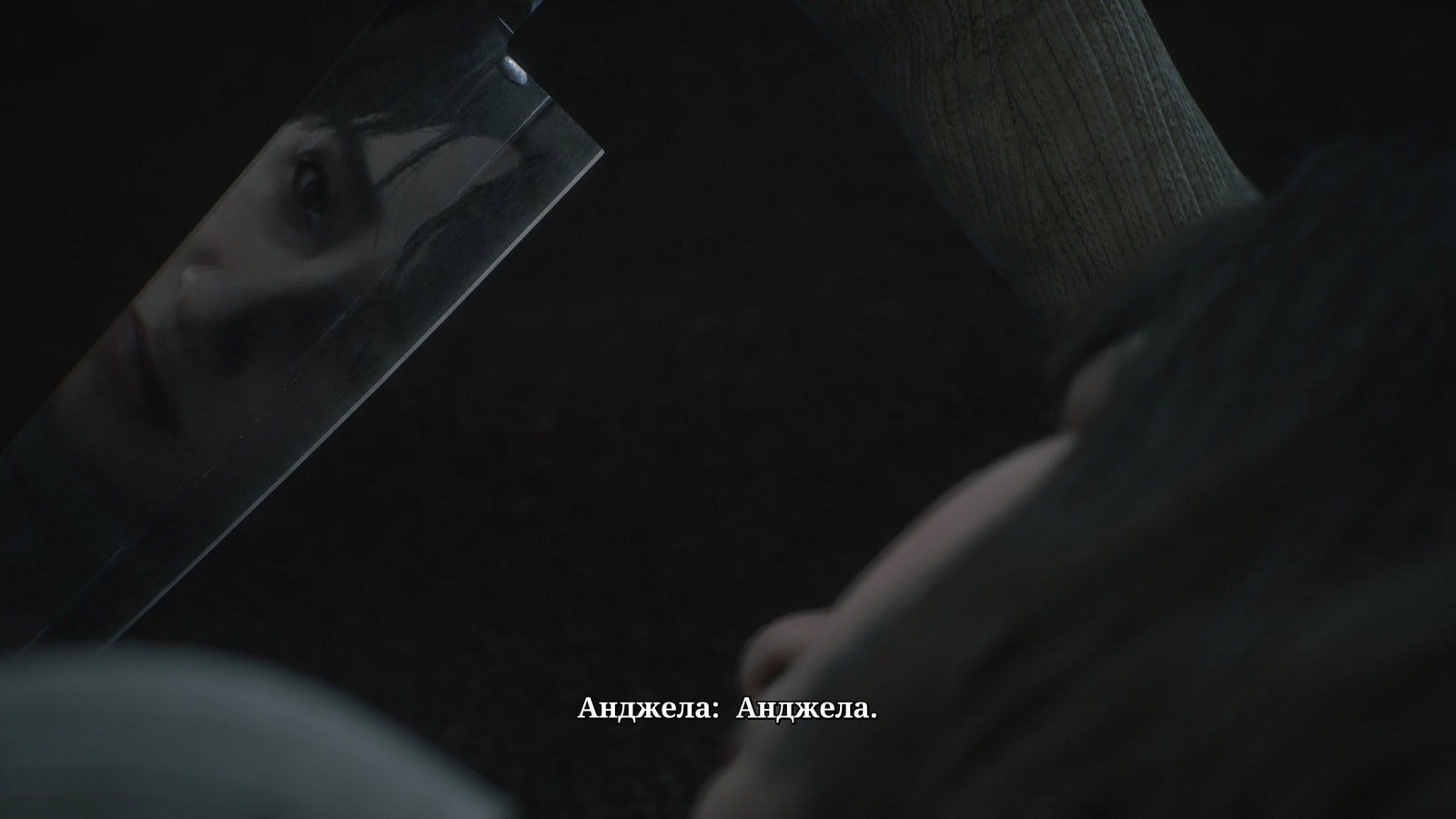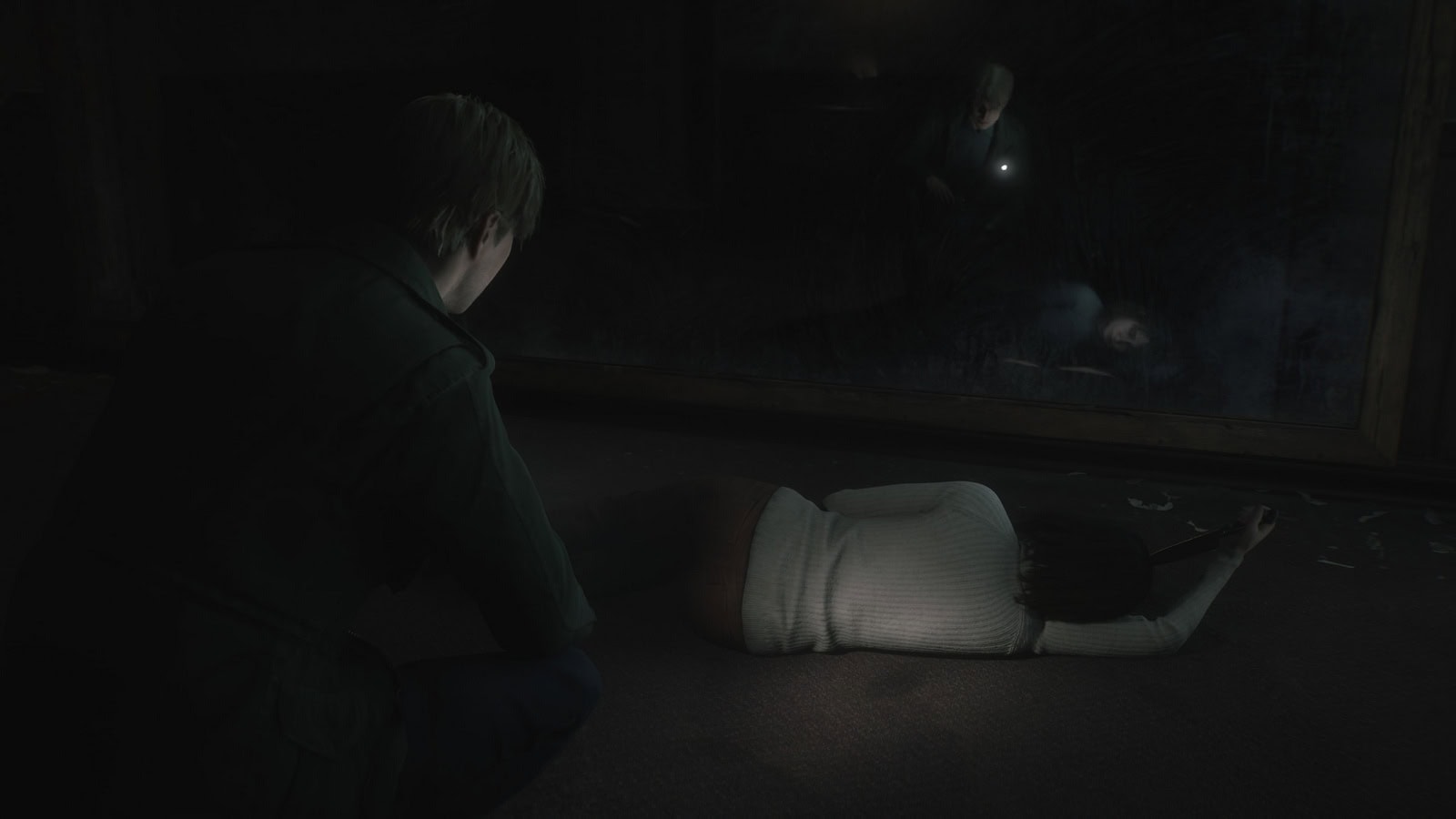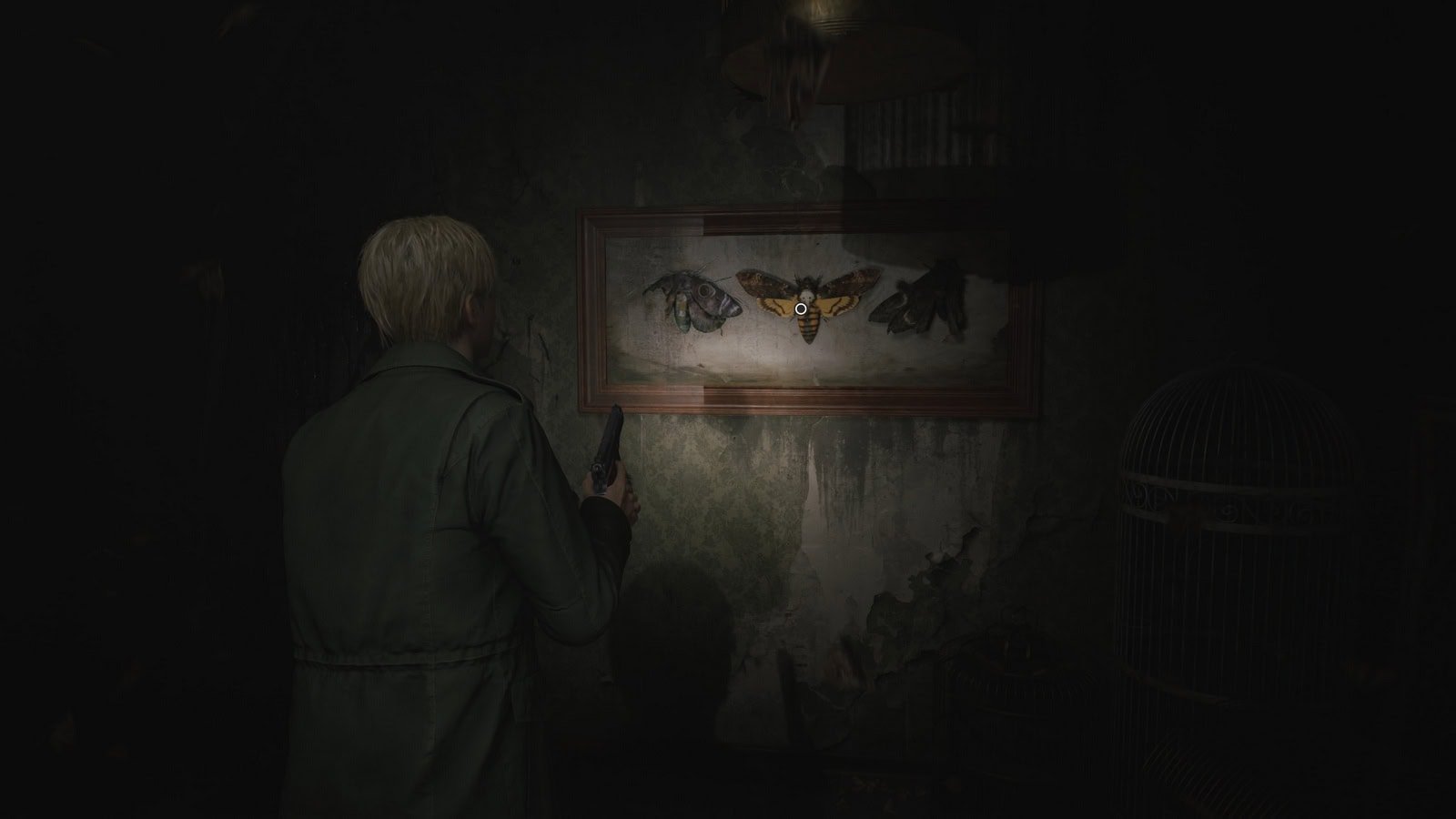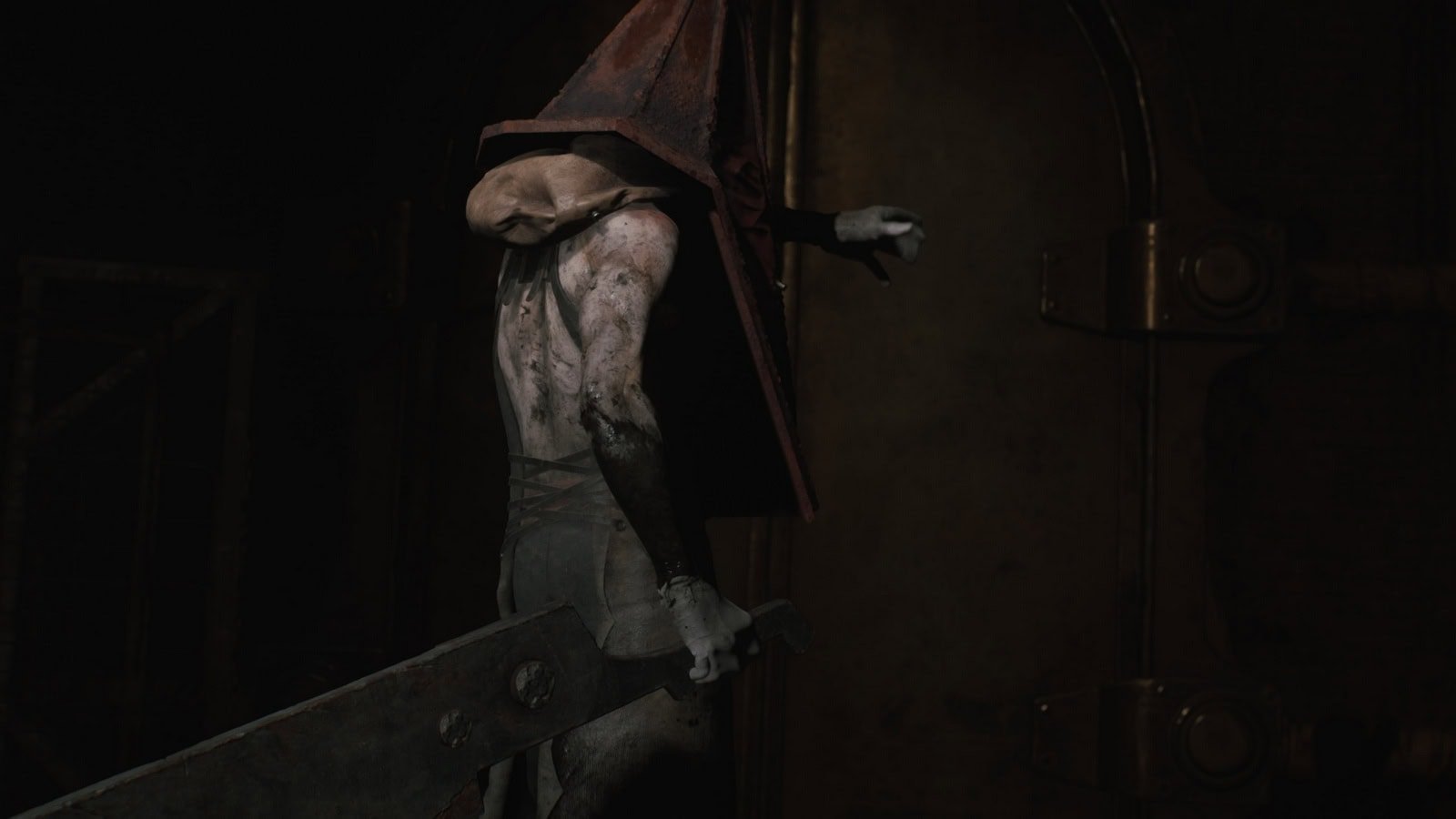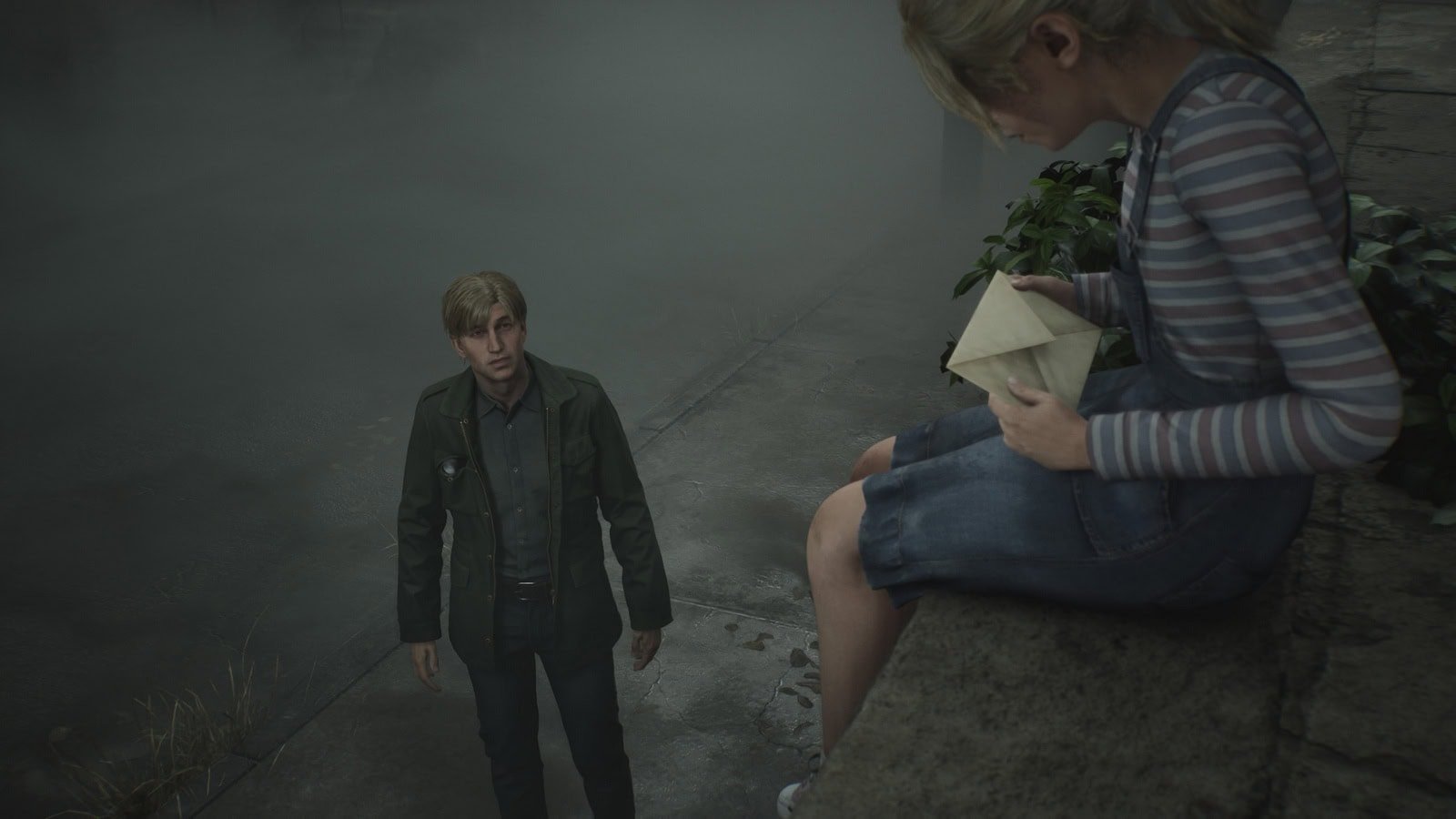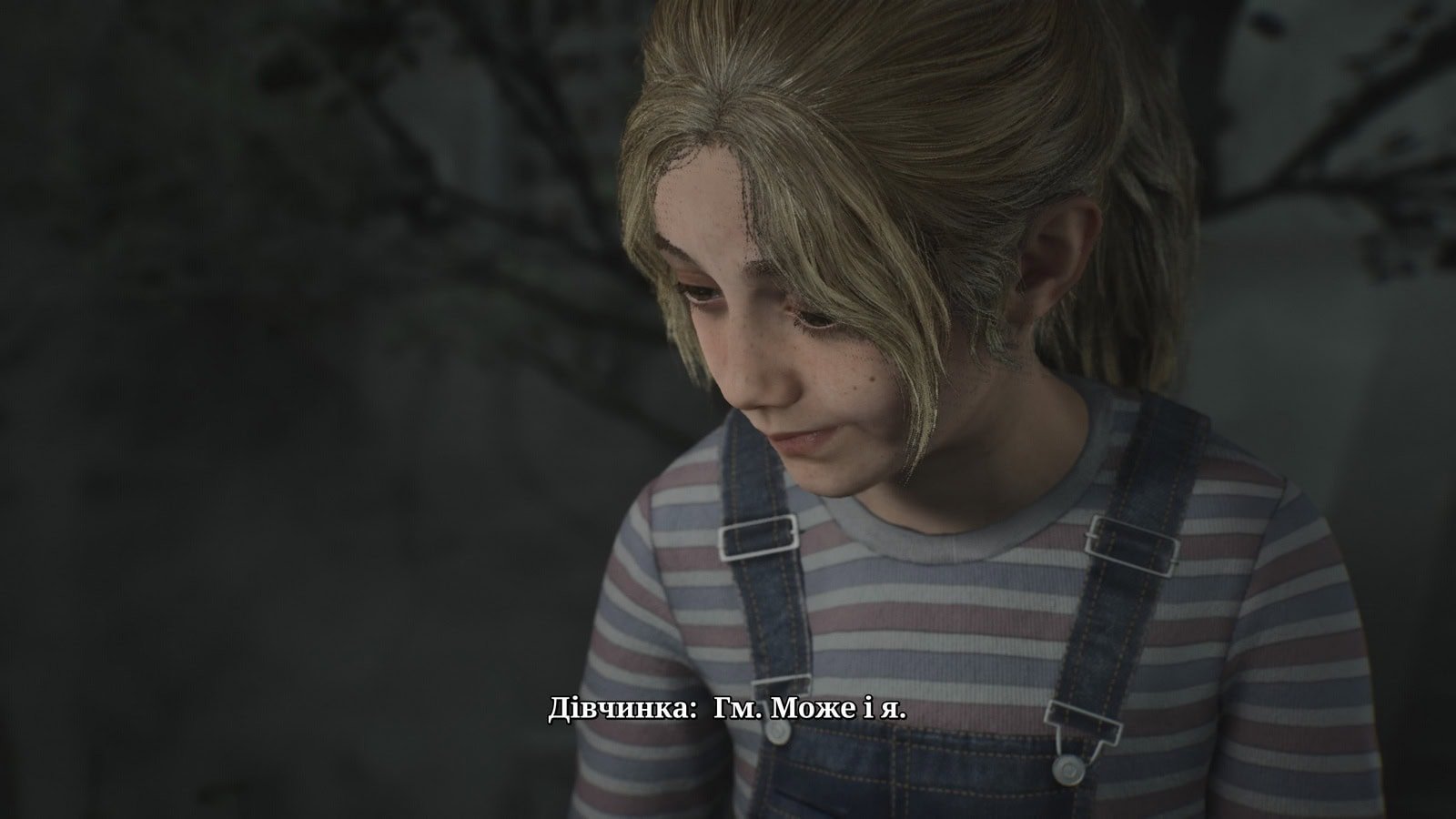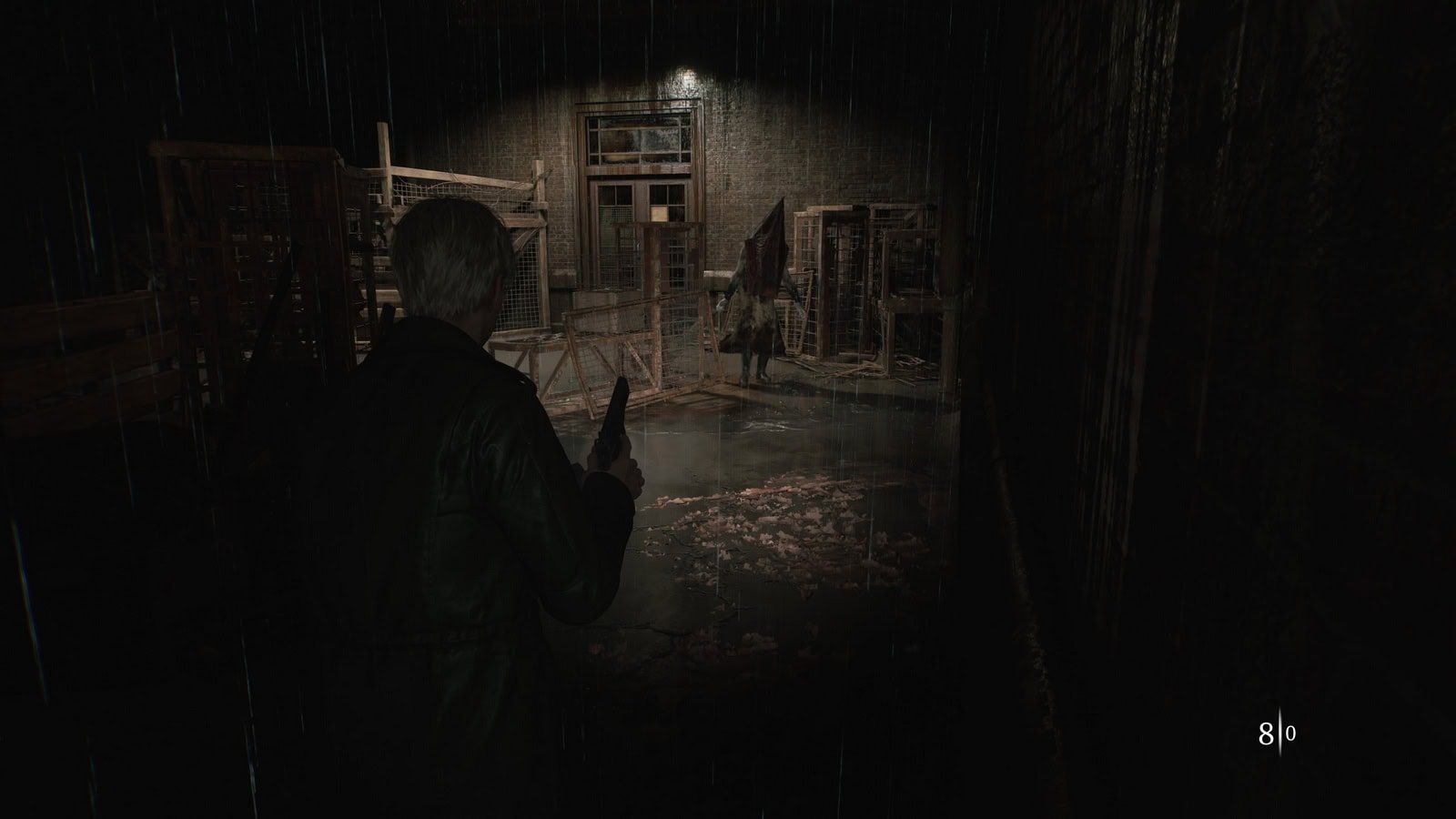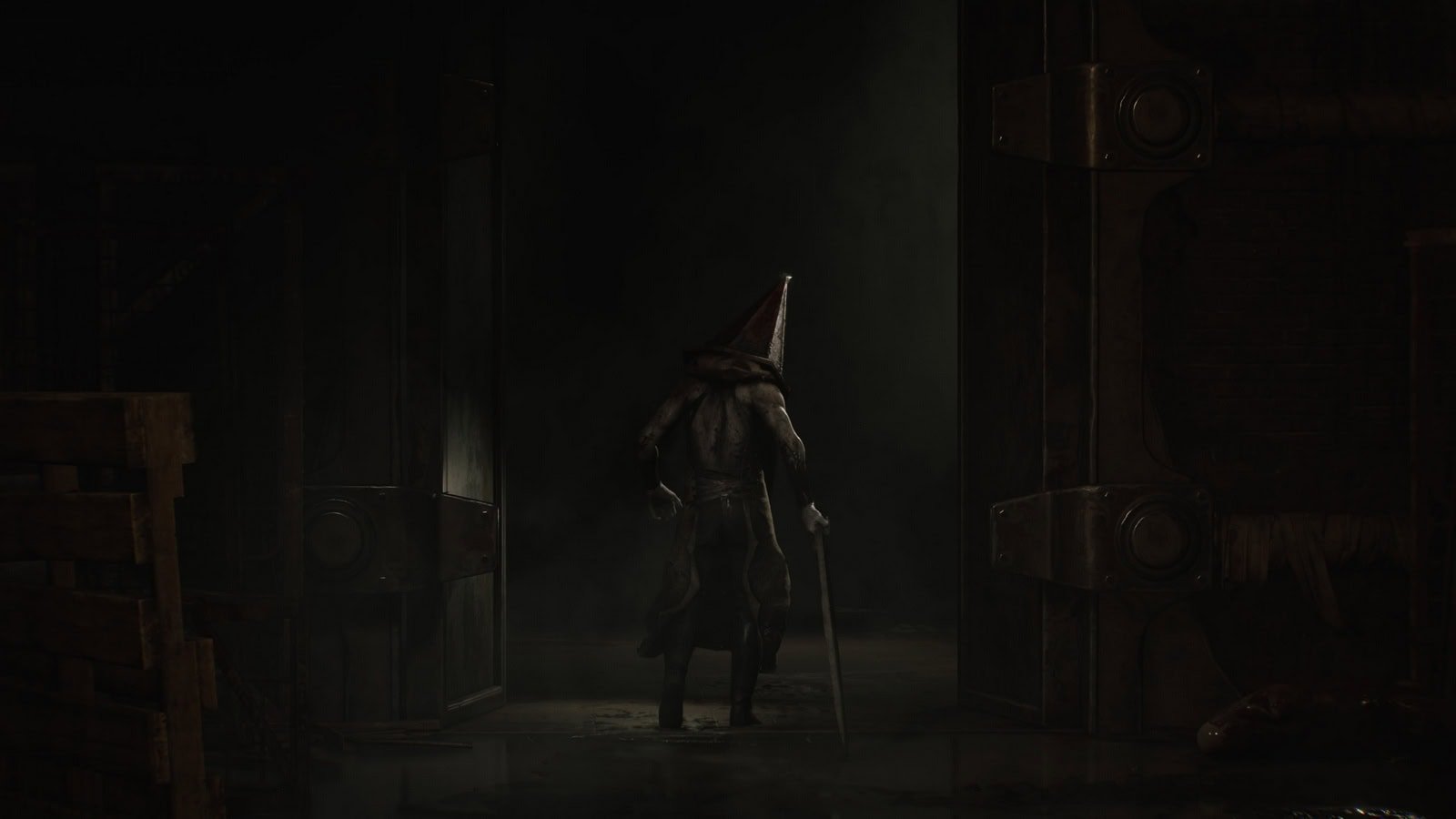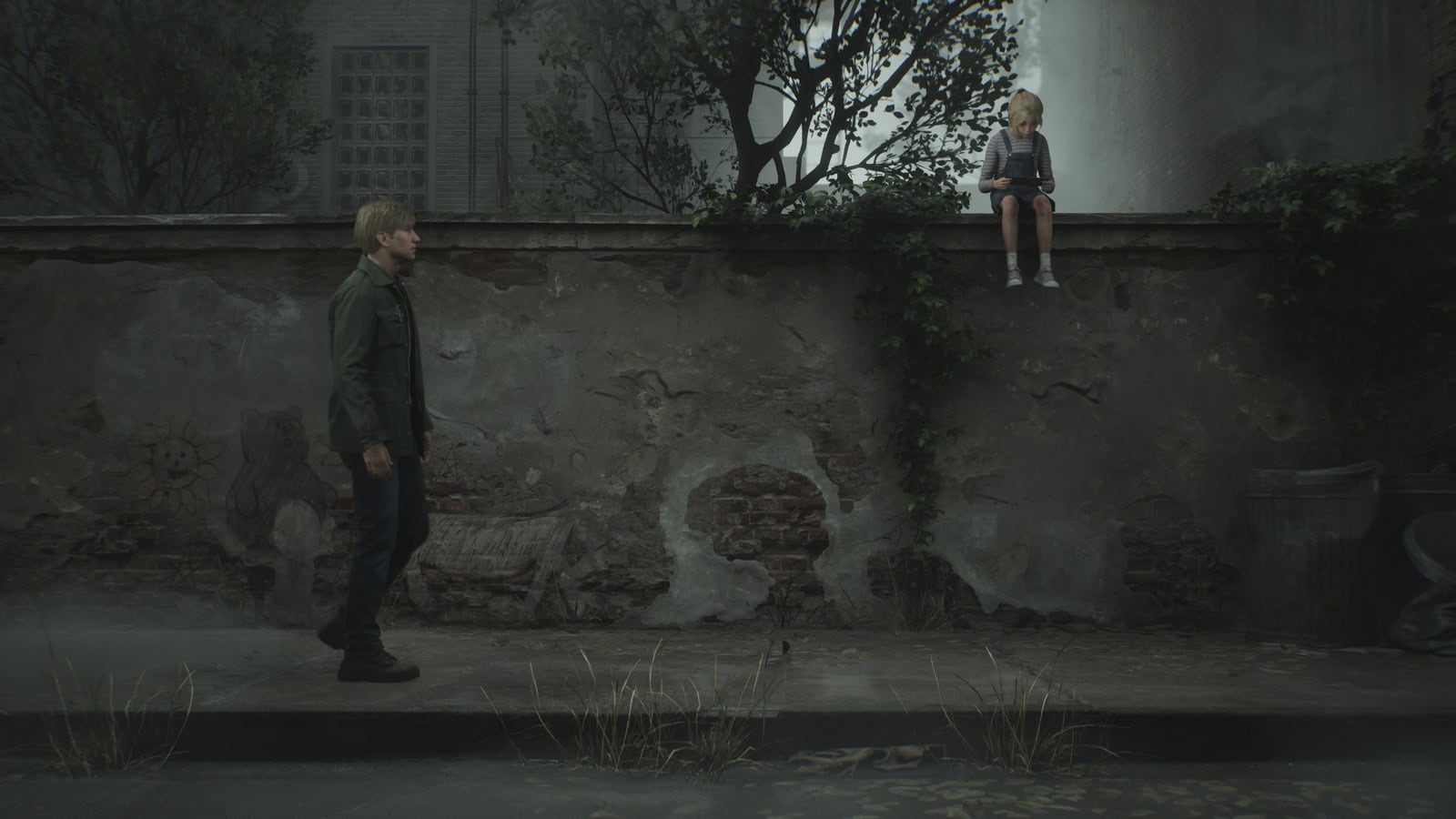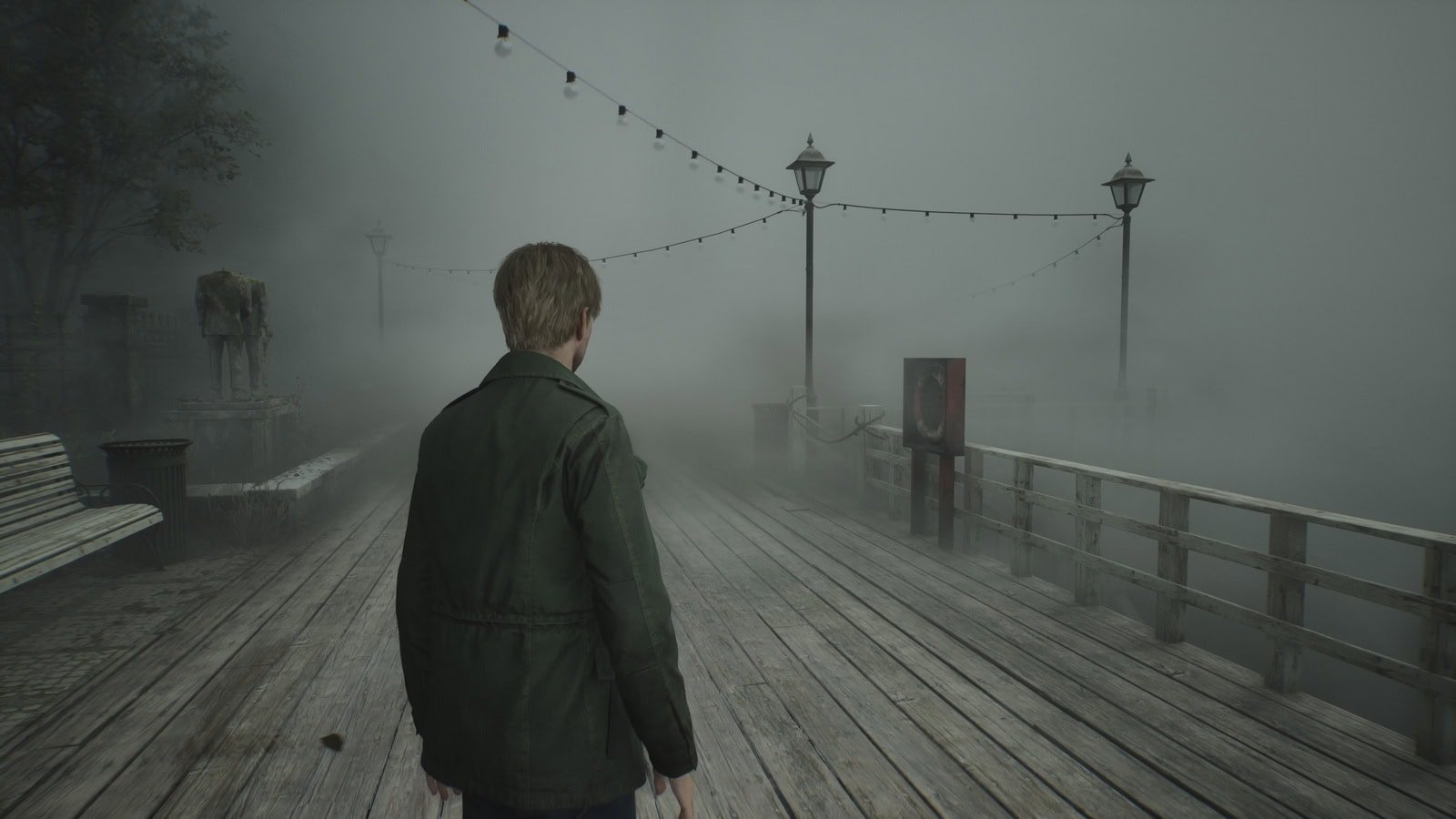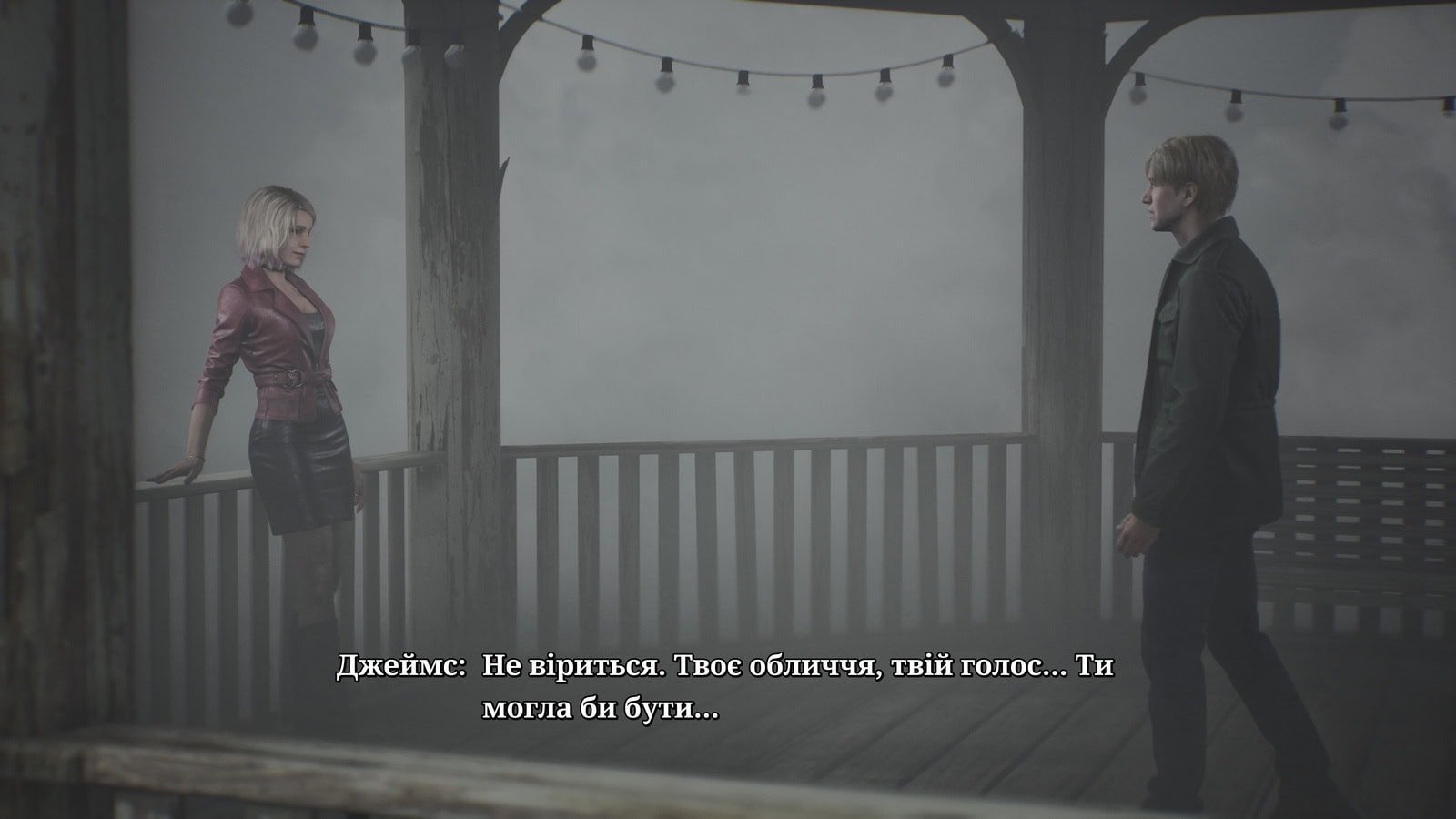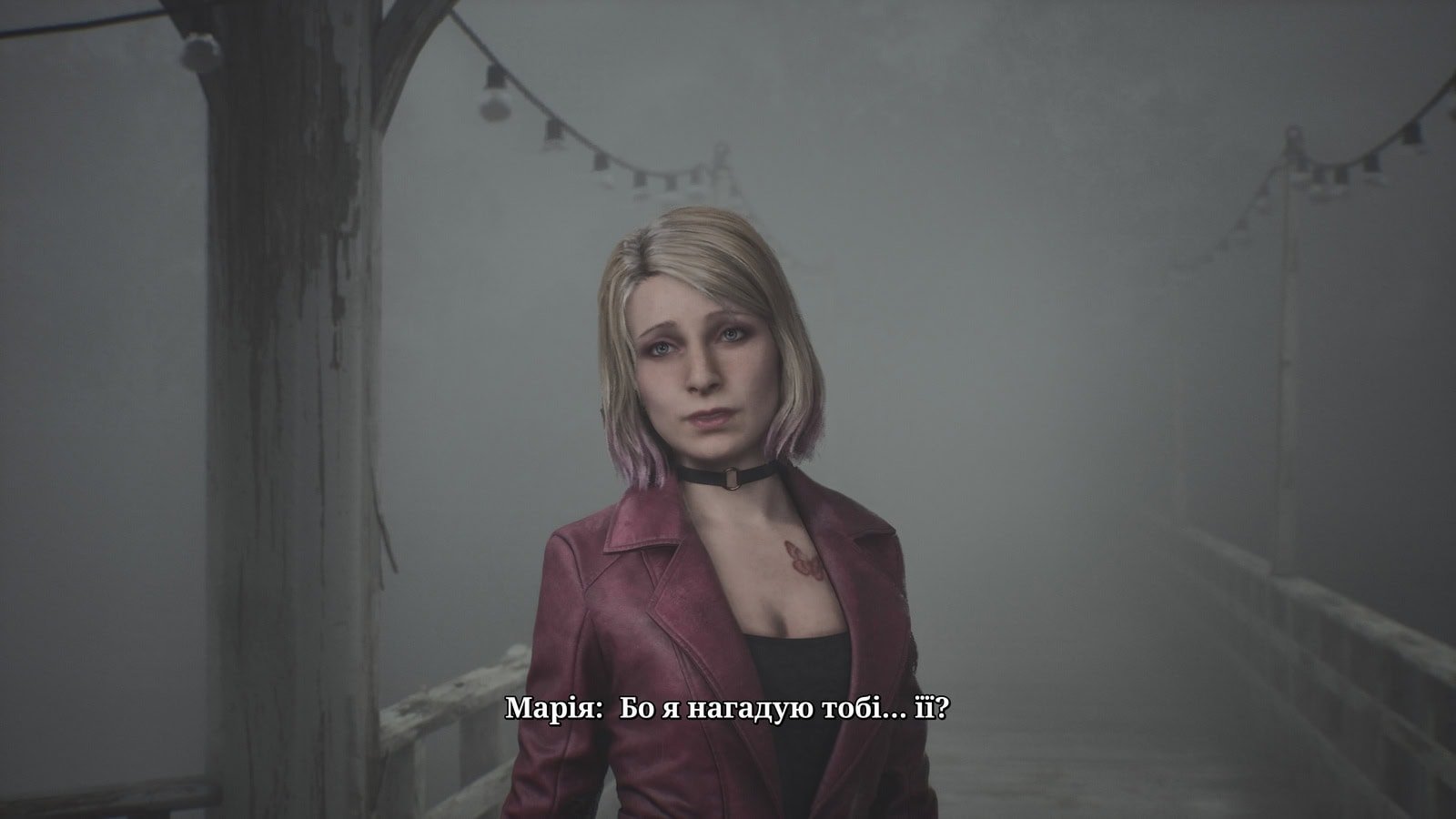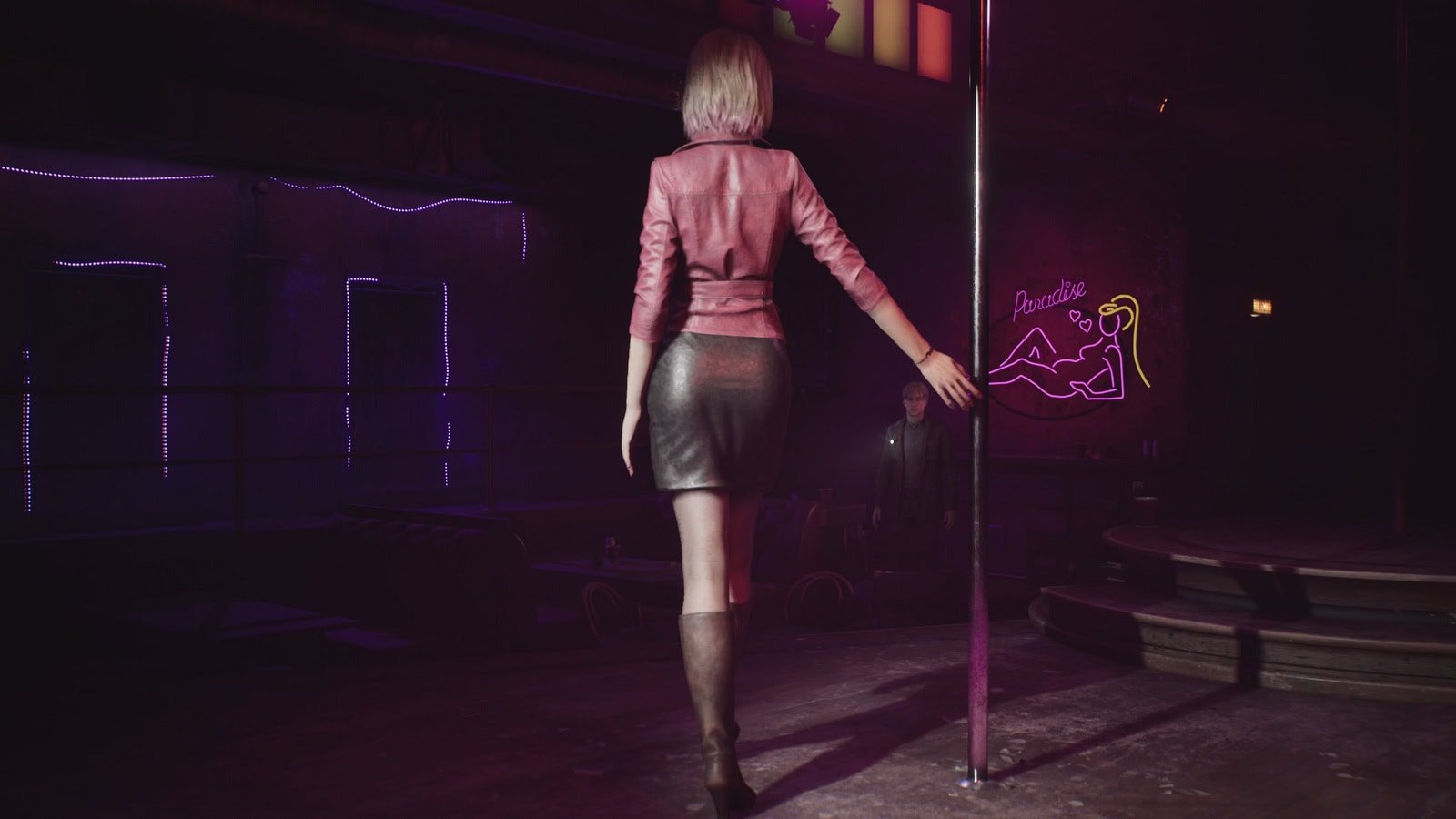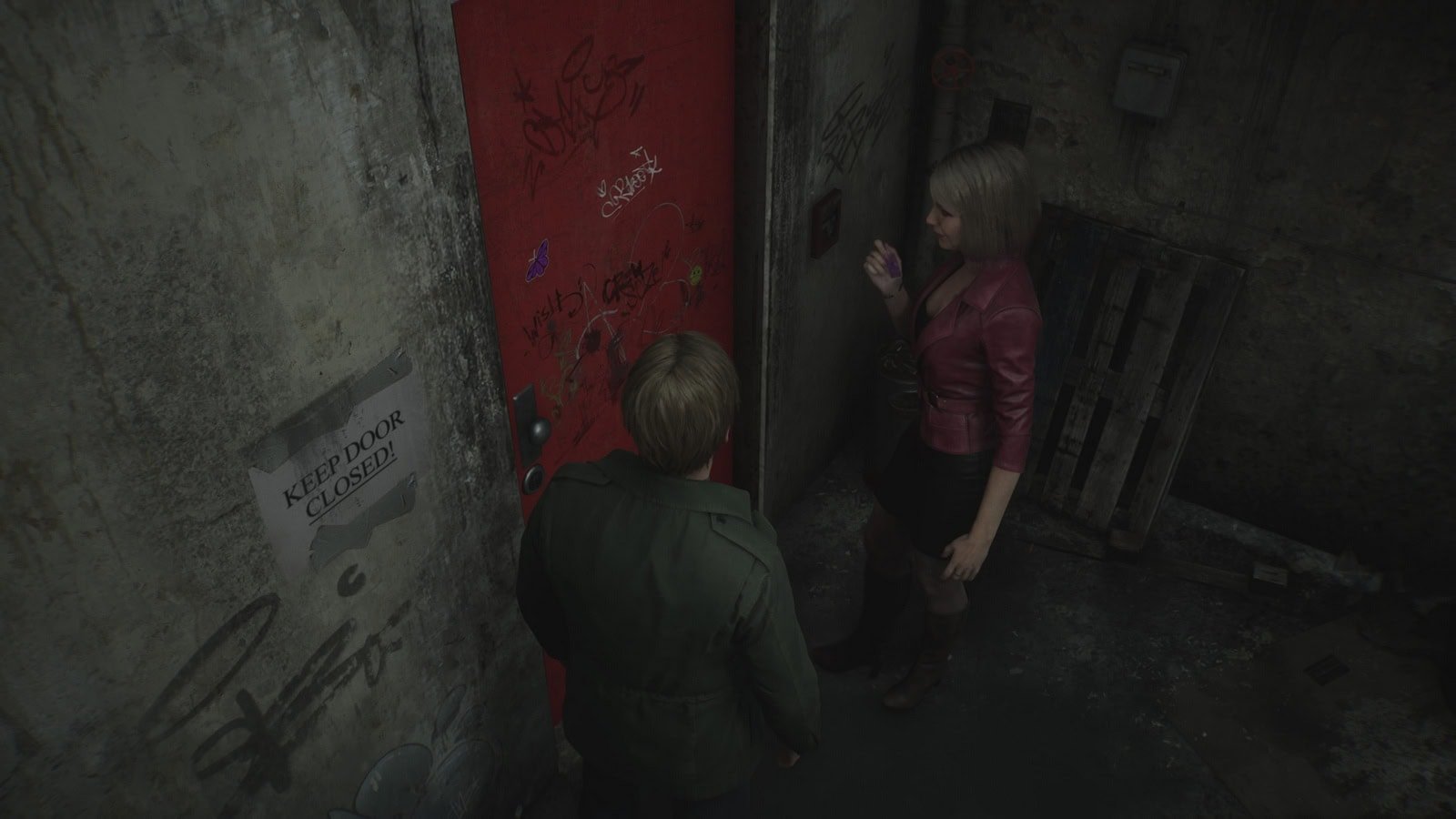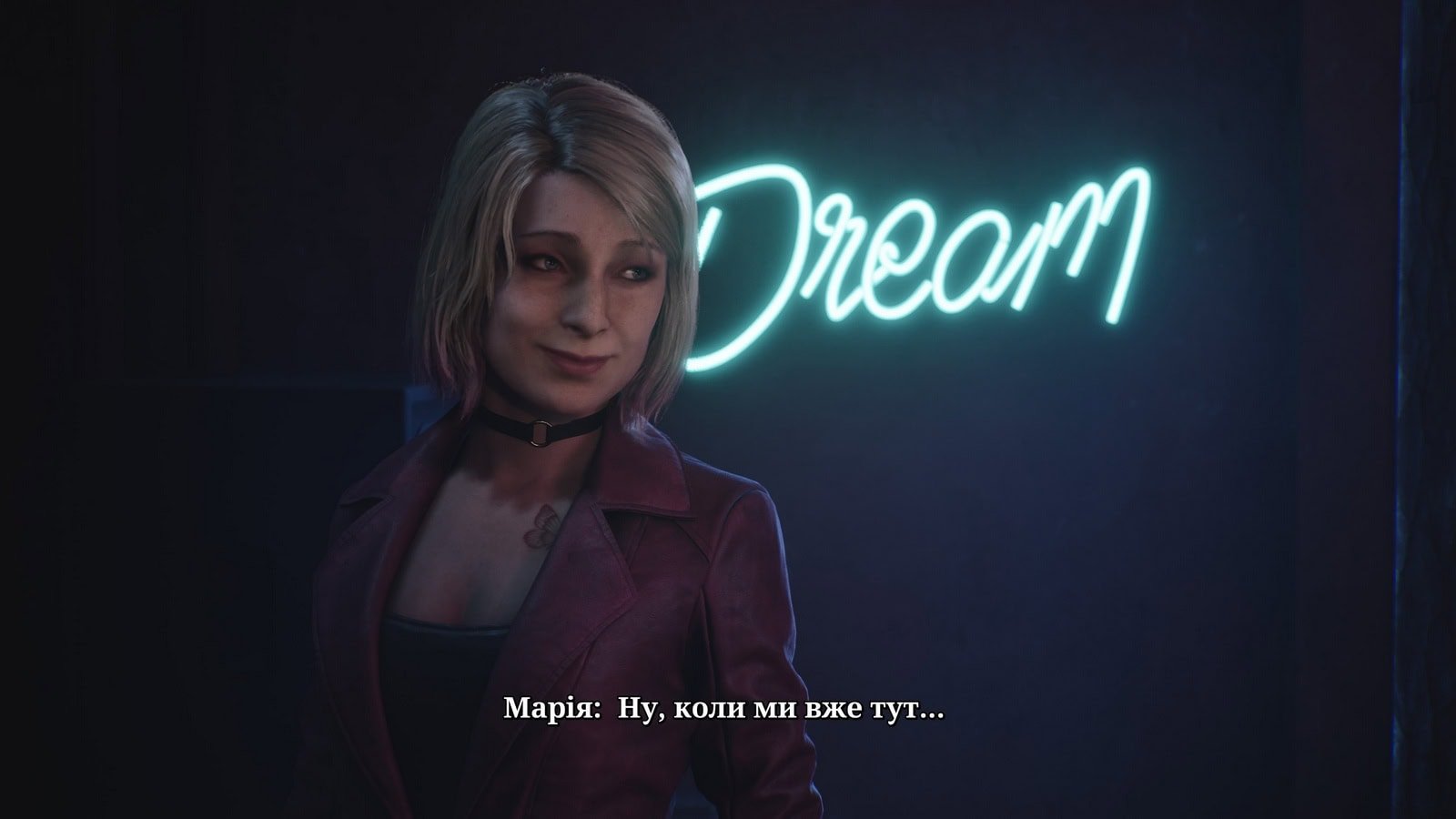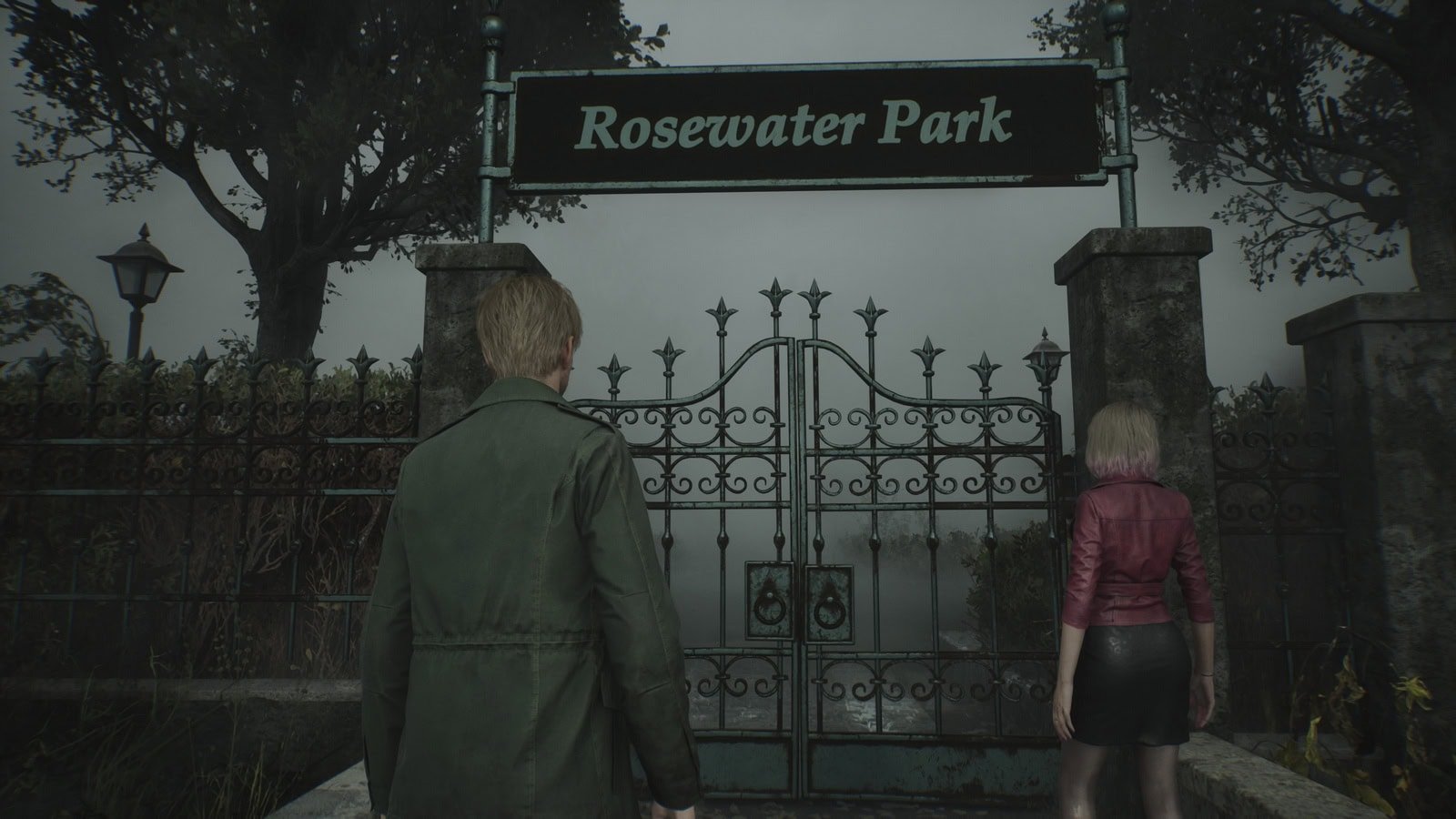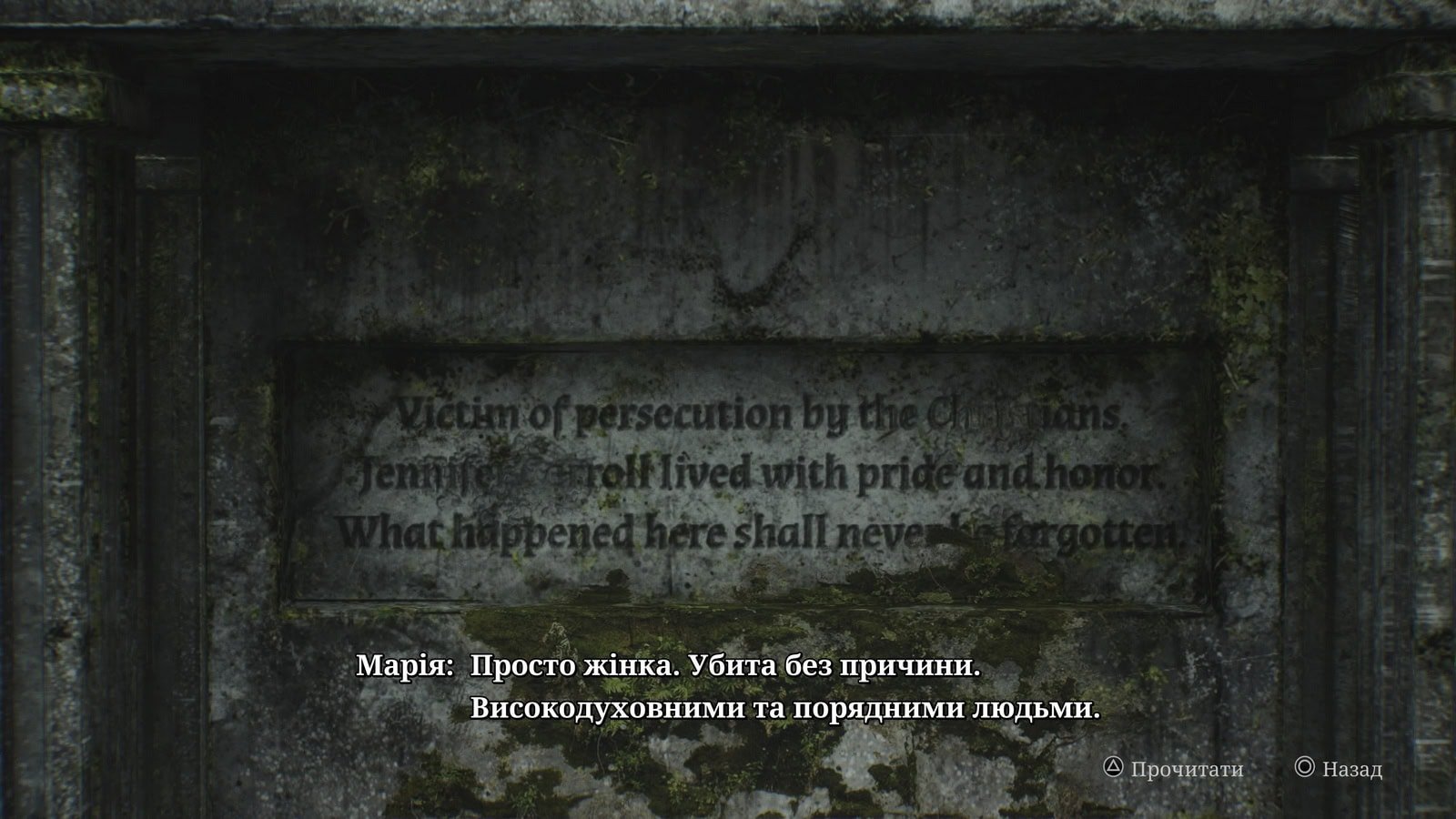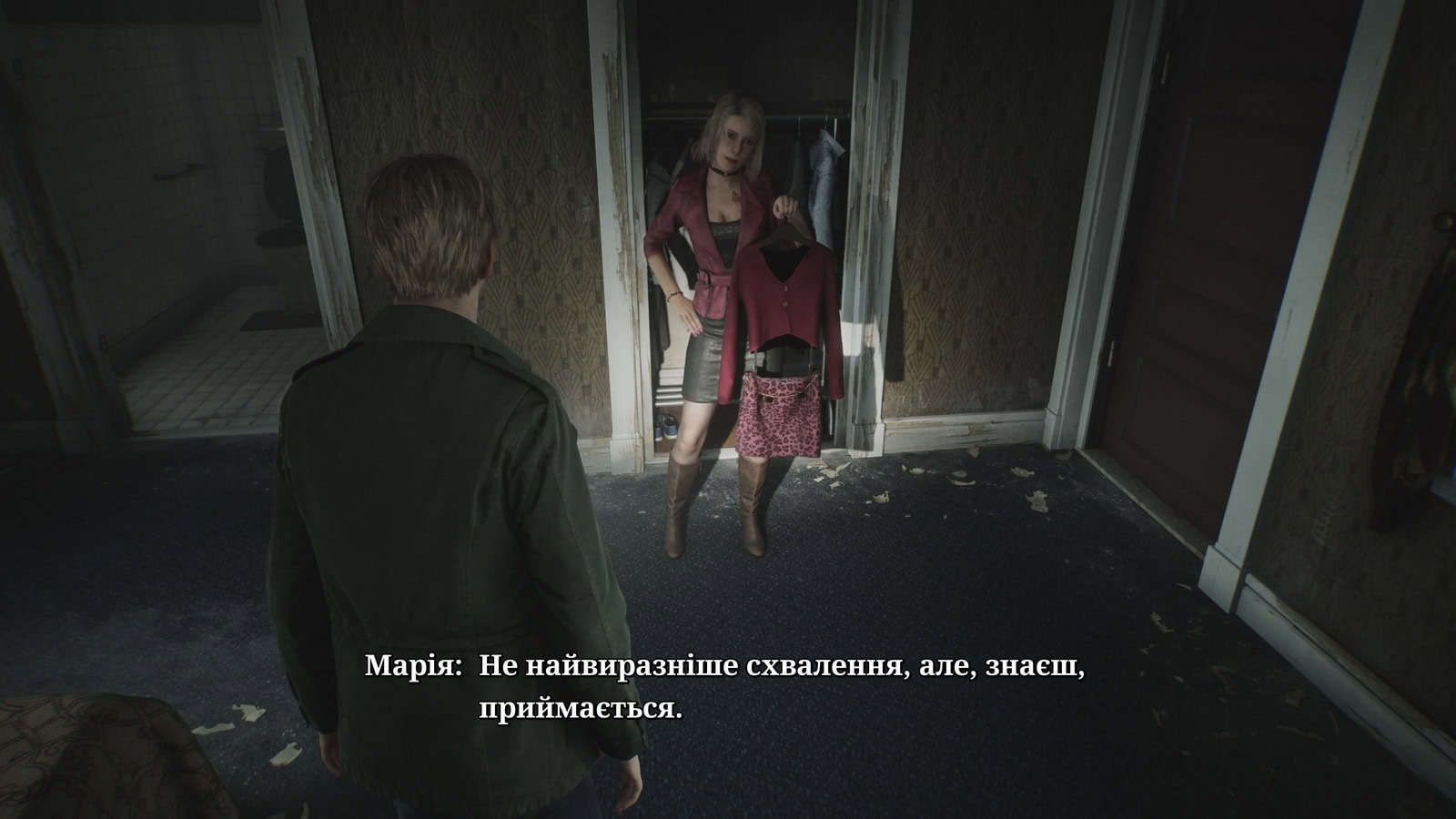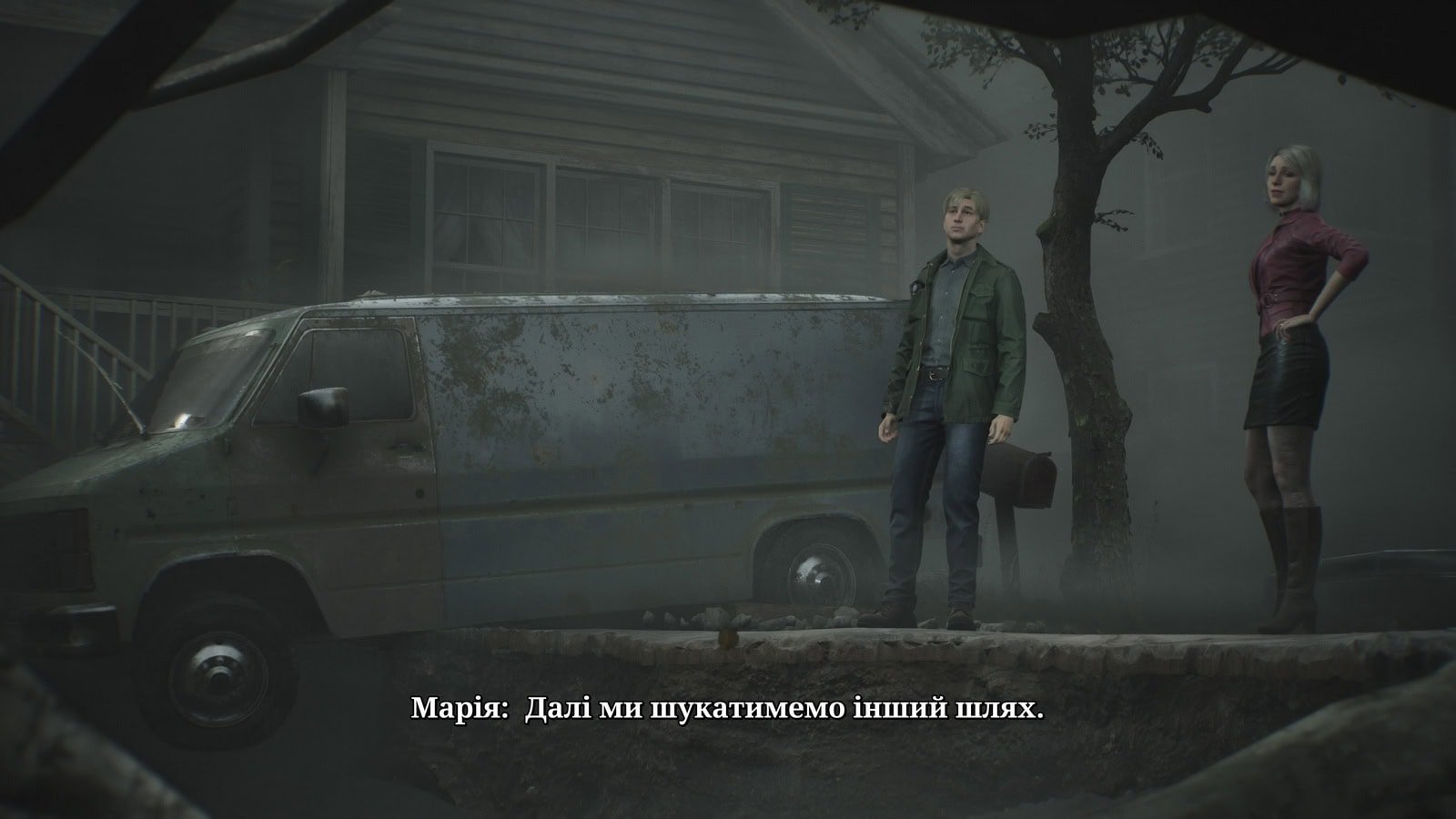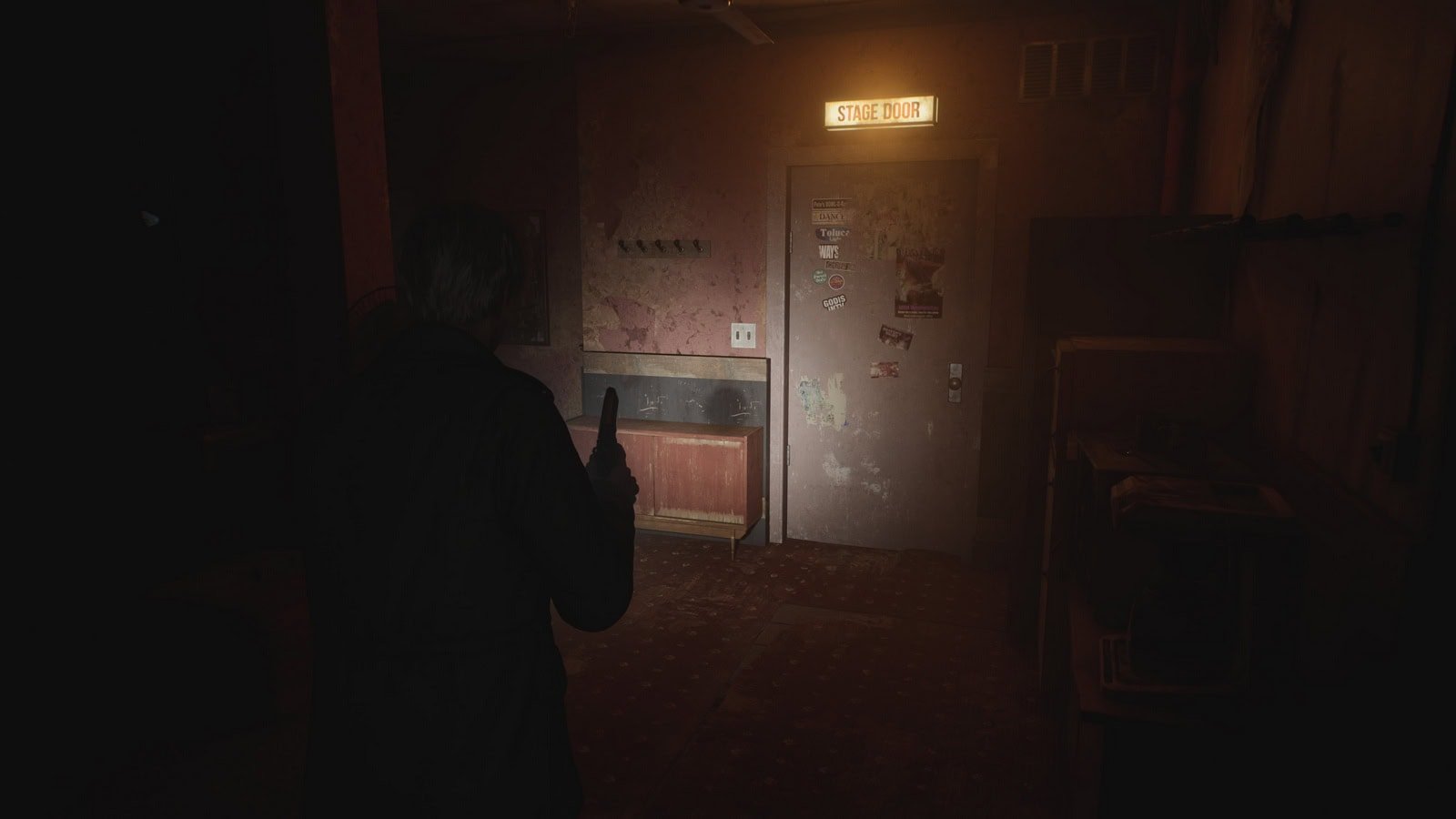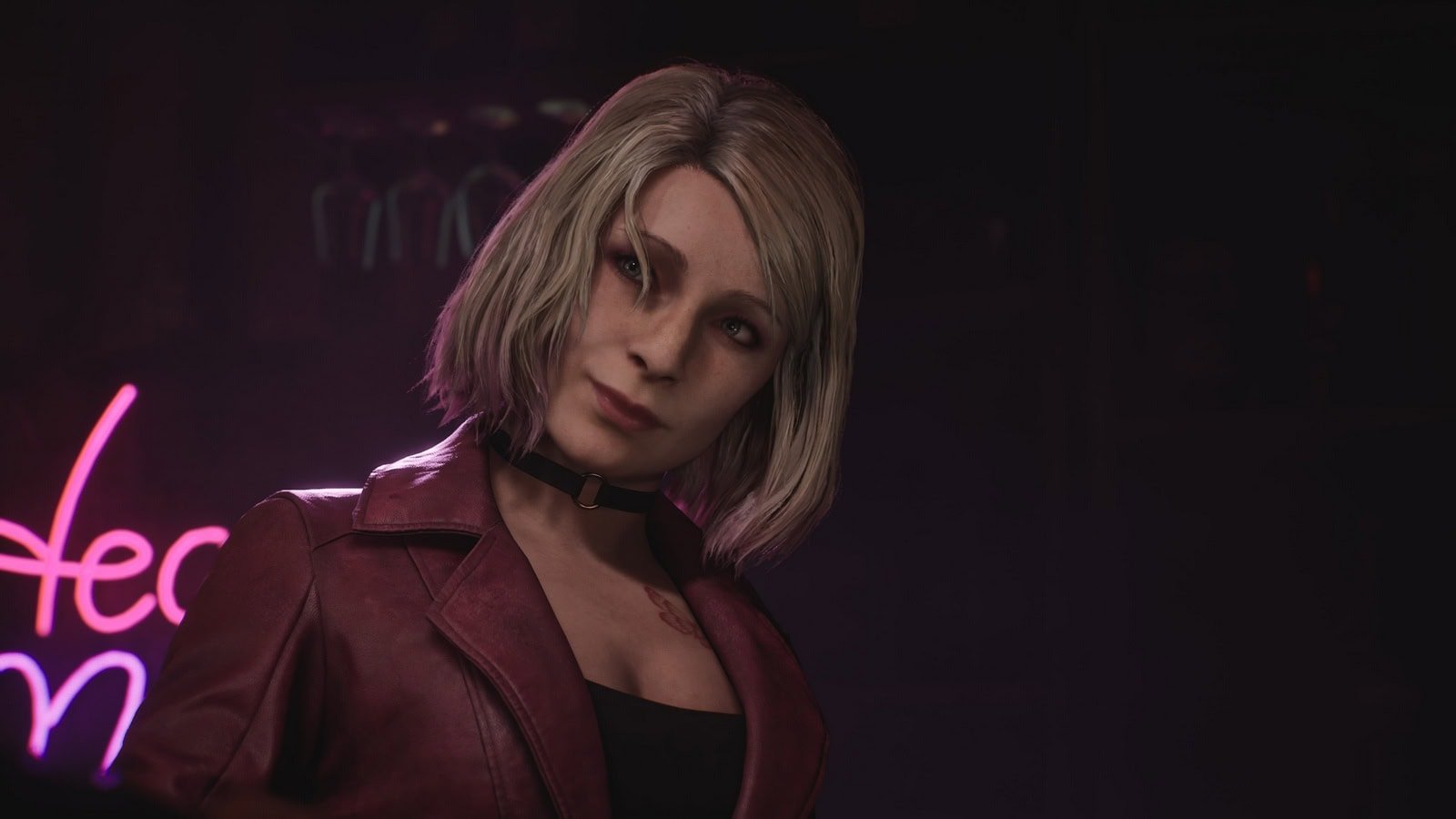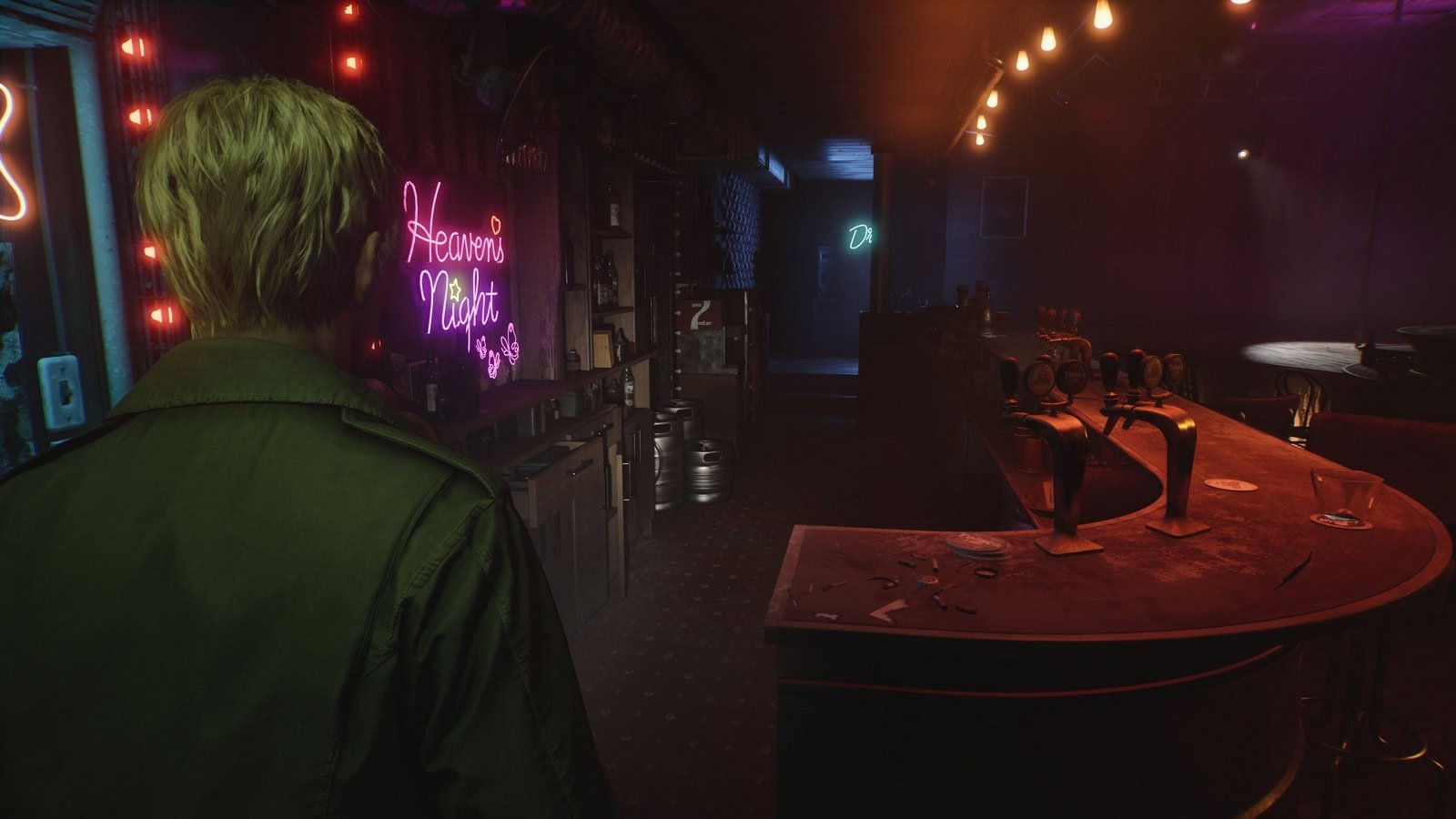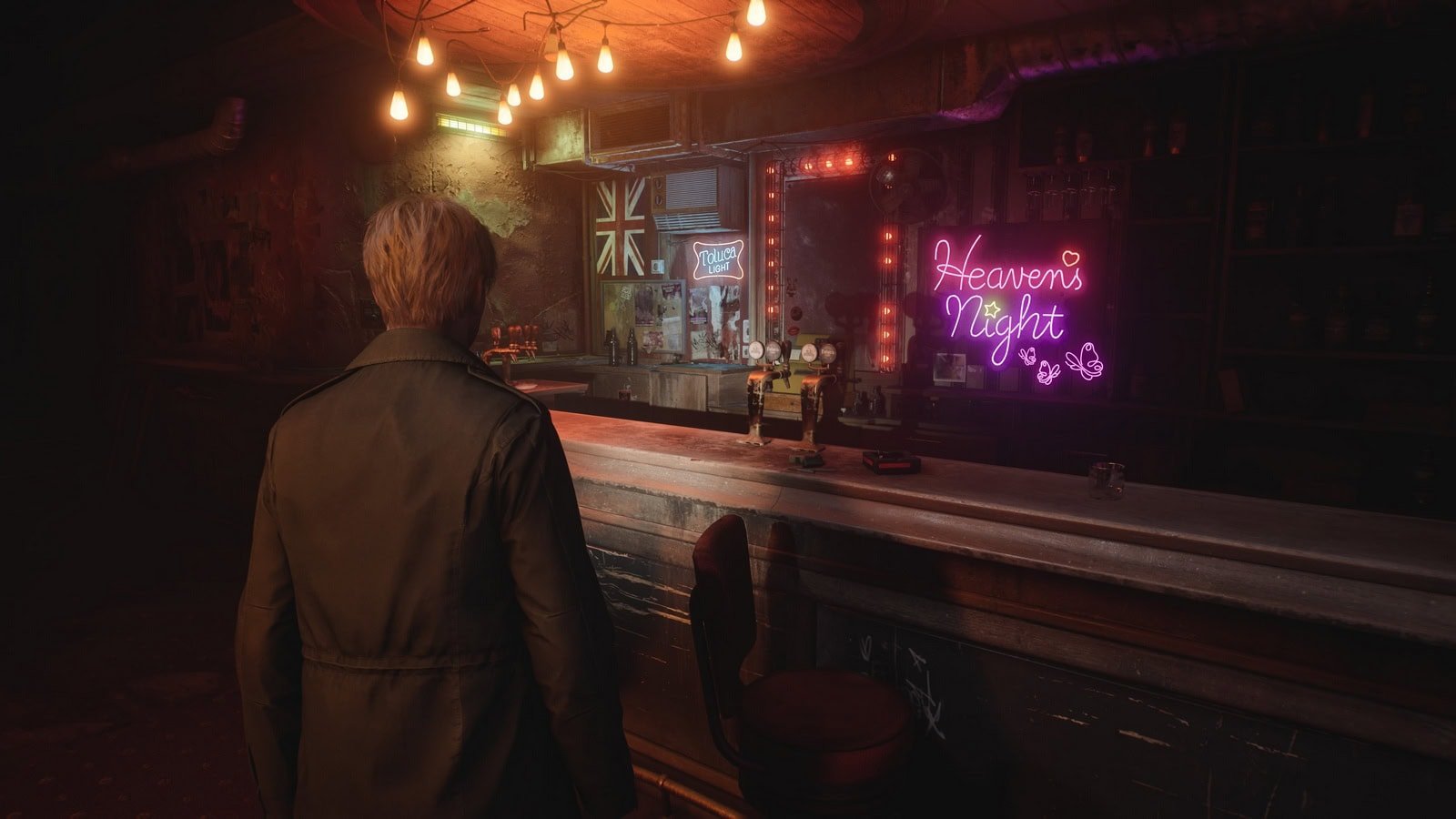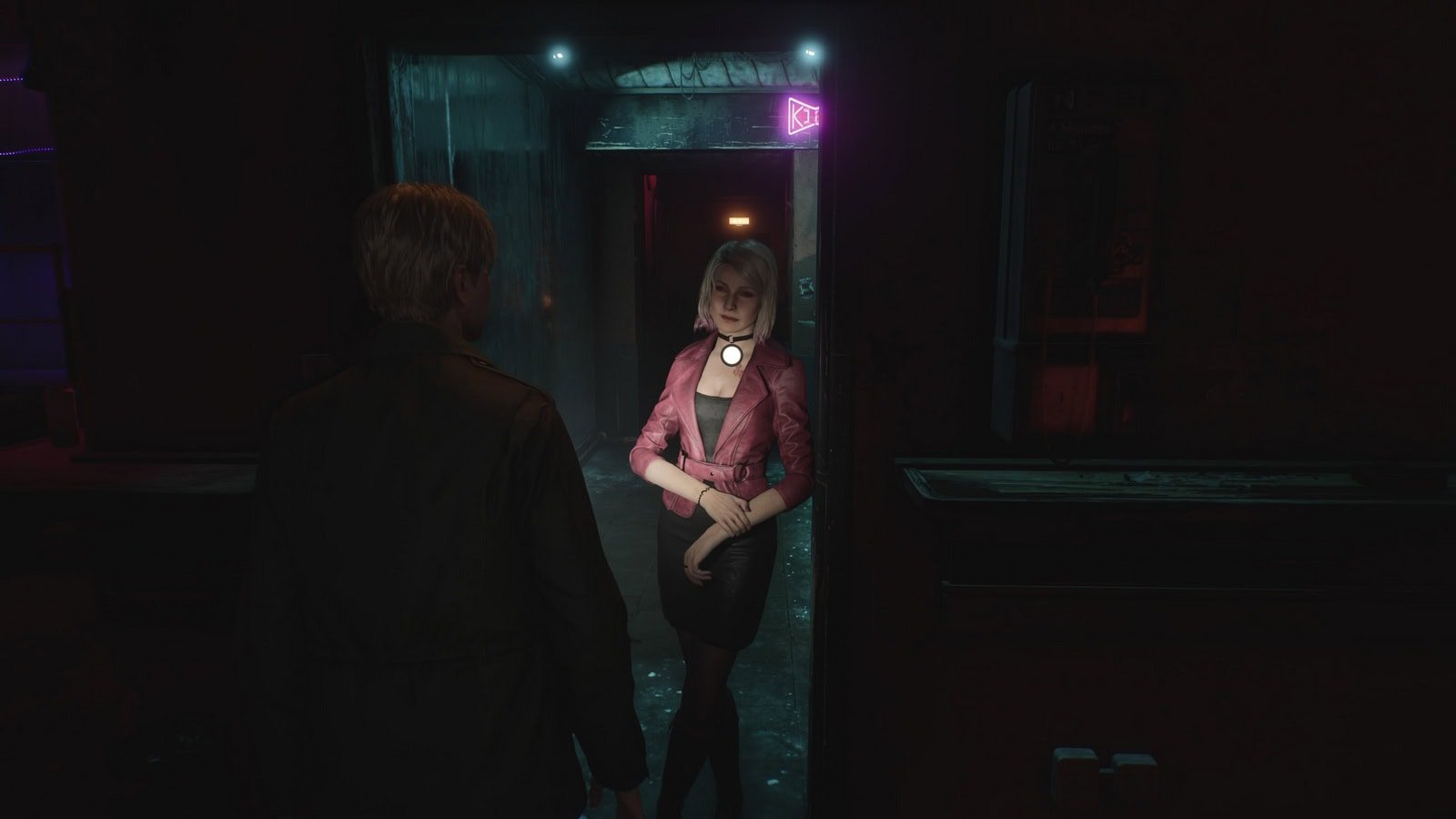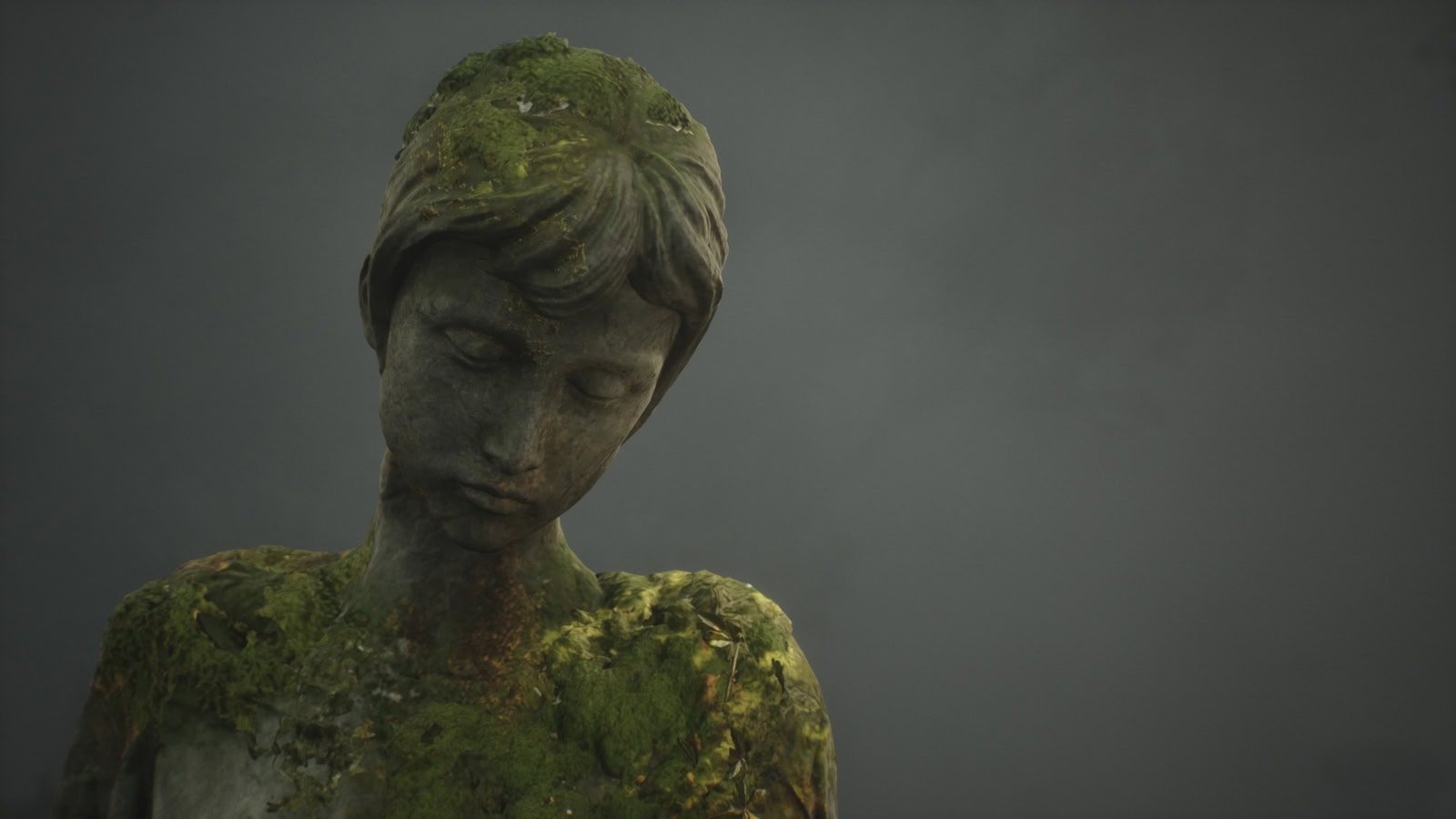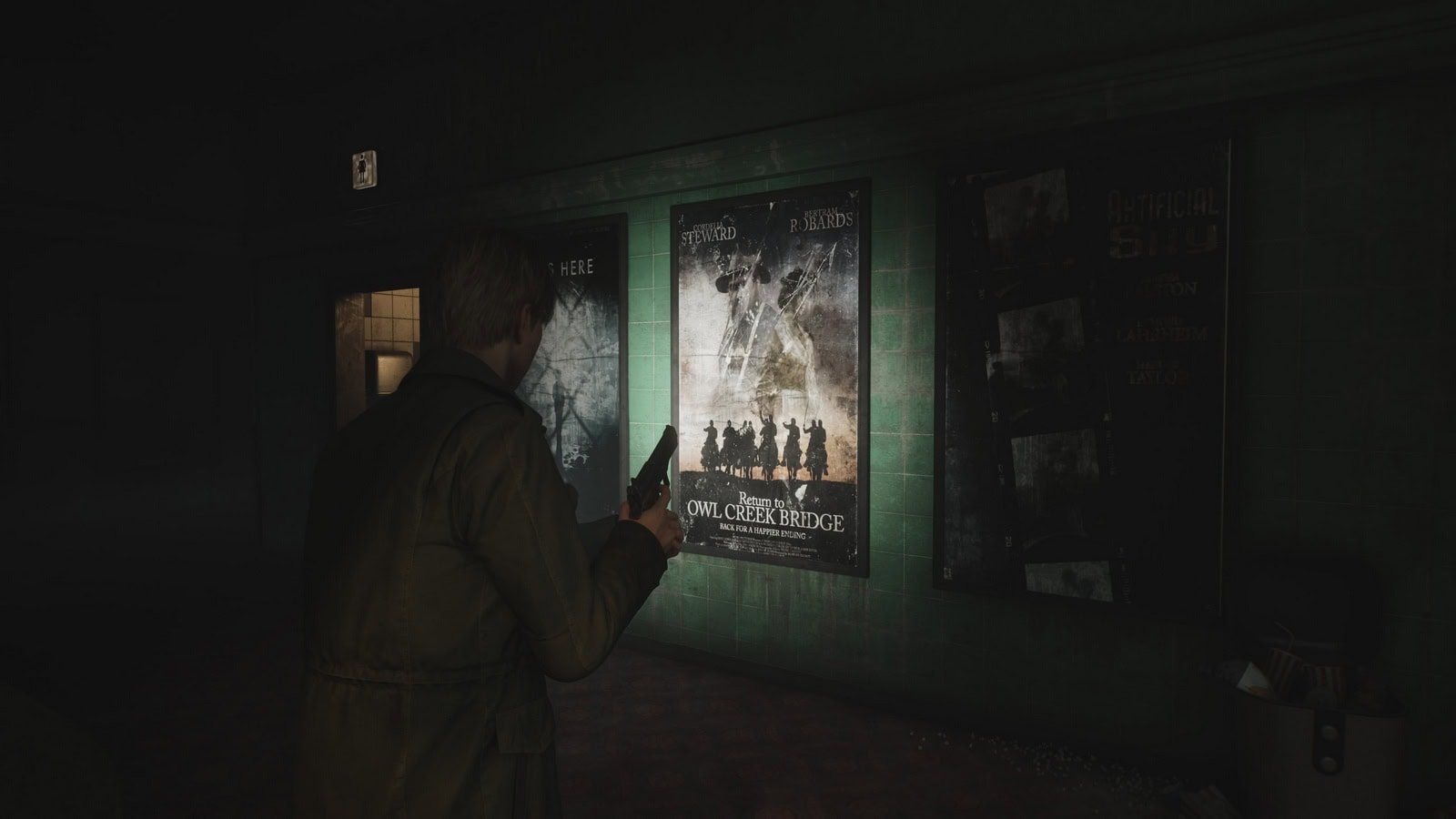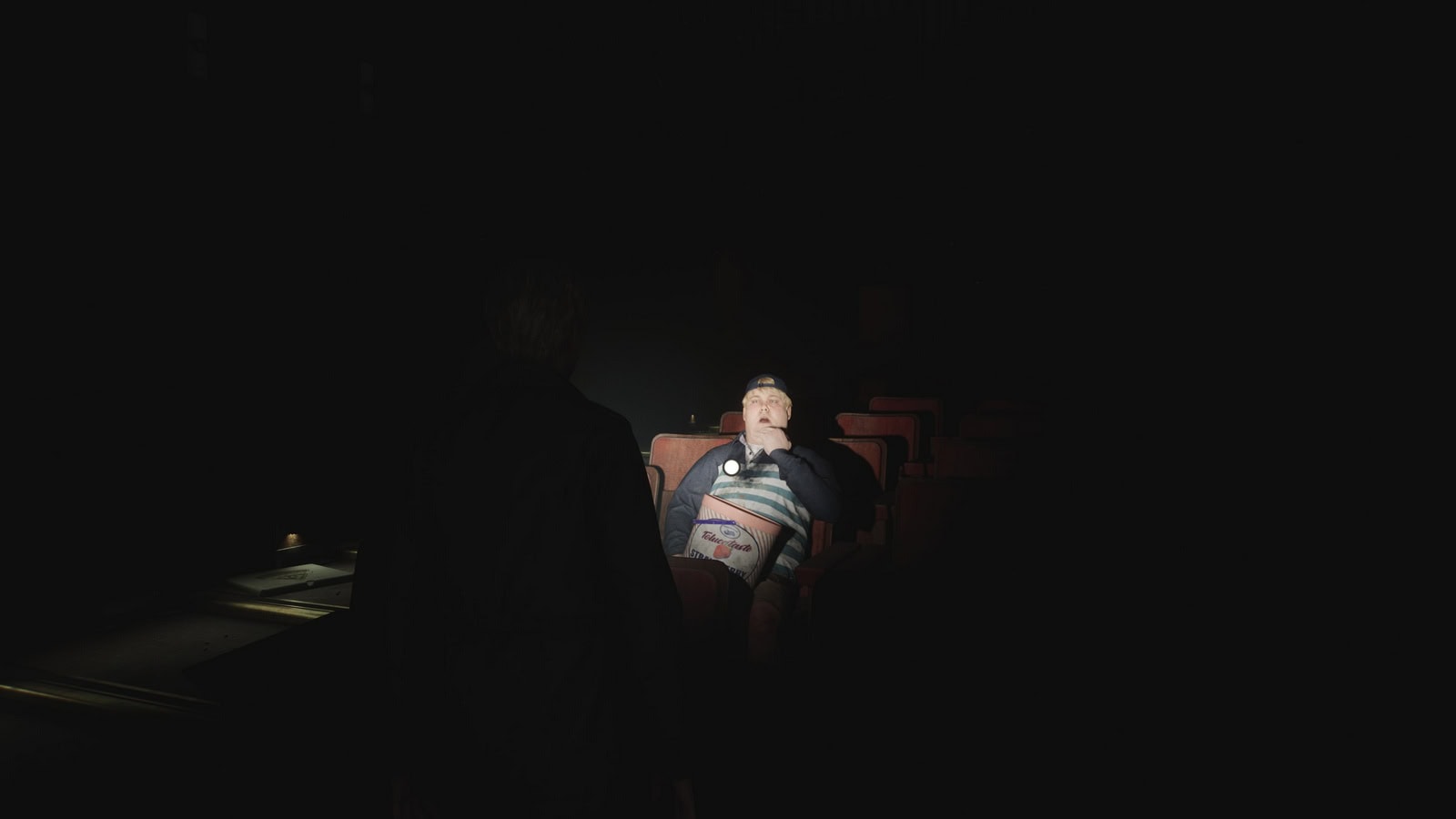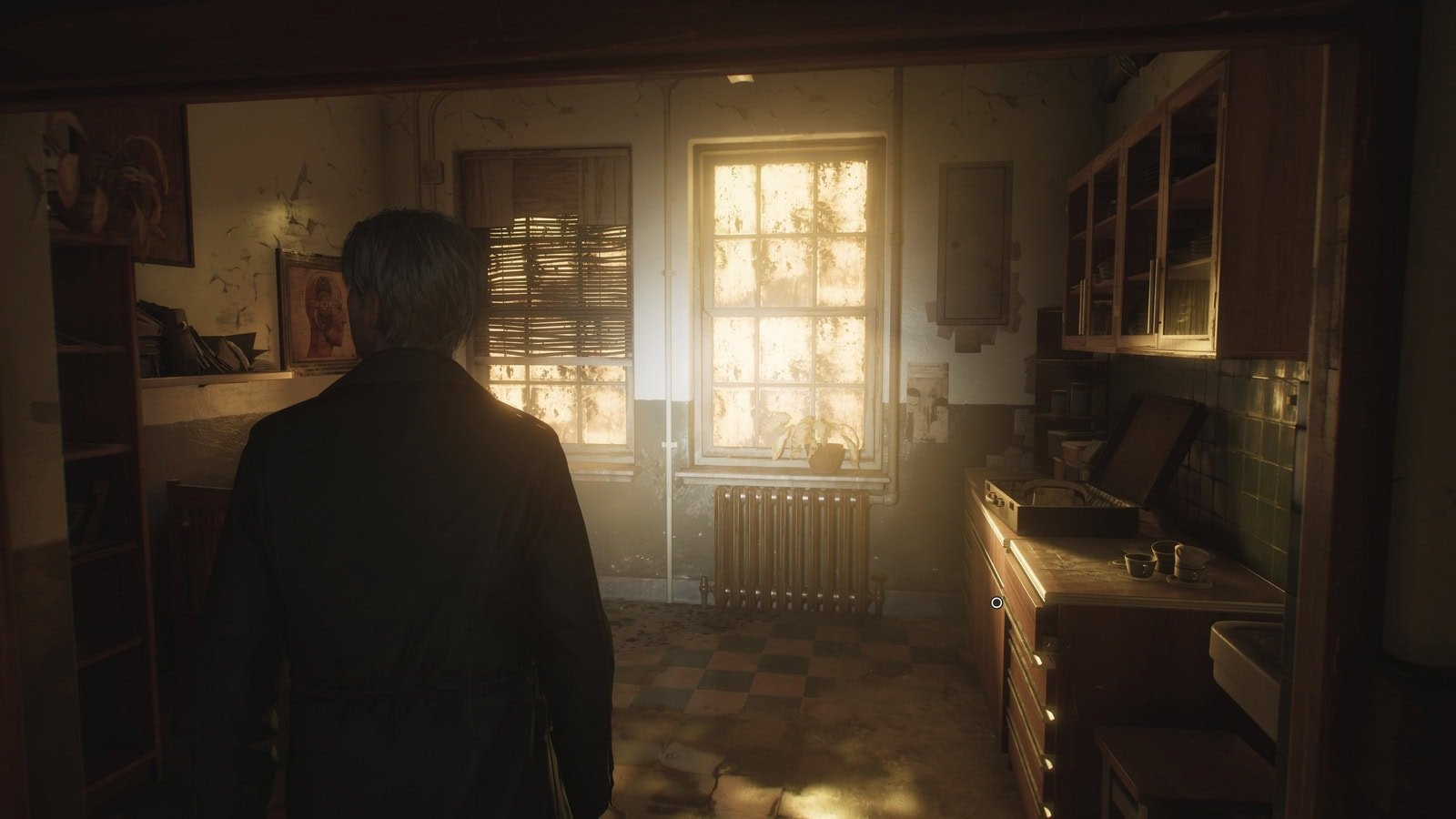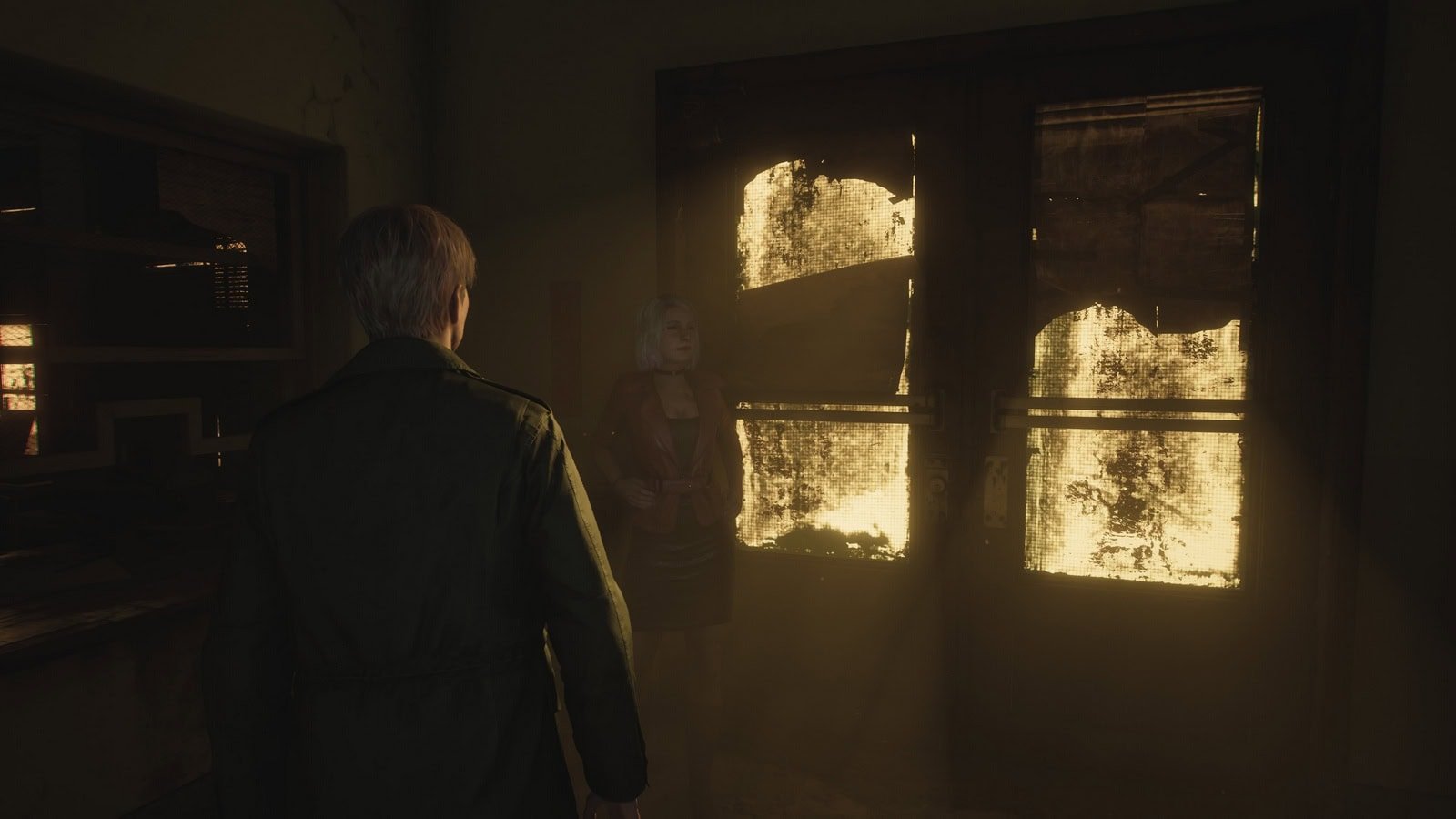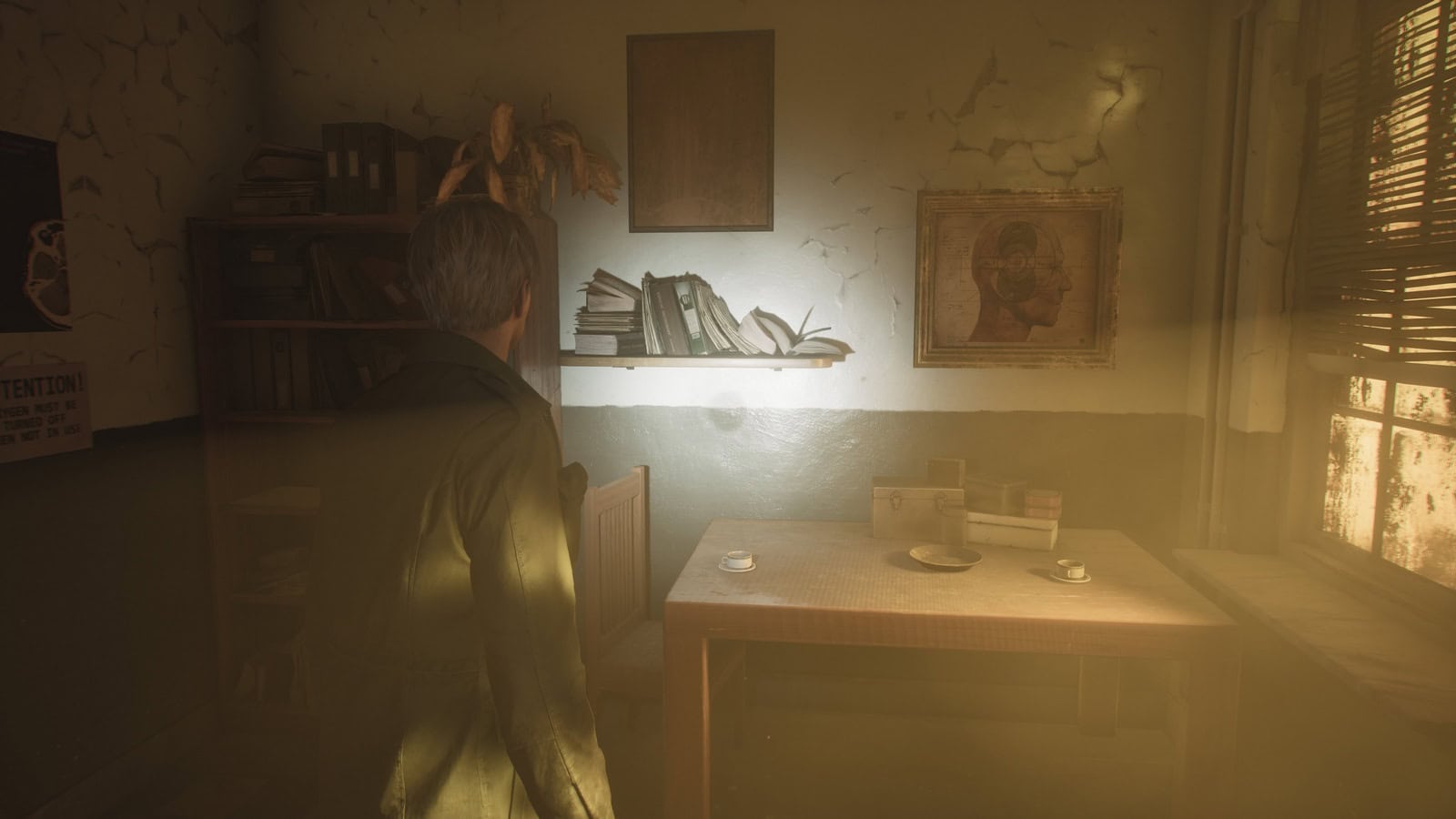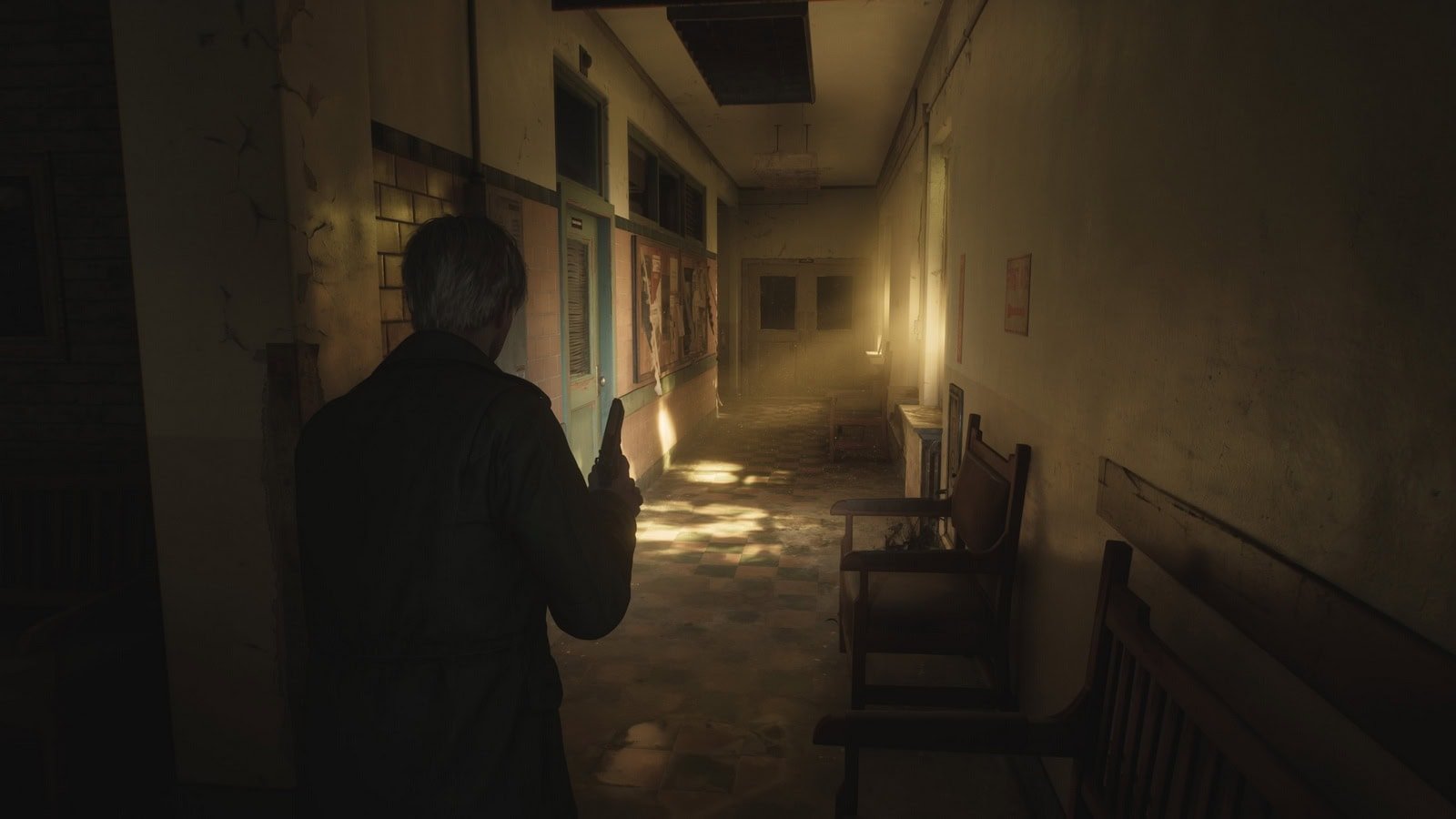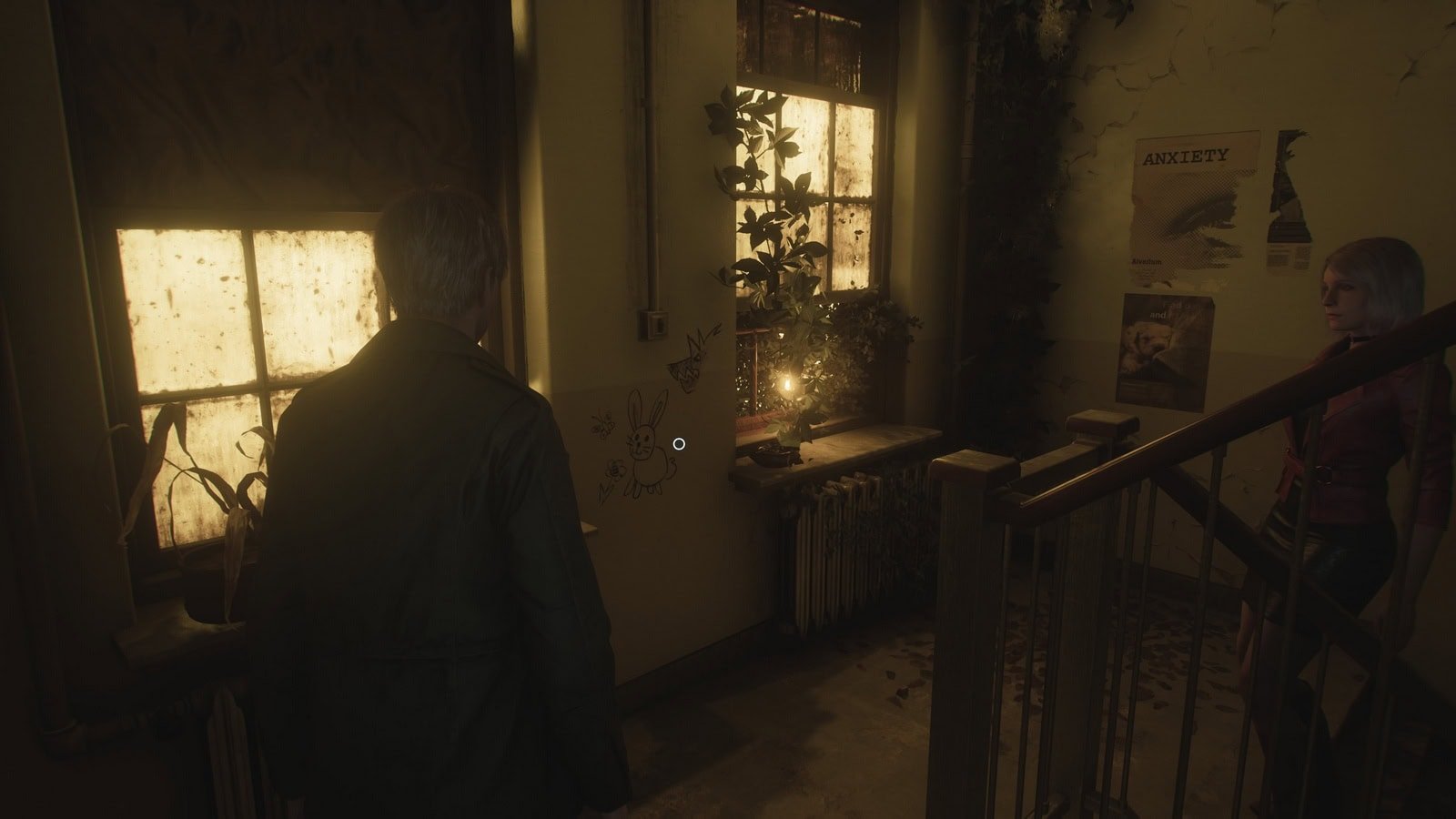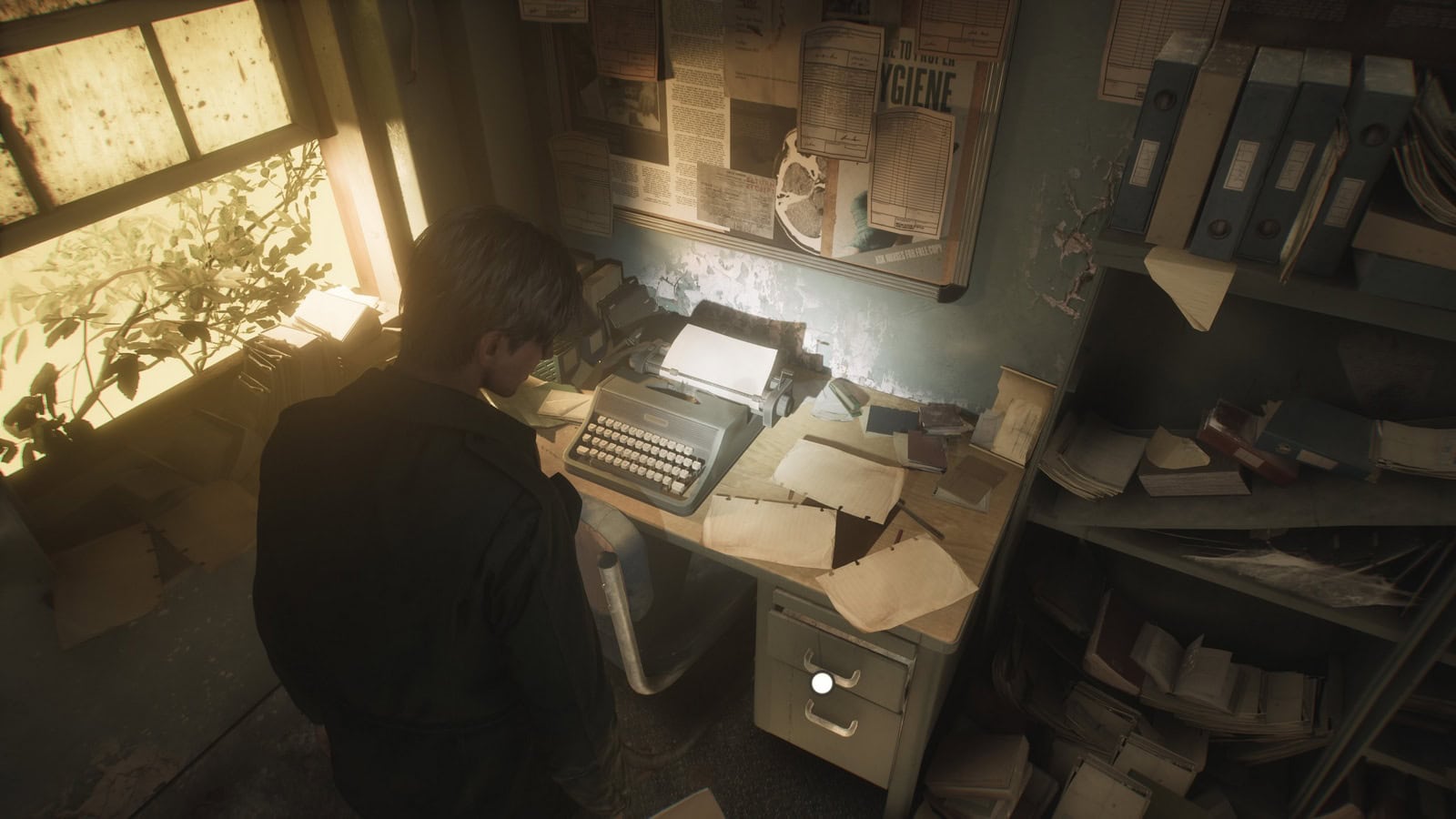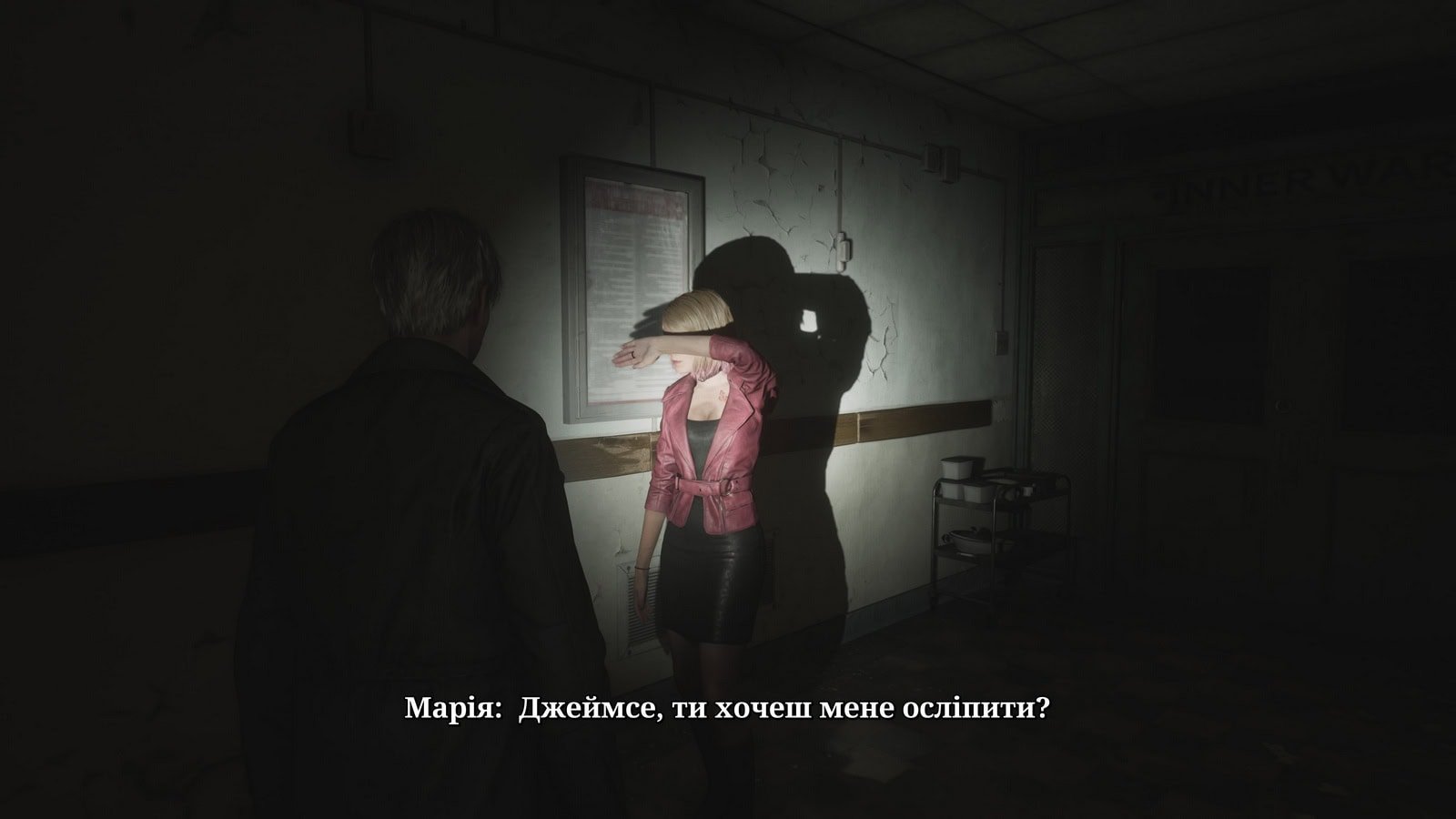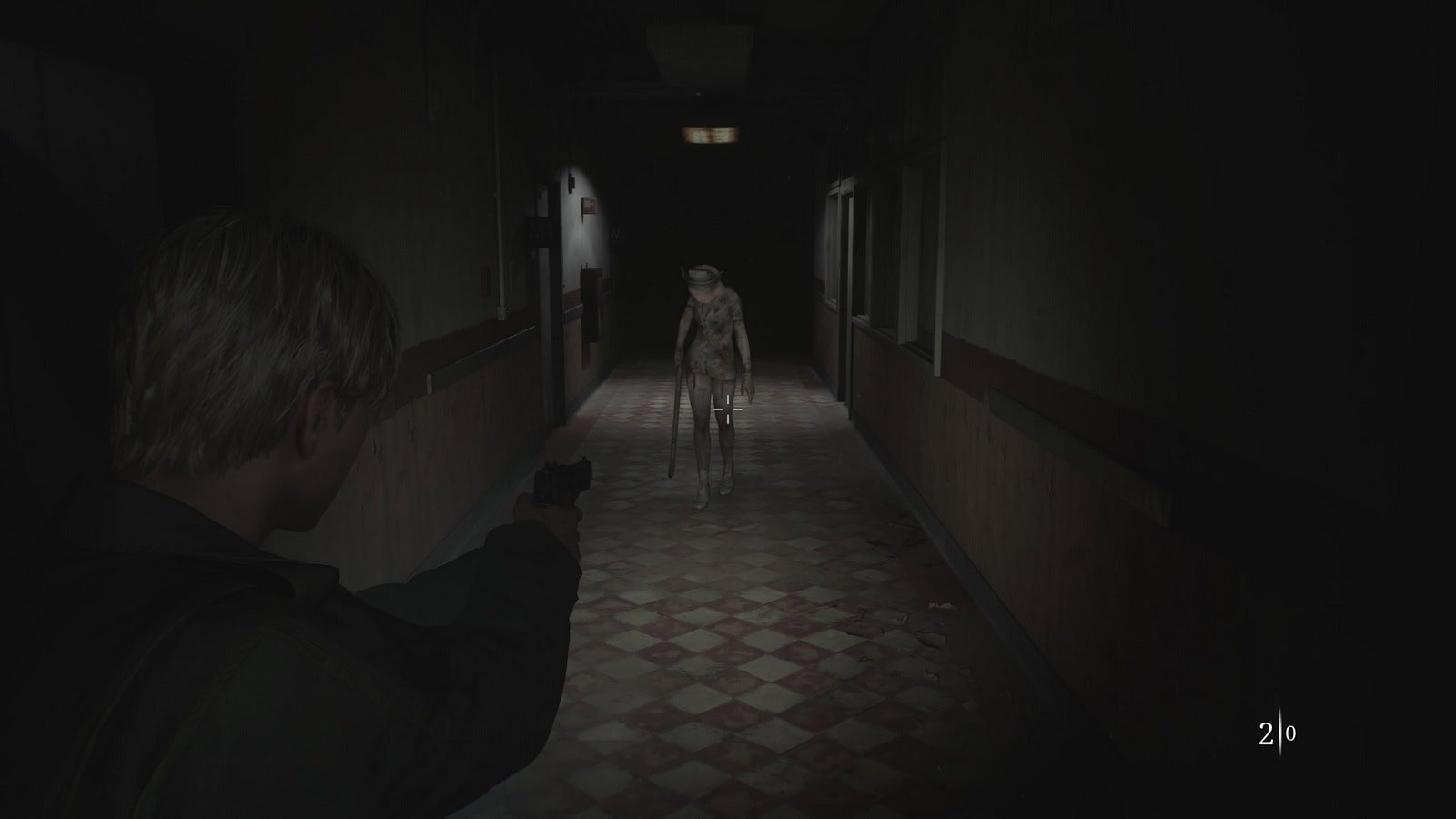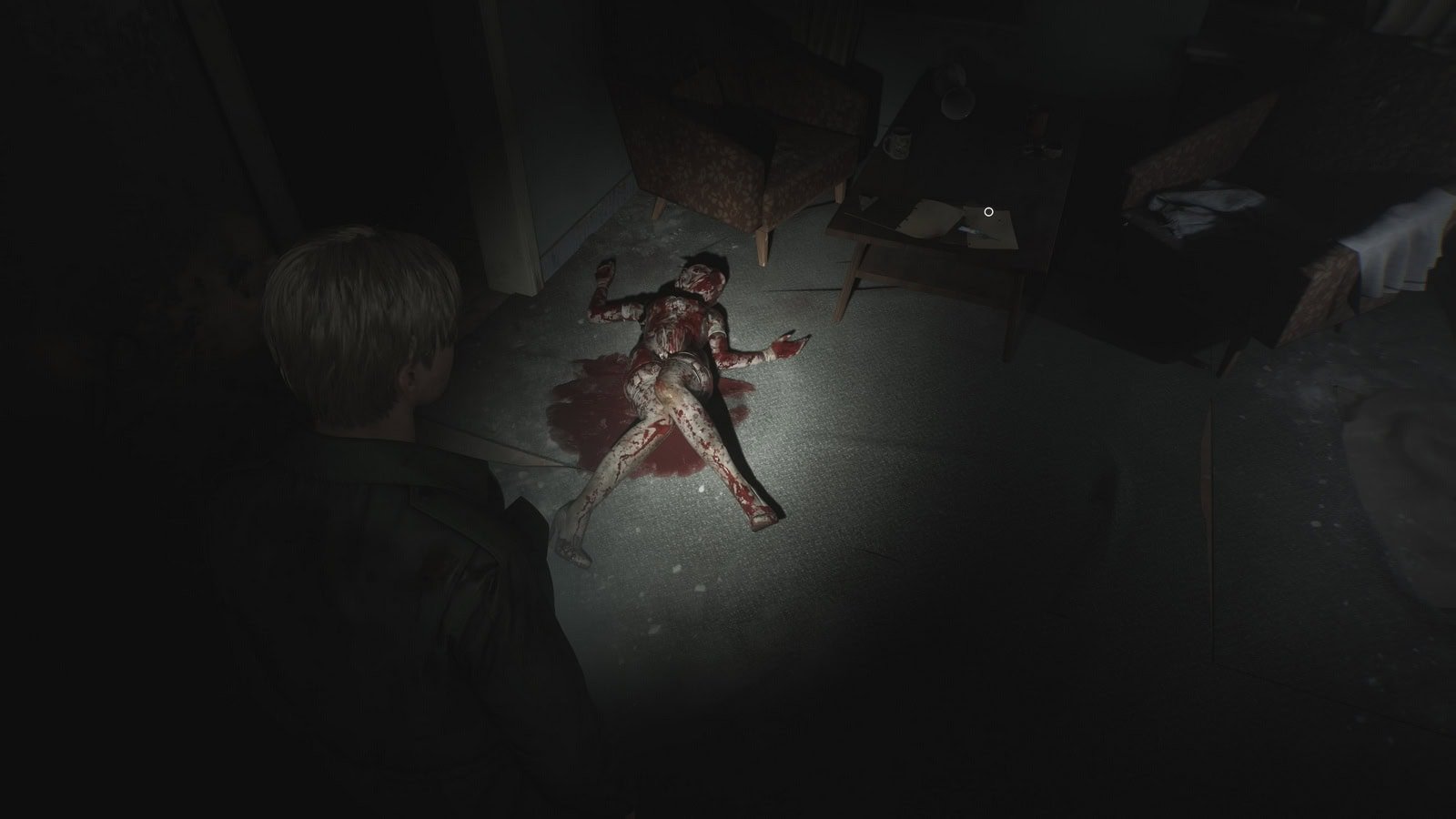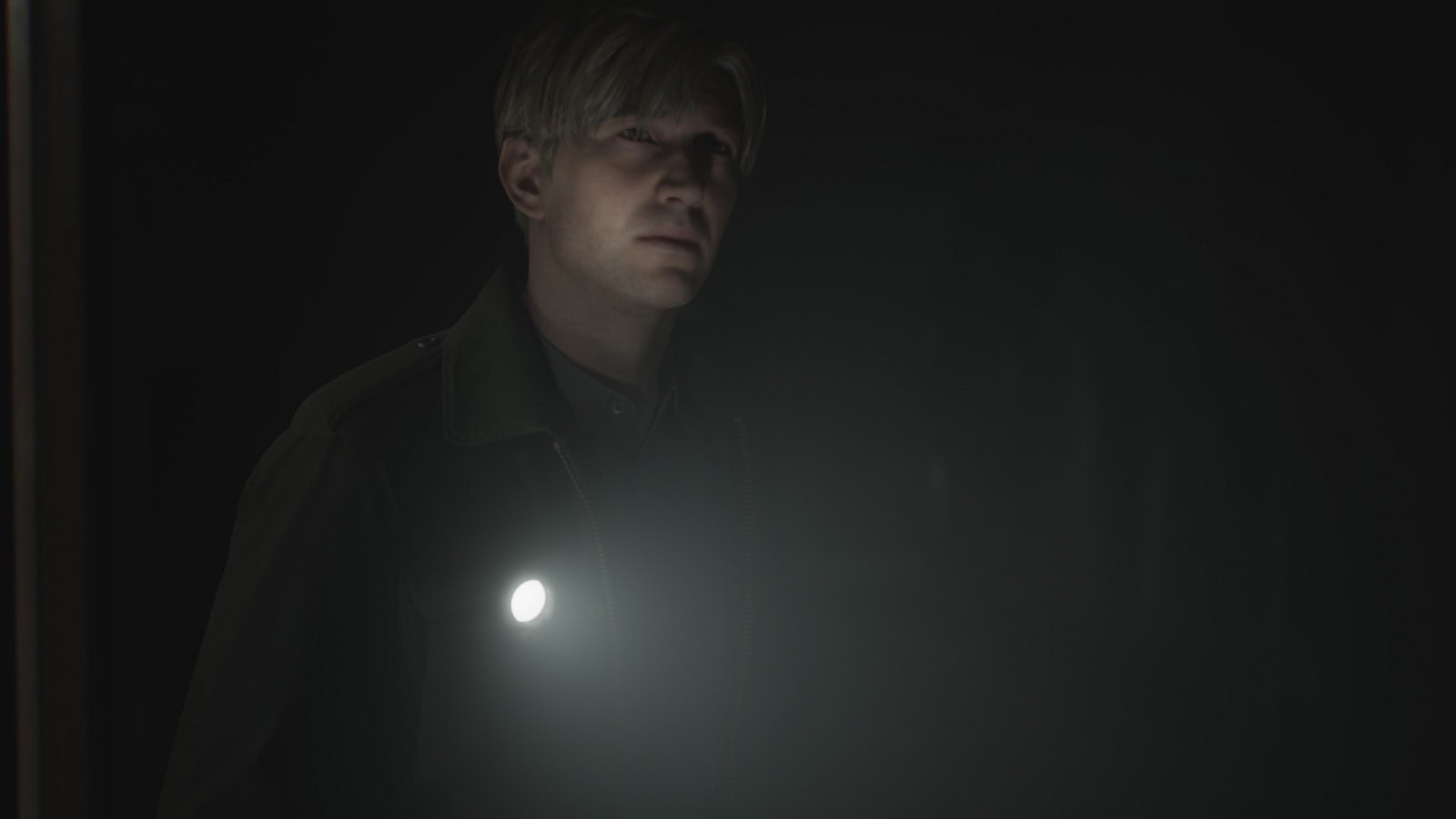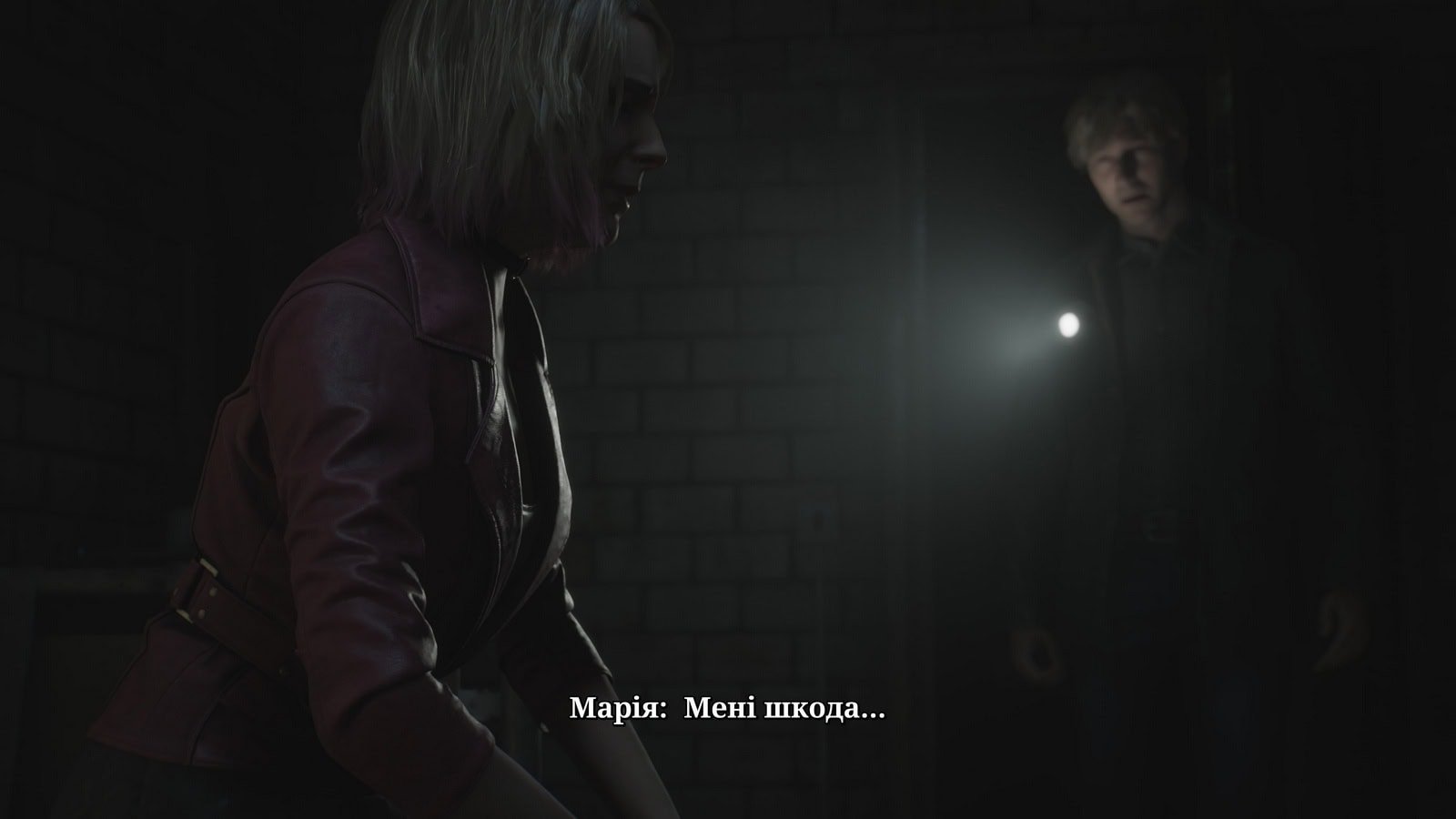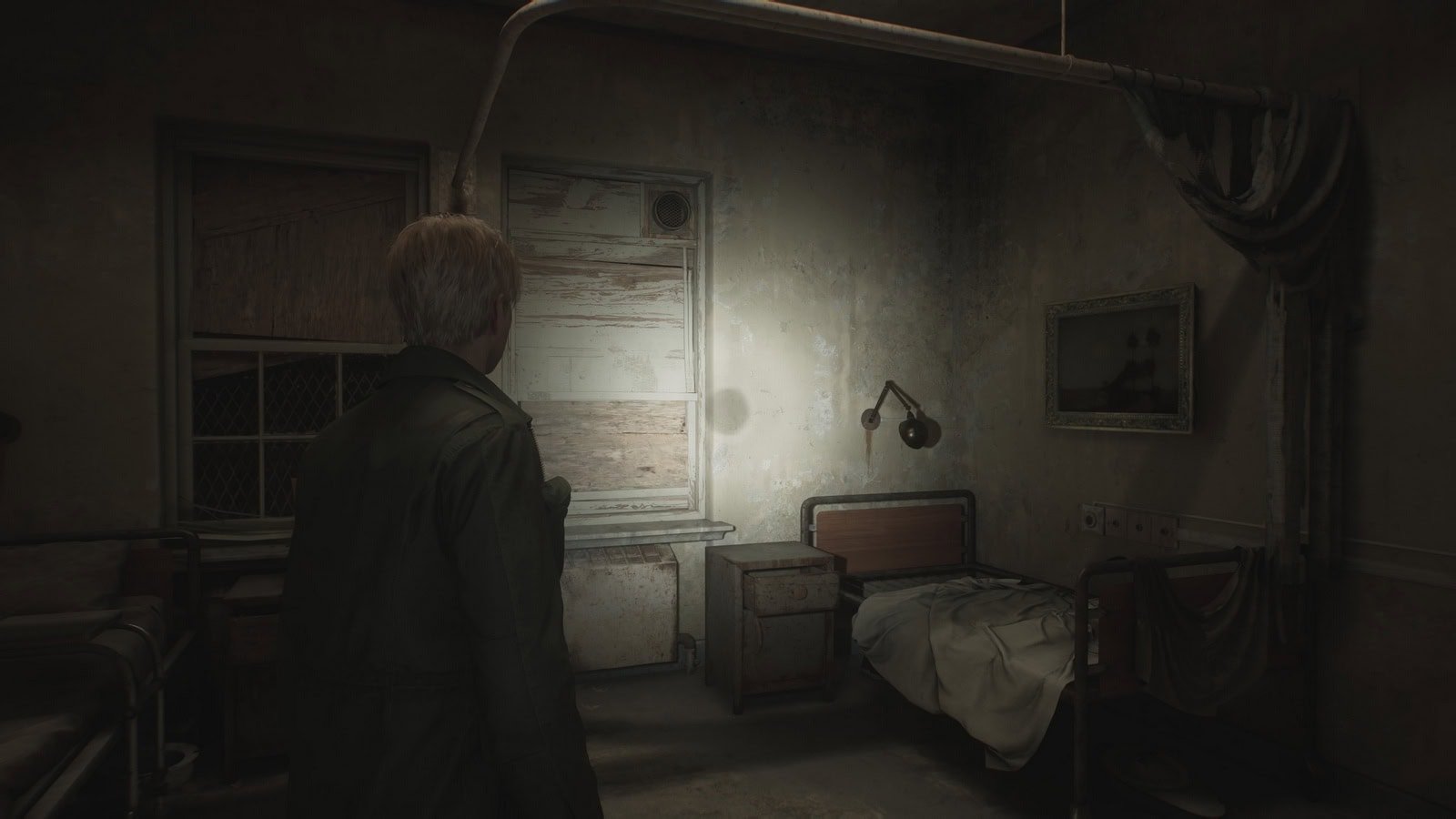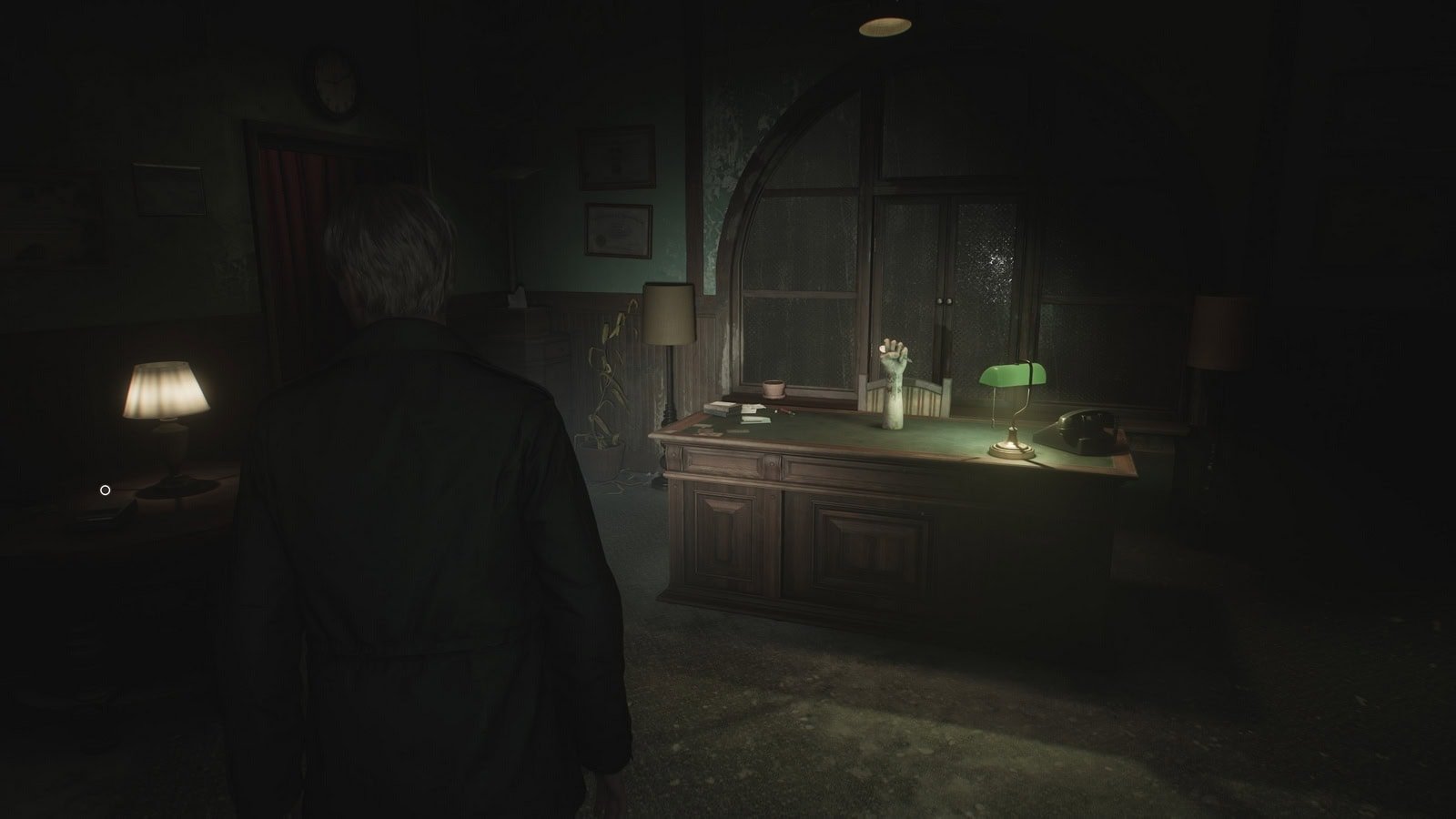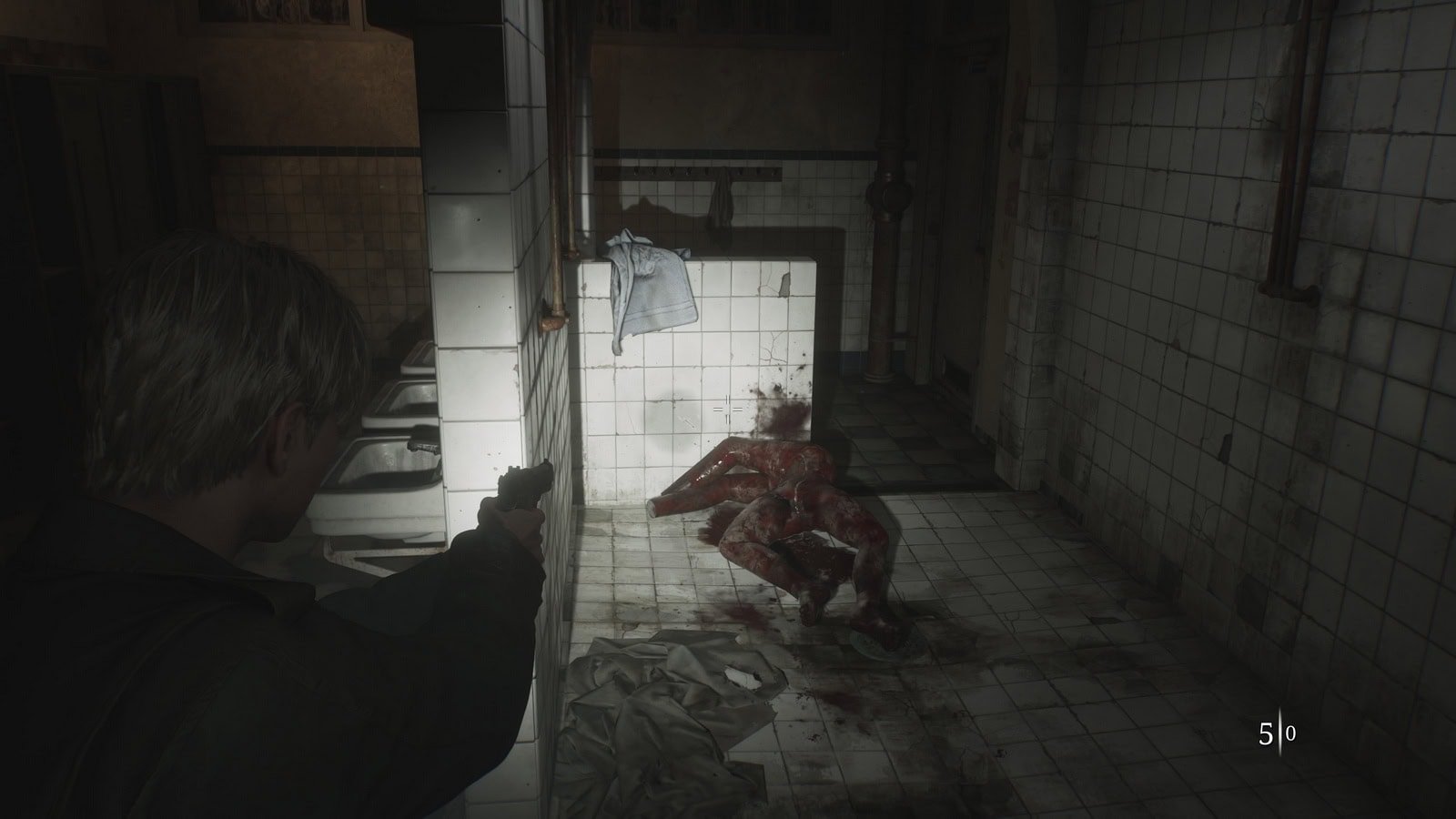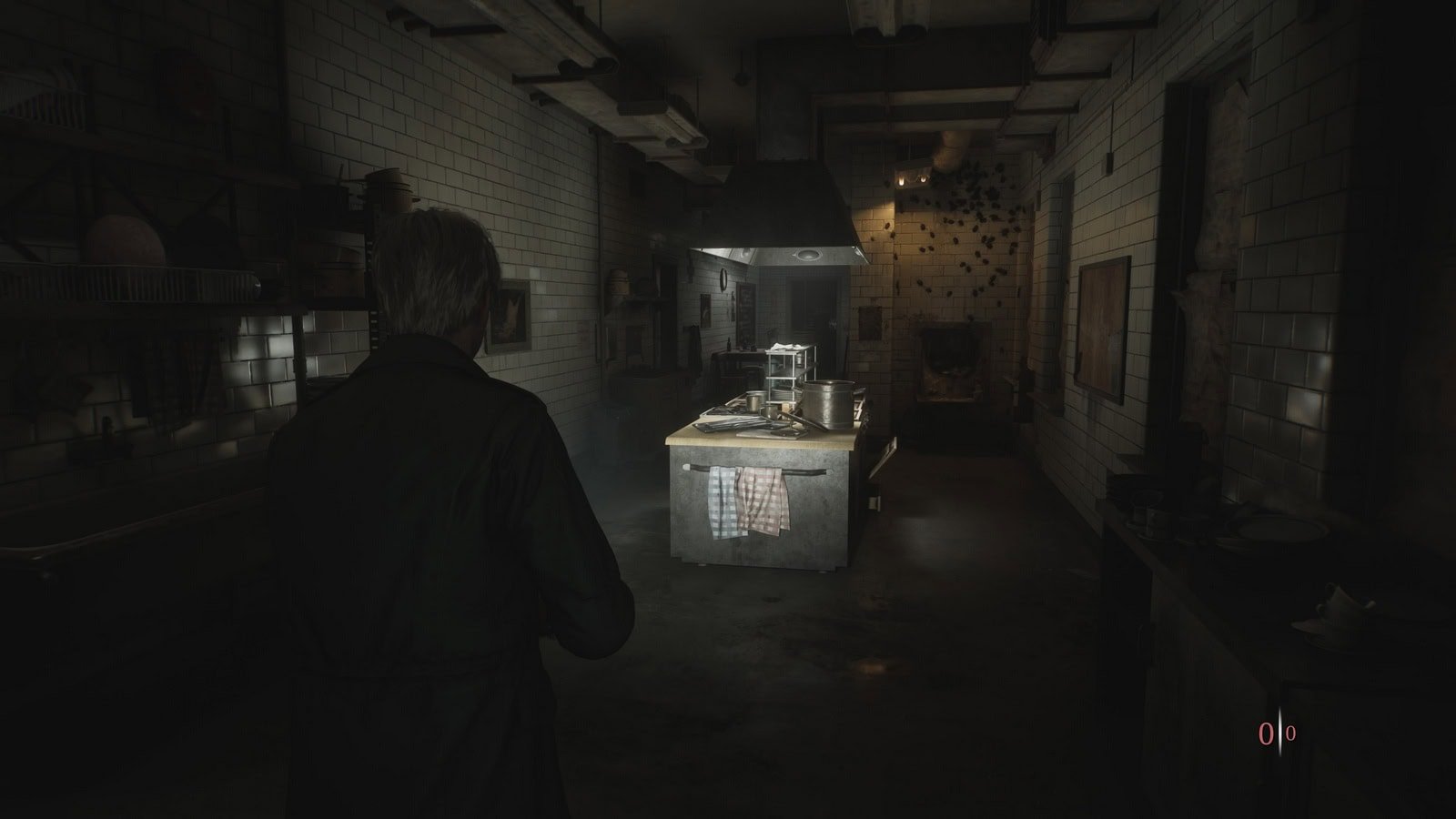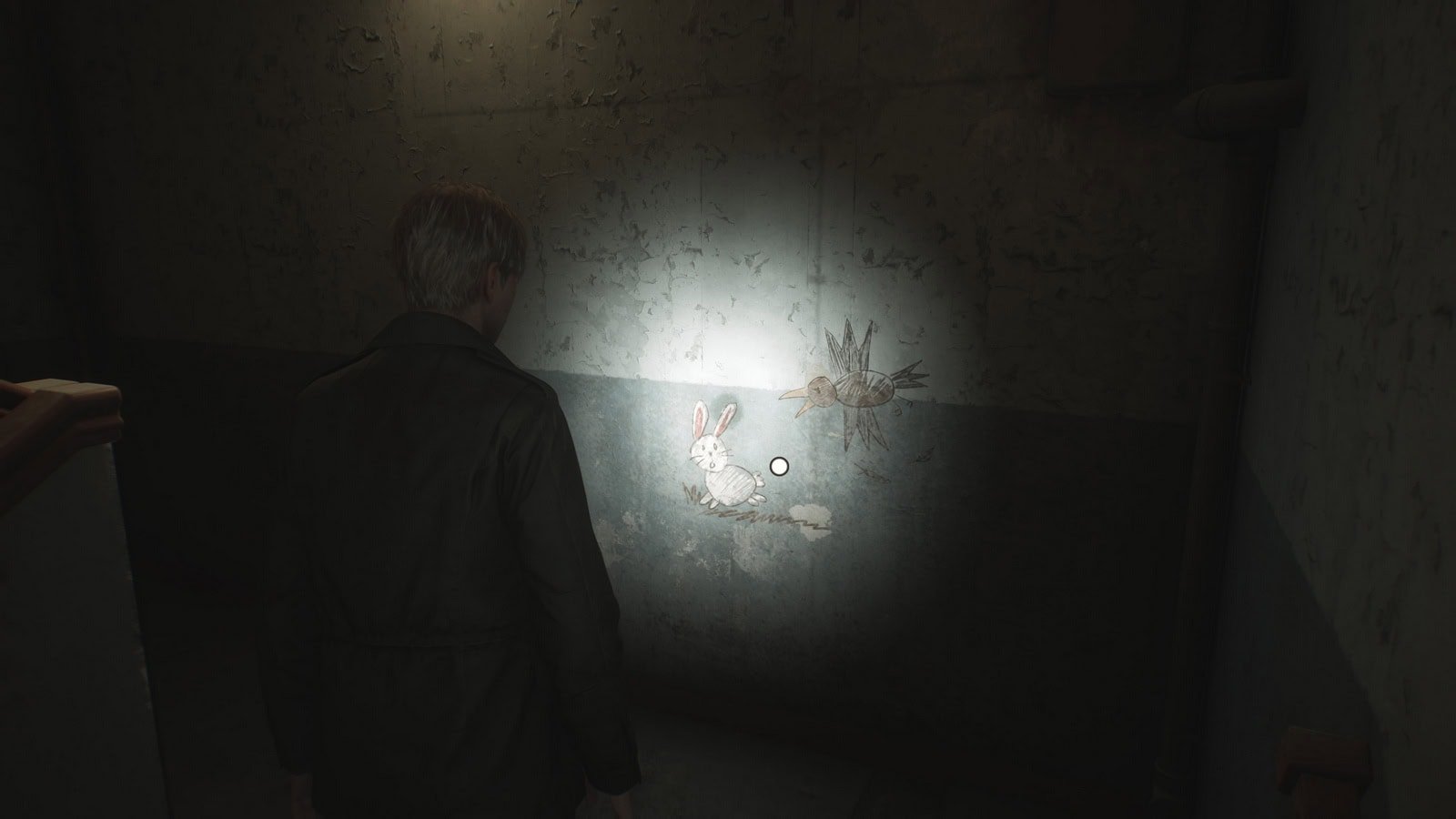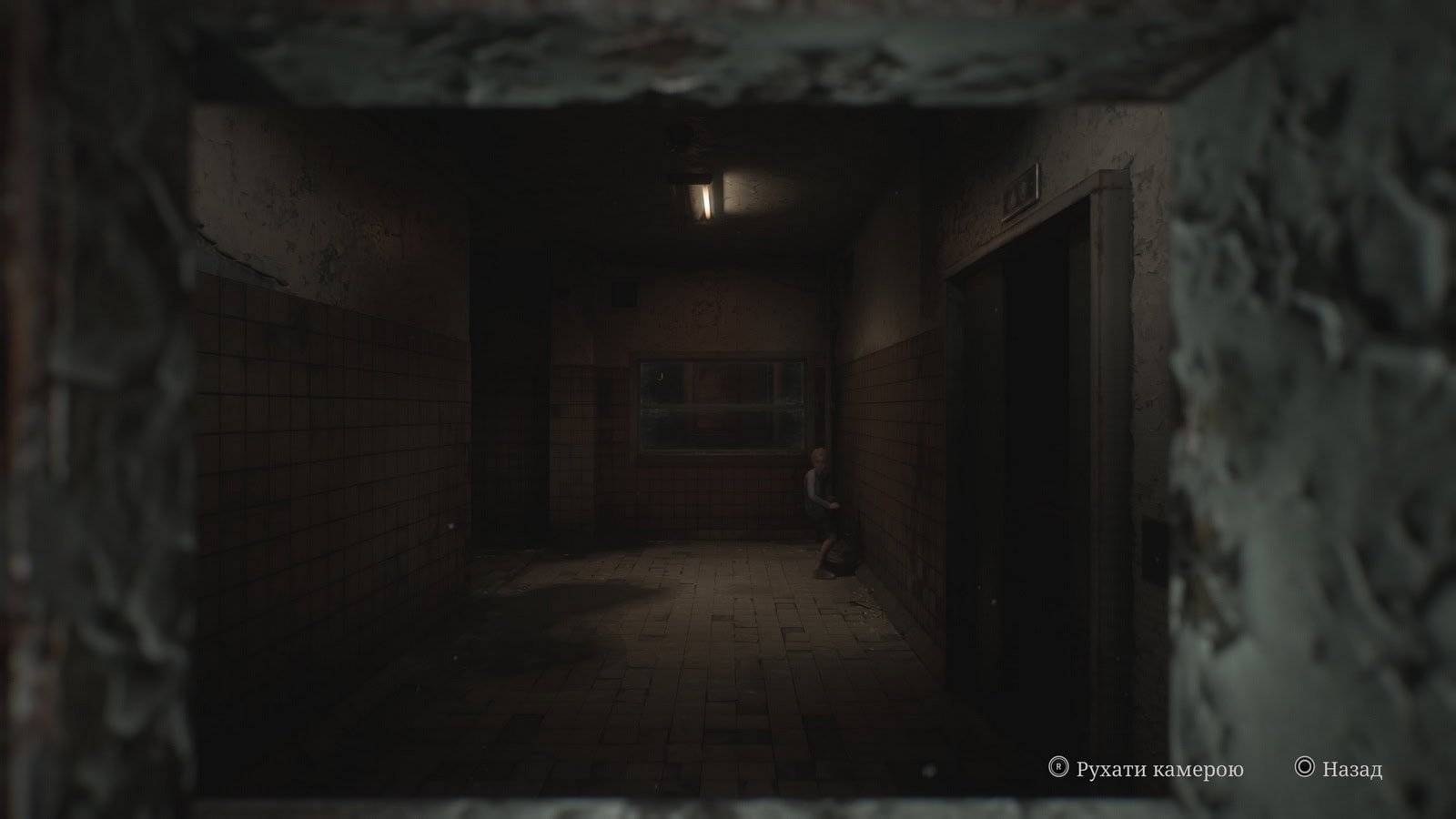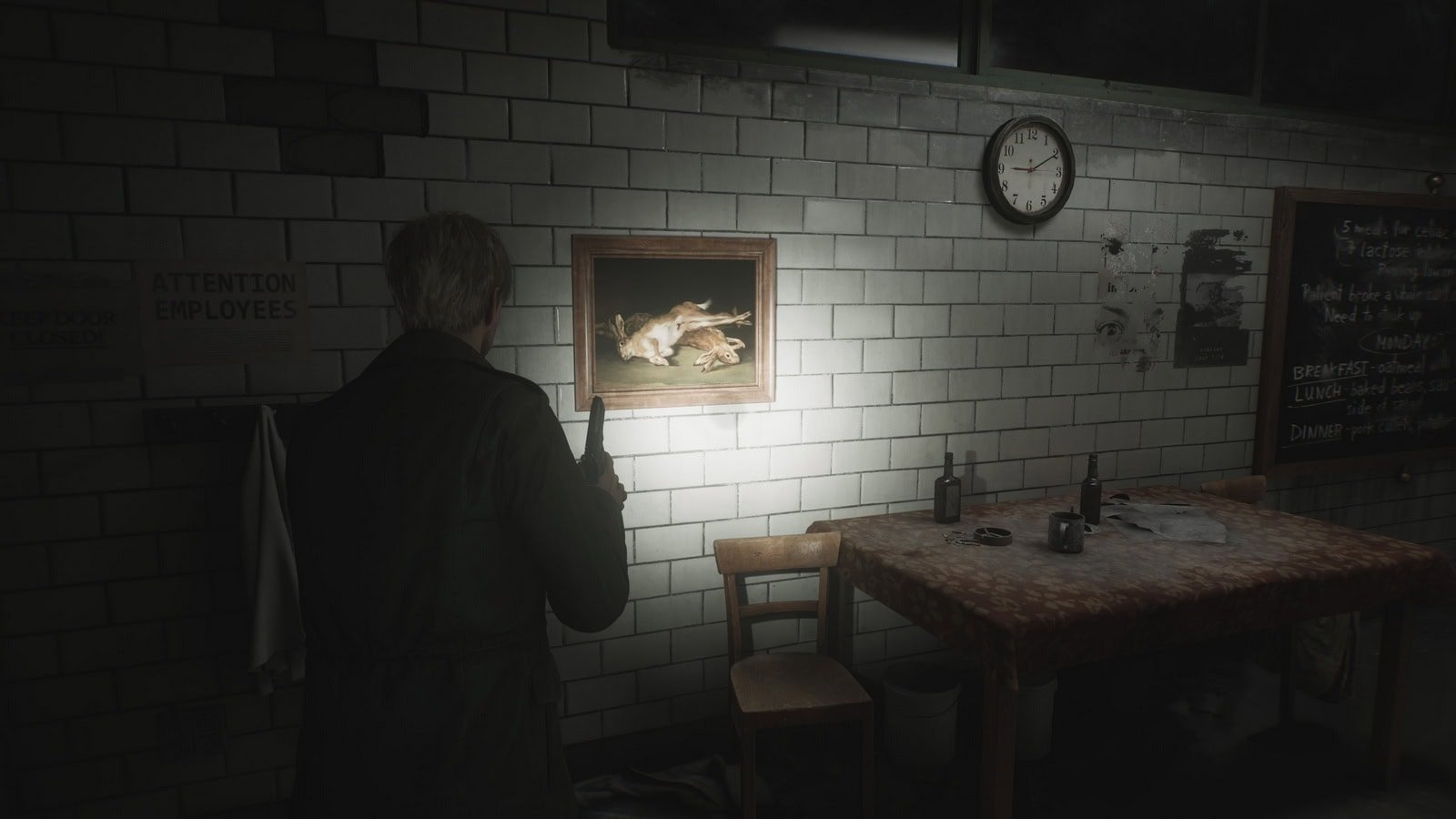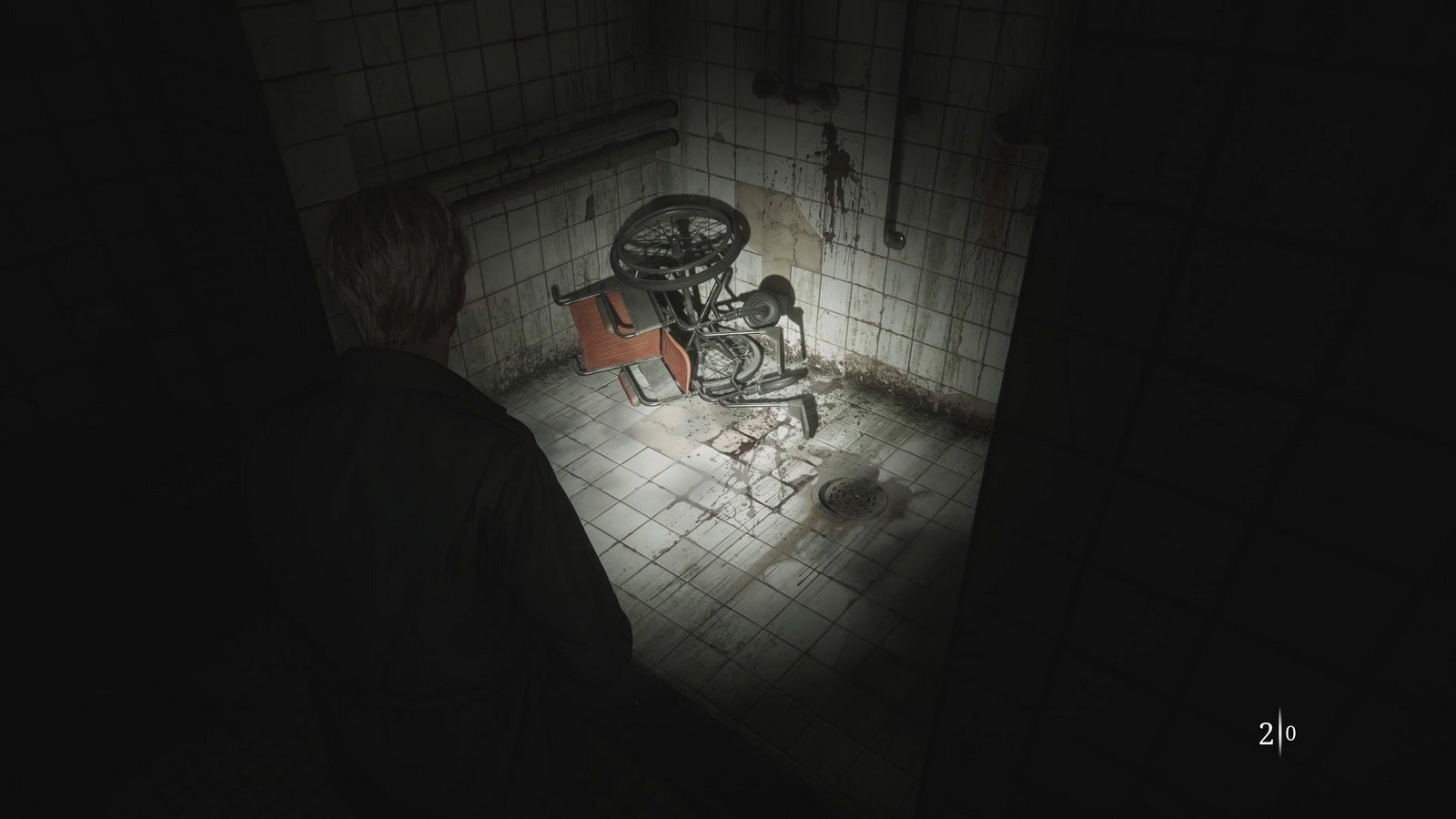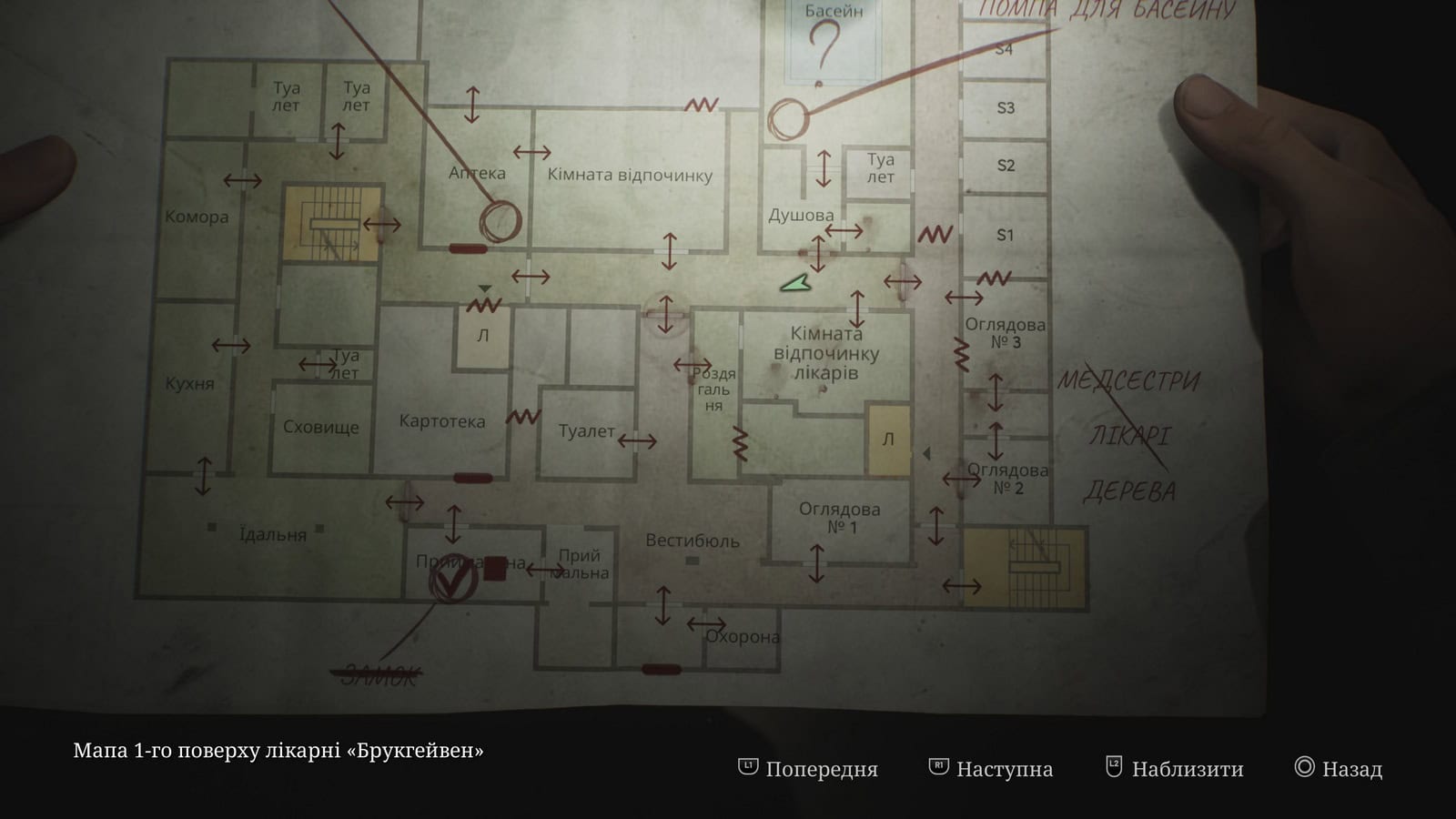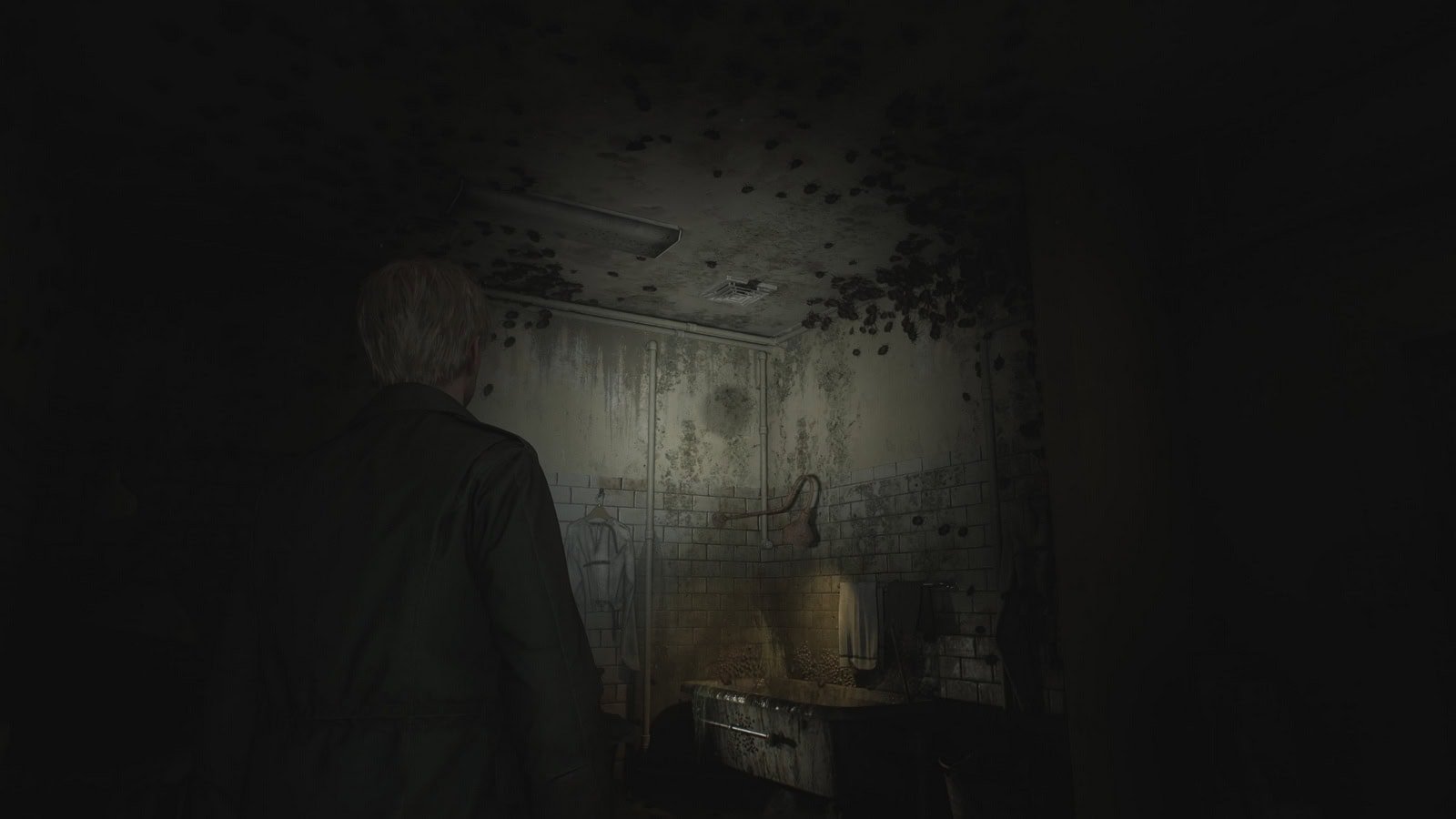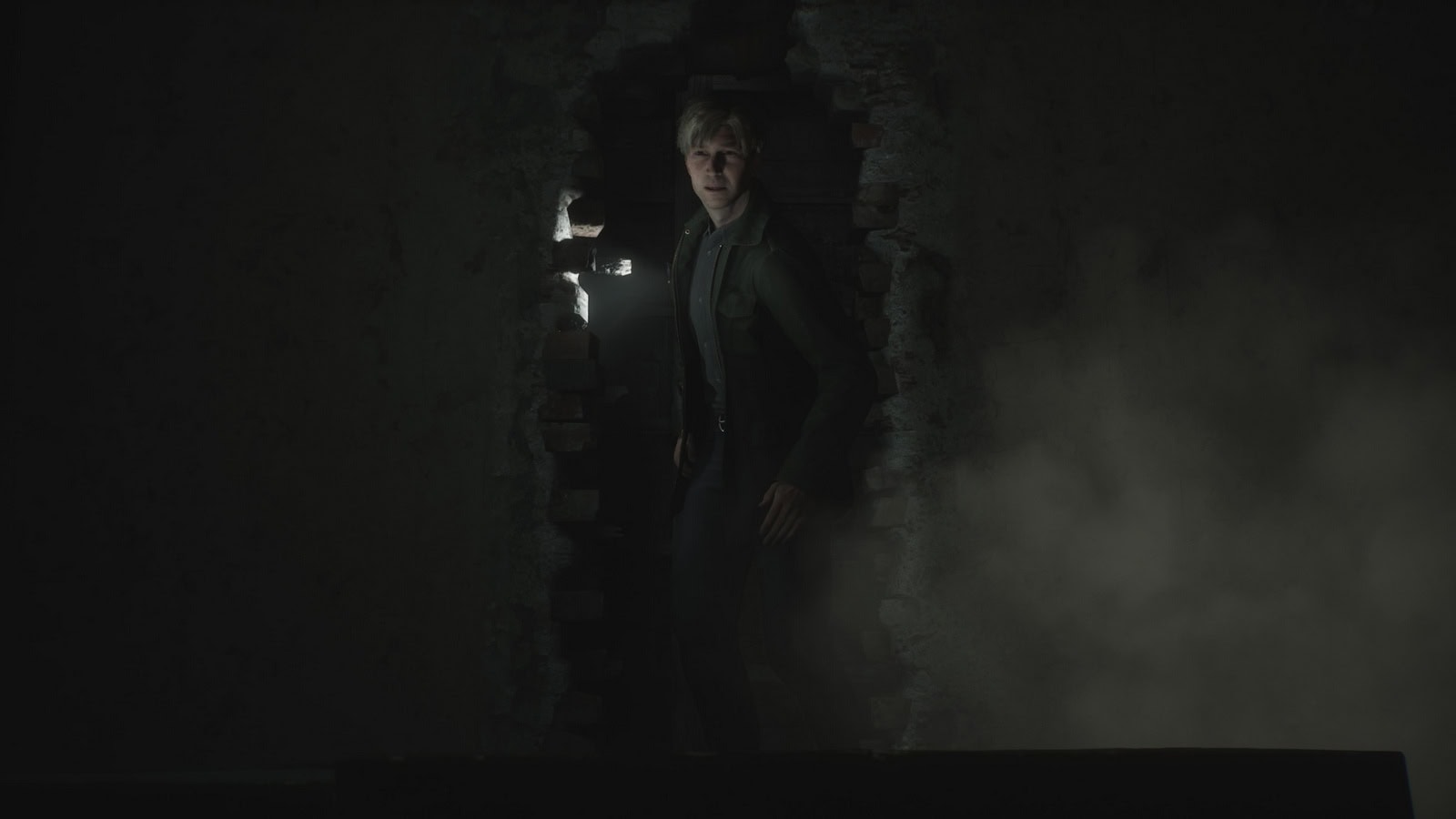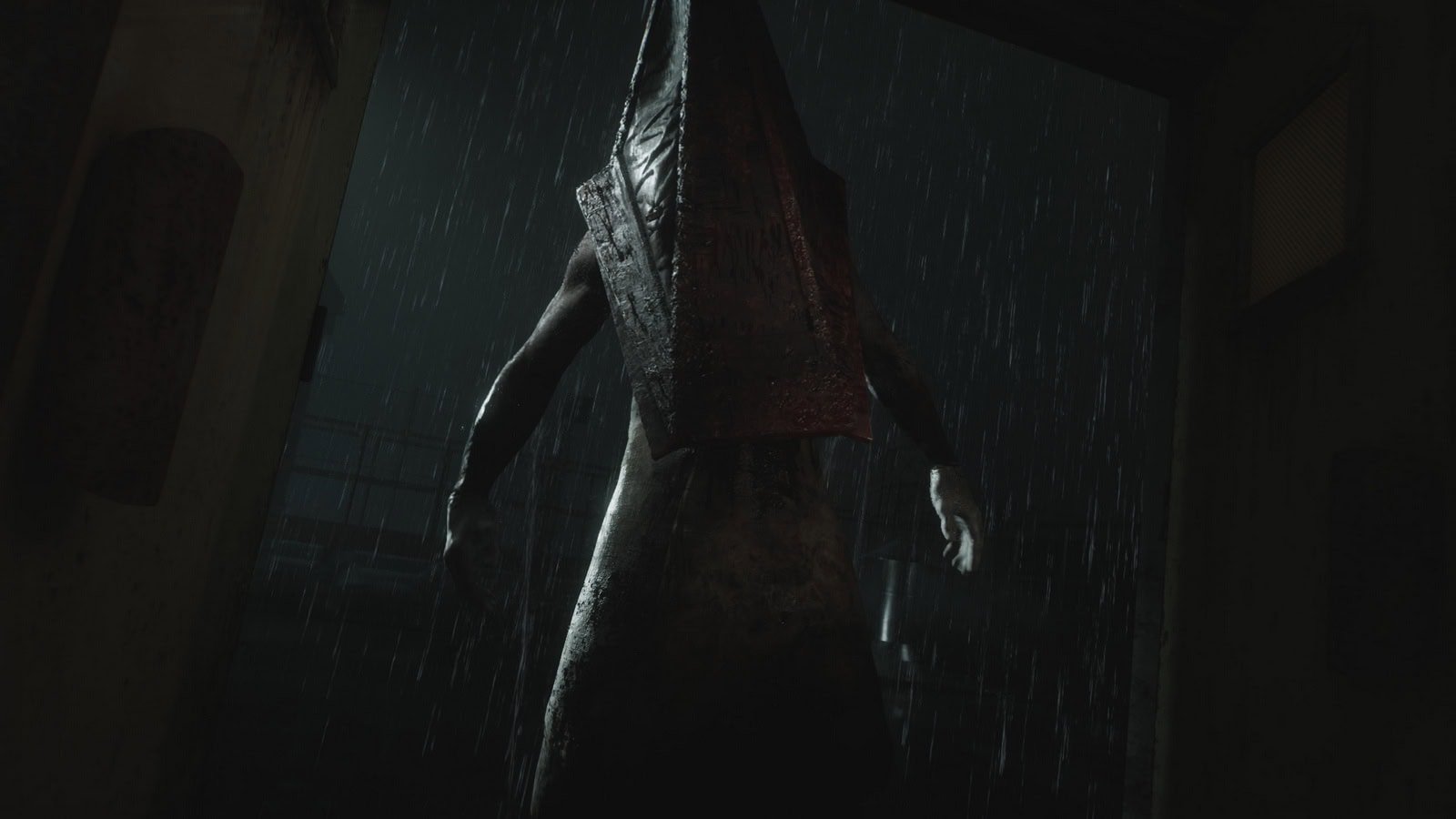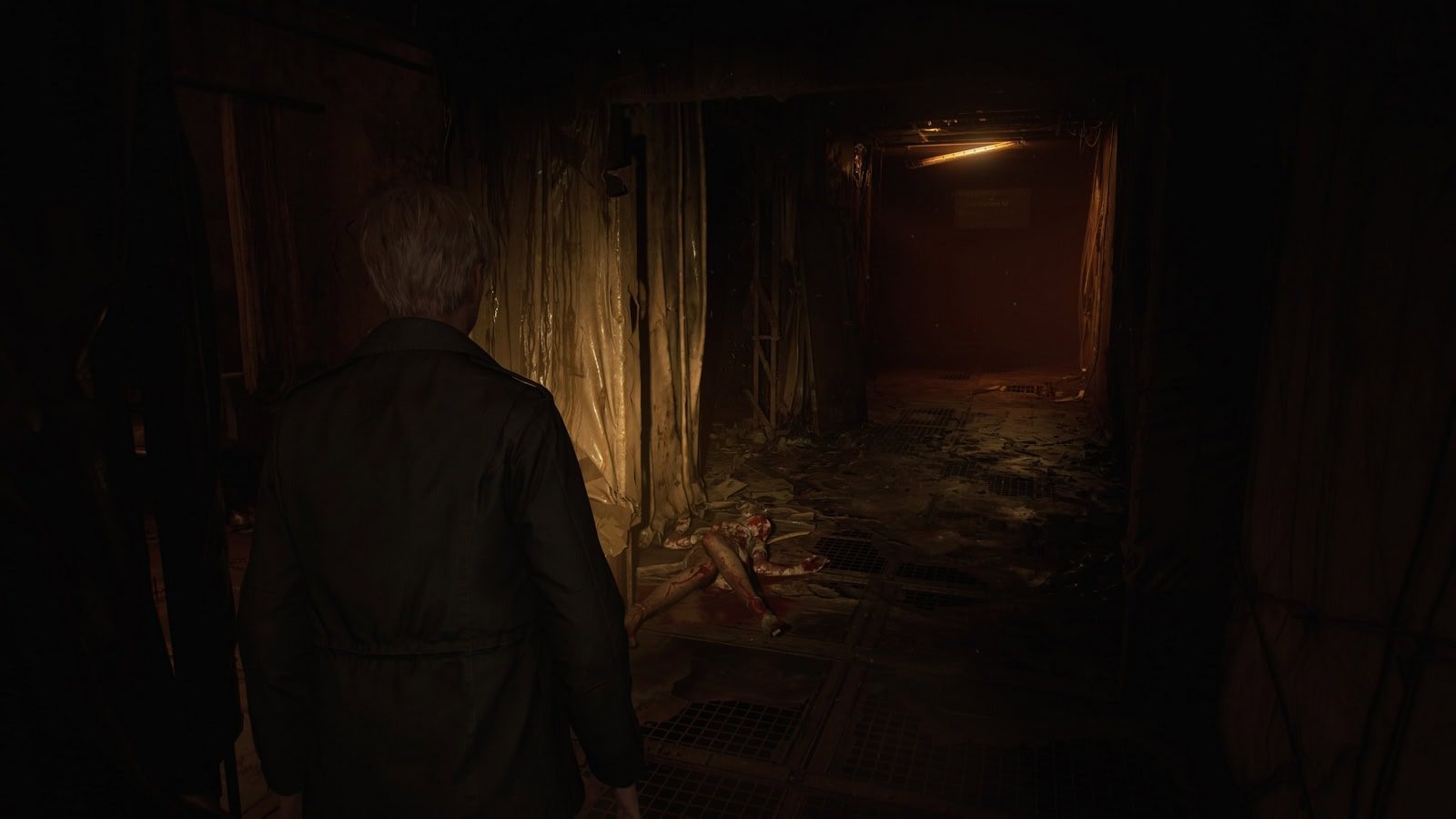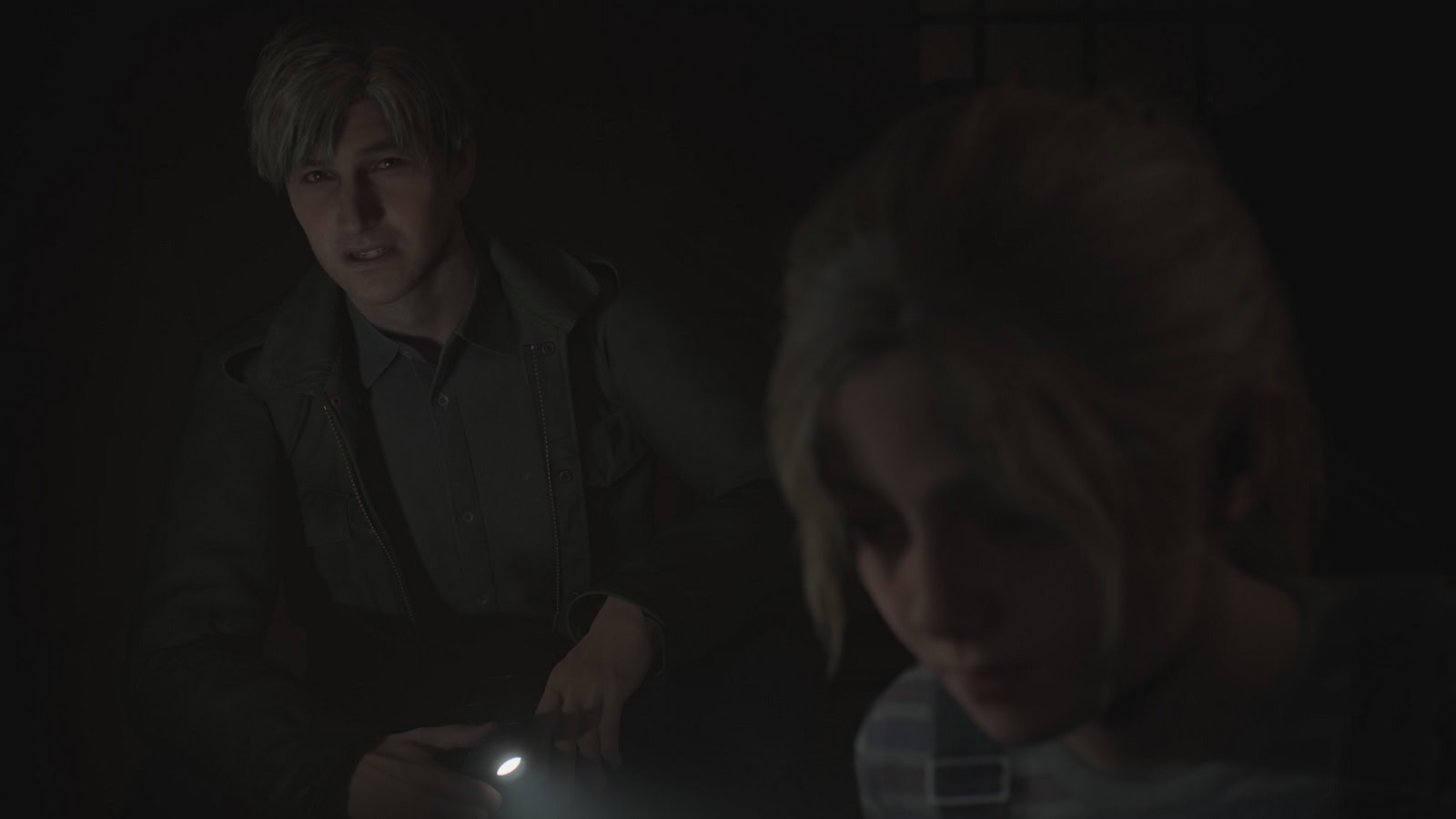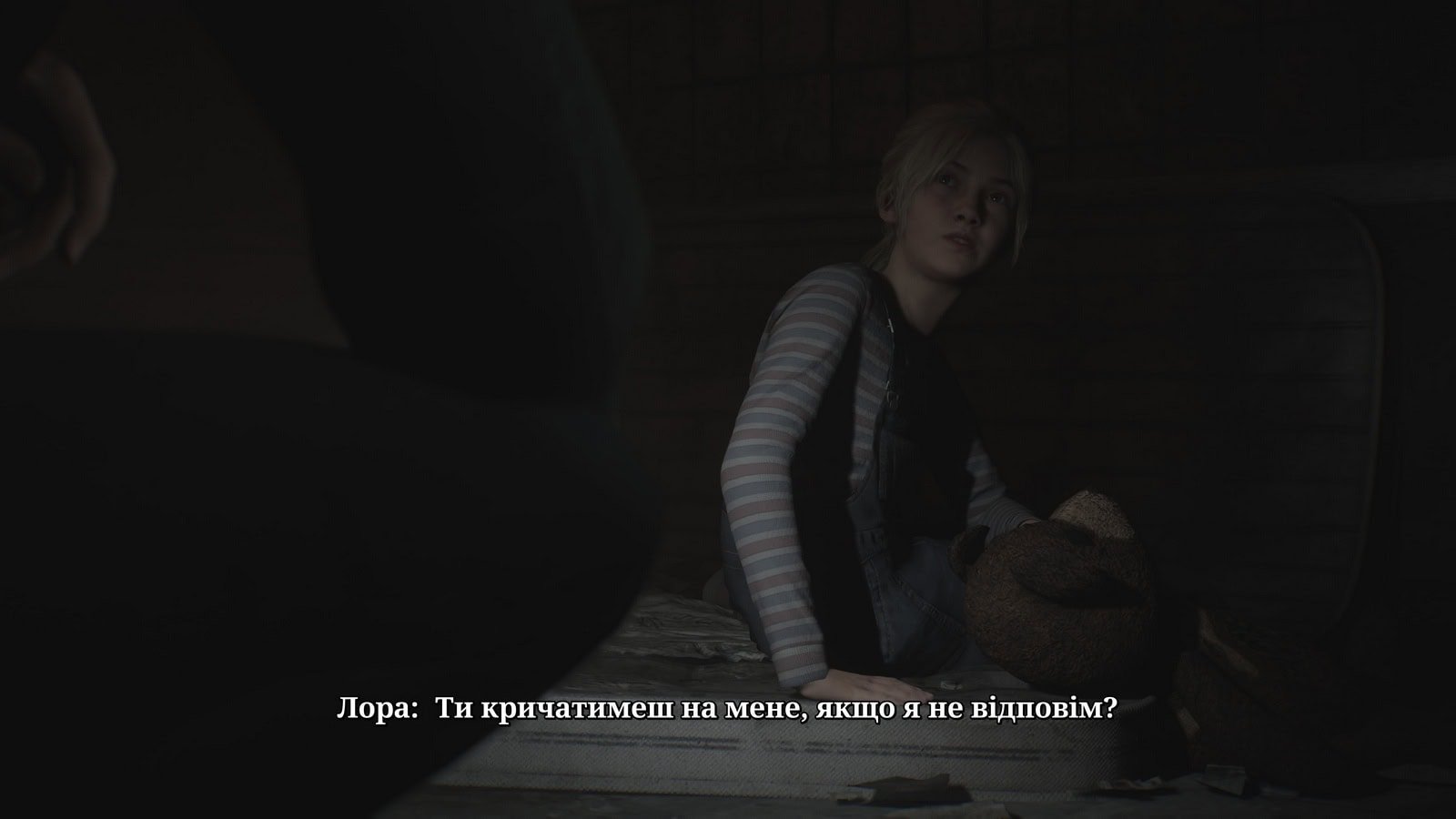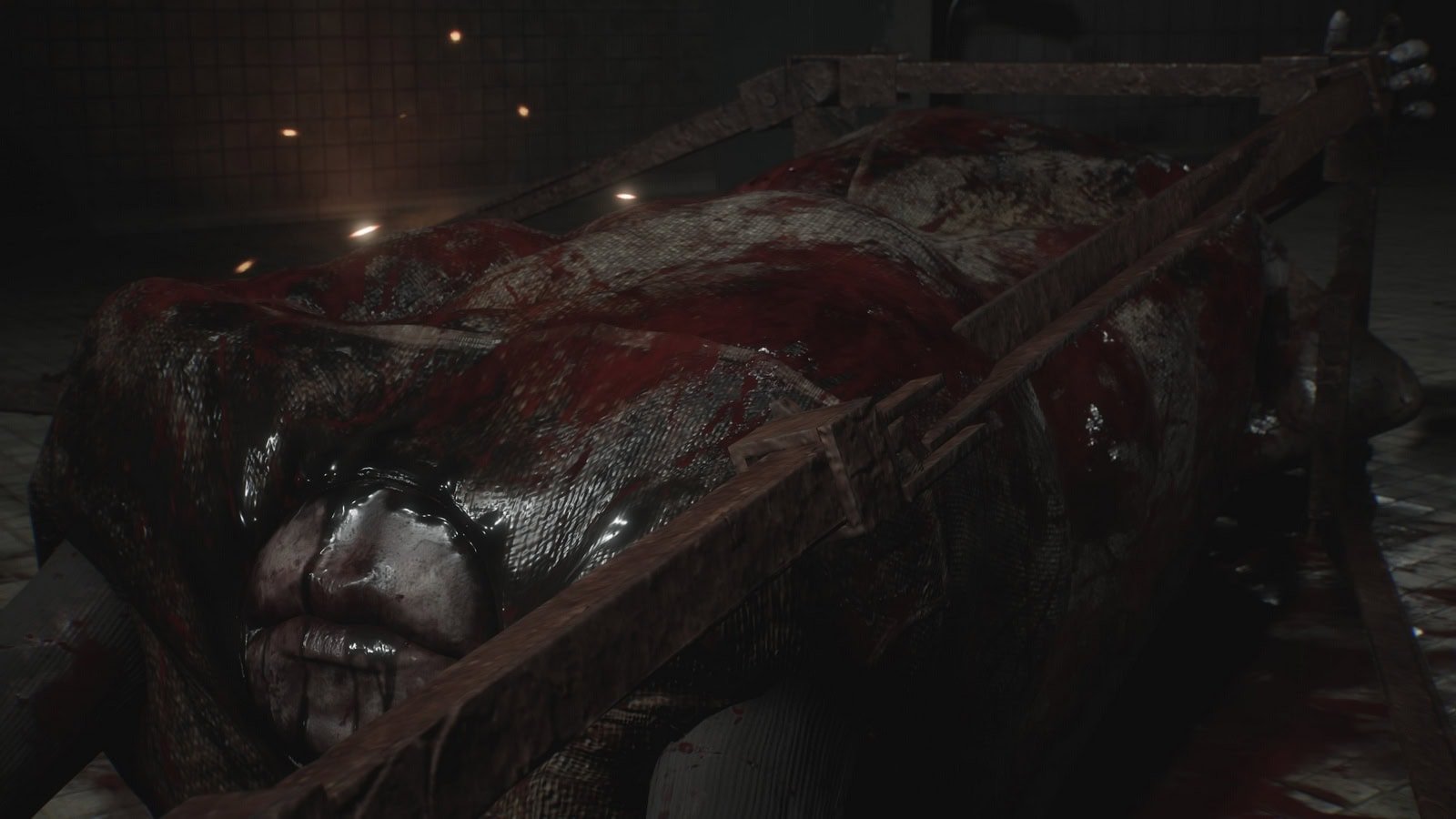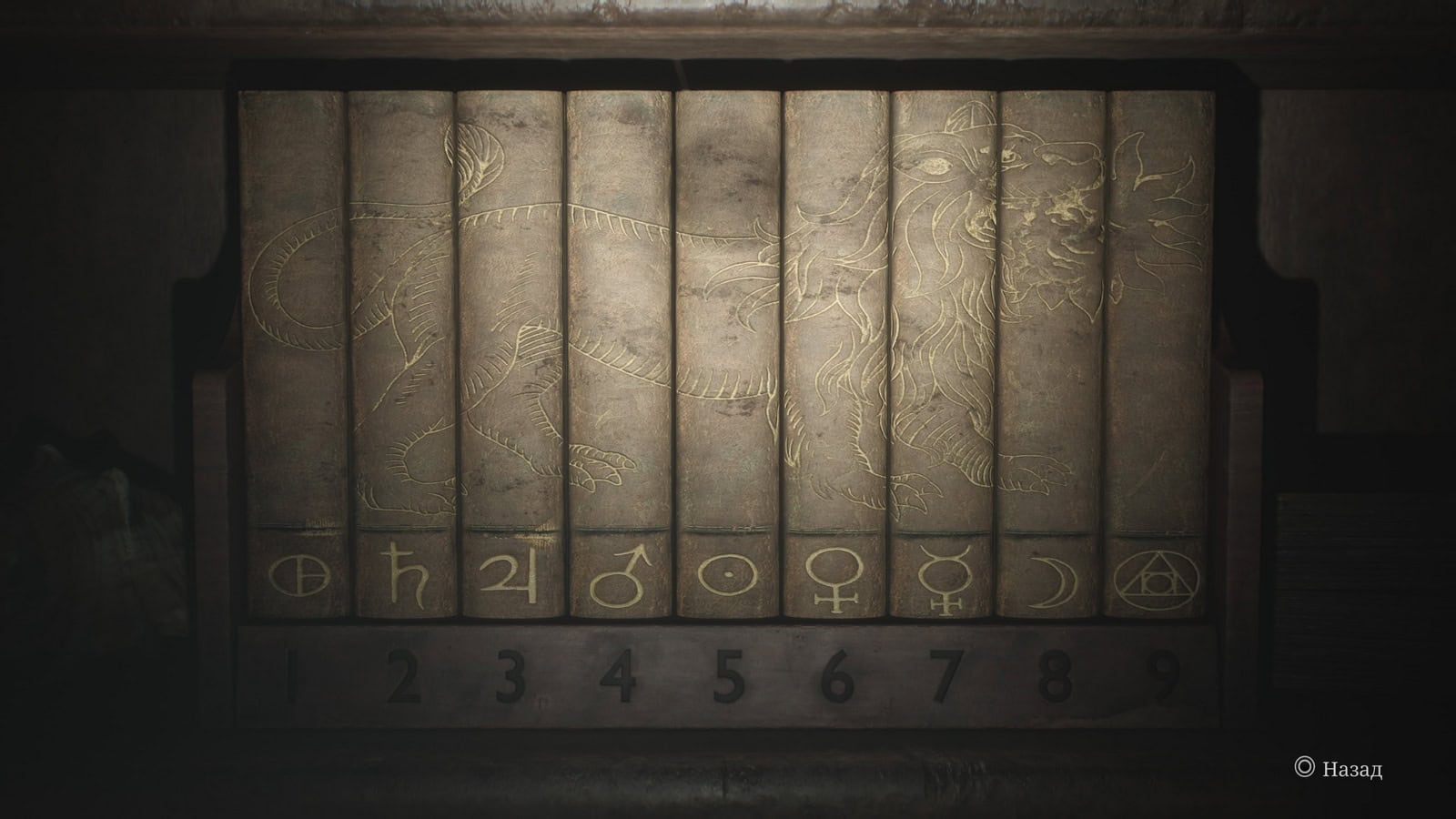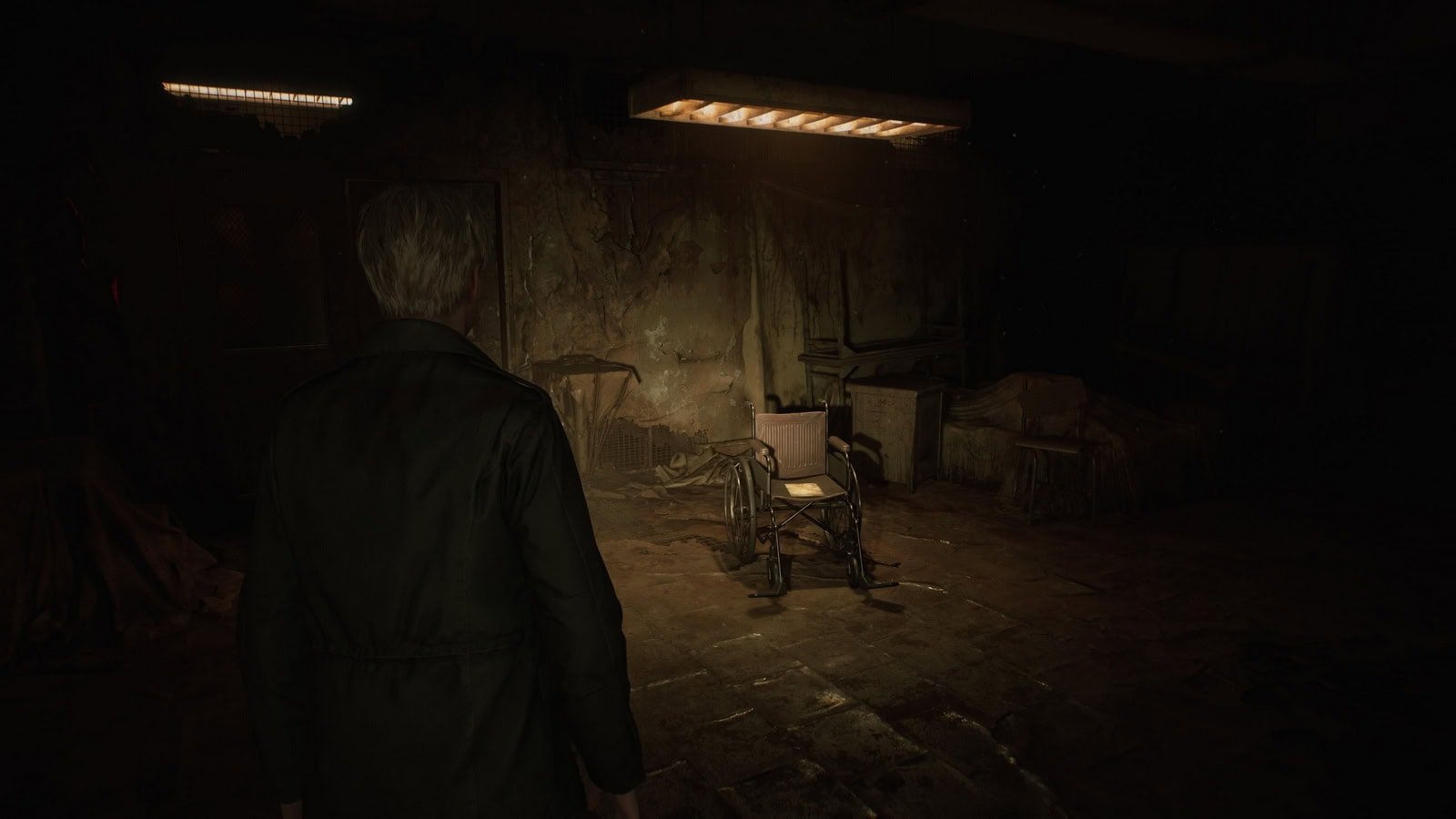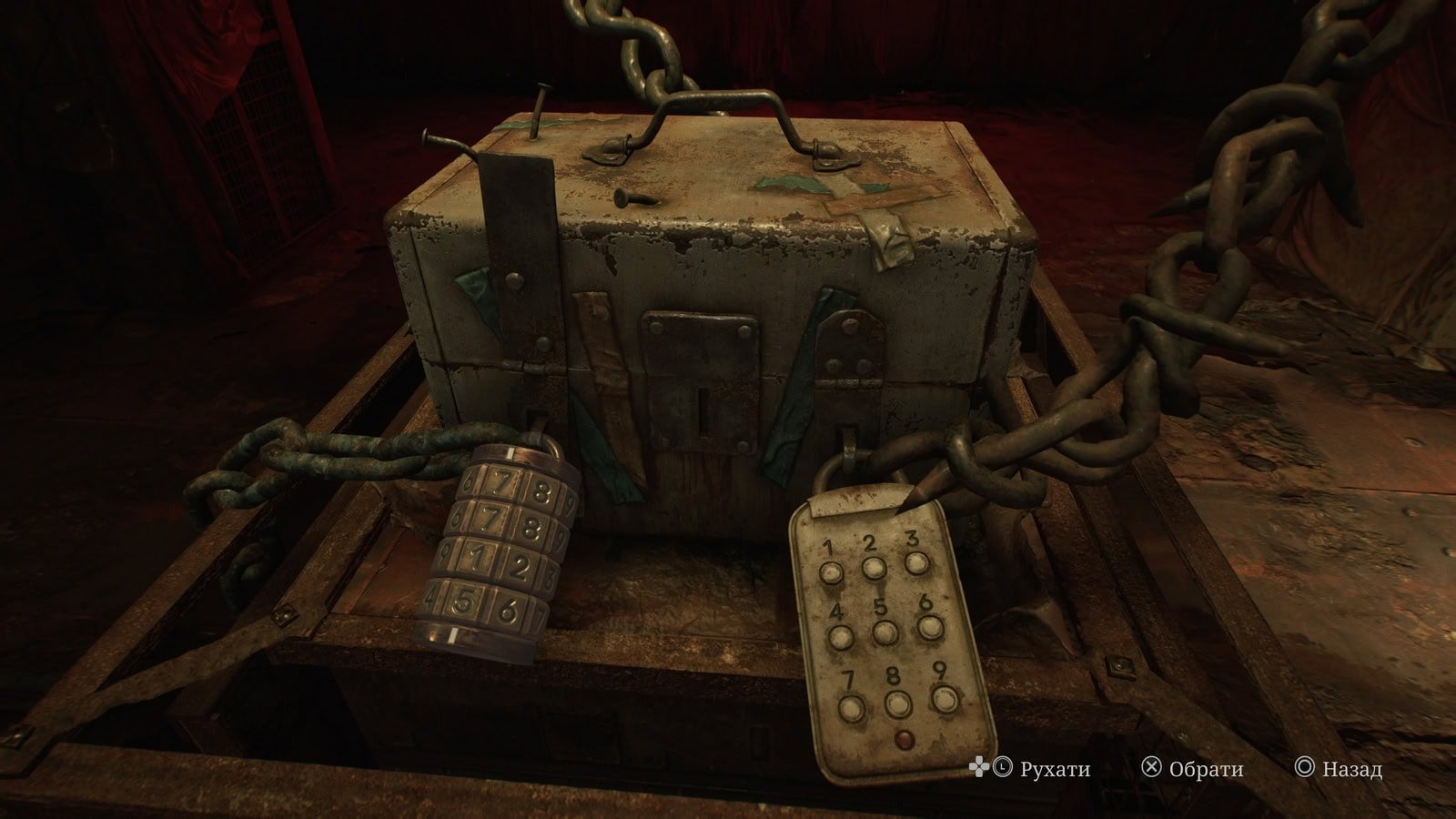In recent years, the gaming industry has been flooded with numerous remakes, remasters, and reinterpretations of past masterpieces. And while the expediency of reshooting movies raises many questions, updating video games seems to be quite justified. If only because games are flesh-and-blood technologies, so they become outdated much worse than movies. At the same time, the influence of the human factor in games is less noticeable to the user than in movies, where acting and directing play a key role.
From the very beginning, the Silent Hill 2 remake has generated a lot of doubts and discussions. Fans might not like the face of one of the characters in the early trailer, or there might be reservations about the graphics and melee animations, or the sound effects might seem inappropriate... But the game was lucky: at release, everything turned out to be much better than expected. We took our time with the review and managed to see that critics and ordinary gamers highly appreciated the new version. And we tried to look at the remake from two different perspectives: through the eyes of a new player and a veteran who has returned to Silent Hill for more than a year.
| Game | Silent Hill 2 (2024) |
| Genre | Survival Horror |
| Platforms | Windows, PlayStation 5 |
| Languages | English, Ukrainian |
| Developers | Bloober Team |
| Publisher | Konami |
| Link | konami.com |
Who to ask?
Team Silent, a specially created division of Konami, was responsible for the development of the first four games in the Silent Hill series. It was their work, especially on Silent Hill 2, that turned the fictional foggy town into a legend and made fans immerse themselves in the game universe for years, unraveling its symbols and hints. Various studios worked on the next installments, but this brought the series to a standstill, and since 2012, it has been almost unheard of for a decade. Subsequently, Konami announced a remake of the most successful second installment. Its development was entrusted to the Polish company Bloober Team, which has been focusing on psychological horror for the past eight years, such as the Layers of Fear series, Observer, The Medium, and Blair Witch. These games are of interest to fans of the genre, although not all gamers like them.
There were good reasons why Bloober Team took on the remake of the second part. Firstly, it was Konami's will, and secondly, according to Bloober's creative director Mateusz Lenart, Silent Hill 2 is a more emotional and personal story than the first or third installments. Bloober Team prefers "down-to-earth" stories that focus on the feelings of the characters rather than the occult, as was the case in other games in the series. Previous Bloober Team projects, such as Layers of Fear, also had a similar tone.
Veterans were also involved. Fortunately, Akira Yamaoka, the series' almost permanent composer, joined the development team. He modernized the arrangements of the original tracks and created several new compositions. At the same time, the key role of sound in the rich atmosphere of Silent Hill remained unchanged.
By the way, the development team also includes Ukrainians. For example, Oleksiy Furman worked on the Silent Hill 2 remake as a game designer, and we are happy to congratulate him on the successful launch of the game. It's amazing how Oleksiy manages to work on cute children's projects, such as "Tukoni: Guardians of the Forest", and on really creepy psychological horror.
Plot and atmosphere
The game's plot is not exactly unique and inimitable, but it intrigues from the very beginning. At least if you like thrillers, mysticism, and are not afraid to be scared. The protagonist James Sunderland receives a letter from his wife Mary, who invites him to meet her at their "special place" in Silent Hill. The problem is that Mary has been dead for three years, so this message immediately raises many questions. But for James, it gives him hope, and hope associated with the people he loves is stronger than weapons. So he doesn't hesitate to go to Silent Hill and finds it in a state of visible ruin and decay.
At first, the city is filled only with autumn fog and houses with boarded-up shutters, rust, abandoned things, and graffiti-a kind of American one-story Pripyat.
Over time, monsters appear, and later, several other living visitors to the town. However, they do not save James from loneliness and fear of the incomprehensible outer and inner worlds.
James wanders around the city, encounters monsters, searches for clues, solves riddles, and learns the stories of other guests. He is particularly interested in the mysterious Mary, who is both so similar and so different from his Mary that she causes him cognitive dissonance. How to deal with this dissonance is up to the player.
The atmosphere gradually becomes thicker and more eerie. The walls, the darkness, the sounds, and the lack of them all contribute to it. Frankly speaking, at a certain point the game becomes so intense that it's hard to play for hours on end: the atmosphere is so complete and oppressive that it seems as if the fog from the screen has filled not only James' environment, but also the player's mind.
Sounds and music play a key role in the atmosphere. All these rustles, someone's breathing behind their back, whispers, howls, crackles that come and go so immerse the player in the Silent Hill world along with the visuals (especially if you're wearing headphones with a wide stage and good high frequencies!) that when you finally break away from the game, you need to remember a few (milli-)seconds of real-world events. And during my very first immersion in the Silent Hill 2 remake, it took me a while to realize that the siren I heard in the distance was our bitter reality coming through my headphones, not part of Akira Yamaoka's sound effects. As are the muffled explosions after it. At that moment, I moved away from the console and into a very real dark corridor, but I didn't leave Silent Hill mentally right away...
The style of play and your decisions, just like in the original, have a significant impact on the ending. This was revolutionary at the time, and even now few games offer such an implicit choice of path. By the way, the game's resolution, regardless of the ending, will surprise most new players with its non-triviality and unexpectedness.
How scary is Silent Hill 2? It depends on who is playing. There are no sharp screencasts or sudden movements. Instead, the game offers a gradual immersion into the atmosphere of the protagonist's experiences and the fears and feelings associated with them. Disturbing music, depressing backgrounds, and disturbing thoughts create a unique experience. So after this horror, someone may ask themselves "what was that all about?" and forget about it, while others will return to the foggy town again and again, reflecting on the depths of human fears.
And now a few words for those players who have already traveled through Silent Hill with James before. The locations have become bigger and more detailed. Eddie Dombrowski has grown a couple more chins, Angela has really changed and we'll have to accept it (although, in my opinion, given the fate of this character, these changes successfully emphasize her personality). The remake has two new endings, which means two reasons to replay the remake when you have time and the right mood. There are now eight of them in the game.
There are references to the original in the game. For example, Maria's dress from the 2001 game is hanging in her locker. Maria asks the protagonist if it will fit her. There seems to be even a hint of Resident Evil - the strange typewriters that served to save progress in that game. But the graphics and gameplay have changed the most. Let's talk about them further.
Gameplay
In terms of gameplay, Silent Hill 2 is primarily about exploring locations. It's often slow and thoughtful, so it's hardly worth visiting Silent Hill for the sake of dynamic scenes and battles. Although they are there, of course, and it's not like surviving here is an easy task. There are several types of monsters in the foggy city (not many), and the most terrifying of them is the legendary Pyramidhead. You can kill them with a stick with nails, which is a piece of a window frame (later - a pipe), or a firearm that you still need to find.
By the way, this stick with nails can also be used to break windows, and this is necessary not only for vandalism, but also to find new passages. Ammunition for firearms is often in short supply, and you need to save it. In this sense, the game resembles Last of Us. There are two types of healing tools, and they are not always enough. At least for me on the medium difficulty level. Somewhere I came across the opinion that survival in the game is too conditional and there are plenty of ammo and first aid kits, but it's hard for me to imagine what level of skill these players have.
Maybe it's the fact that battles are easier on a PC with different controls than on a PlayStation 5 controller? Or maybe I was in a bit of a hurry to complete the game and missed out on loot somewhere. I can't answer this question for sure. But I can say for sure that the battles became more difficult than in the original, and I died more often. Also, in 2001's Silent Hill 2, you could hide from monsters by moving from corridor to room, while in the remake this life hack won't work: the monster will follow you. Shooting here is organized well: high-quality sound, you can adjust the sight, there is recoil and trigger resistance, different depending on the type of weapon. You can also dodge here. Unlike in the real world, it's quite easy to do so here.
Puzzles, riddles, and item searches play an important role in Silent Hill 2. They are well intertwined with the process of exploring locations - fog-filled streets and claustrophobic dark rooms where a monster can appear at any moment. The puzzles have become more interesting than in the original and, it seemed to me, more logical. That is, some of the puzzles here seem to be the same, but their solutions are different.
In general, it is worth noting the surprisingly competent game design: most often you navigate the game world with the help of inconspicuous hints, you know where to go, markings on the map appear very timely, but you do not have the impression that you are being led by the hand all the time.
The original Silent Hill 2 game uses the so-called tank control. It means that the character moves forward regardless of the camera direction. To turn around, the player had to use separate buttons to turn left or right. Such a control scheme was popular in older horror games, but even in those days it was not progressive and caused dissatisfaction among players and critics. As for the camera, it was static or semi-static, positioned at different angles, often from fixed positions, which helped to create an atmosphere of tension and anxiety typical of the survival horror genre. In terms of controls and camera, the Silent Hill 2 remake is a full-fledged modern game. It is convenient and unpretentious.
Aesthetically, the graphics look very nice and work for the overall atmosphere. The developers have kept the color palette of the original, but everything looks more voluminous and realistic. You can also shine a flashlight in the face, and the character will react to such abuse accordingly.
The characters are also well drawn and animated. However, many players did not like the changes in the models of Maria and Angela. For example, the "original" Maria seems sexier to many players, and Angela in the remake has become either older than necessary or not narrow-minded enough. Personally, I found both characters to be successful.
Voice acting and localization
The voice acting in the game is excellent. Although it differs from the original, it does not break the atmosphere, which is a key aspect. Silent Hill 2 also has a Ukrainian text localization by UnlocTeam. All textual content has been translated, including the names on the map. Even the rhyming riddles have been translated into Ukrainian, although it was the translation of one of them that temporarily prevented me from moving forward. It's about the confusion between the words "to the right" and "to the right". A little bit different, isn't it (although, who knows, maybe it was intended that way)? I had to refer to the original text. But overall, it's a very good translation. I wish it was always like this.
Technical features
The game pleases with its extensive settings. It is usually surprising when large projects neglect such a simple feature as subtitle configuration. Here, it is not only present, but also quite flexible. The same goes for graphics, sound, and other options.
The remake of Silent Hill 2, developed on Unreal Engine 5, offers an updated visuals. The graphics here are beautiful and contribute to the creation of the atmosphere, but the engine causes some optimization problems, especially on consoles. The game has two graphics modes: "quality" with a resolution of 1512p and "performance" with 1152p. Both support upscaling to 4K, which improves image quality without significant performance losses. Small artifacts are noticeable when the camera moves, but overall the picture looks convincing.
However, the game does not always consistently maintain the declared performance. In quality mode, the target 30 frames per second is sometimes reduced due to dynamic resolution. Productivity mode, which targets 60 frames, is even less stable, dropping as low as 45 fps. If such fluctuations bother you, it's better to choose Quality mode.
On PlayStation 5, the game takes advantage of Unreal Engine 5, including the Lumen system of dynamic global lighting and reflections. It is their quality that is affected by the change in graphics mode, which is sometimes quite noticeable. For example, in puddle reflections, you can see how they break up into pixels in performance mode. When it comes to global lighting, the difference is subtle in open spaces, but indoors you can easily see sharper transitions between light and shadow. In productive mode, dark areas look darker. However, the difference is not critical, less pronounced than in reflections.
Despite technical shortcomings, the visuals of the remake remain at a high level. Players seeking maximum stability can consider the PC version or wait for the PRO version of the console. But even with the existing nuances, the game allows both longtime fans and newcomers to immerse themselves in the Silent Hill atmosphere.
General impressions and conclusions
I'll start with a personal point of view. I have always been attracted to artworks that balance on the edge of the mass and art house. Those that skillfully combine an entertaining aspect with a deep meaning that can provoke serious reflection. They create a unique atmosphere where funny and scary coexist, complementing each other.
Such works are often the most interesting because they are accessible to the general public without sacrificing depth or originality. They are able to entertain the viewer or player while leaving room for interpretation and personal reflection. It is this ability to balance between different extremes that makes them special statements. And I consider the Silent Hill universe to be one of these expressions, particularly in its second incarnation, and now in the embodiment of the remake of the second part. In the other parts, I managed to catch only fragments of this mood, and, in fact, not only for me, but also for other wanderers in Silent Hill, judging by the fan communities.
The original Silent Hill 2 didn't gain the status of a masterpiece immediately and not from everyone. In 2001, there were many critics who criticized the illogicality of some of the puzzles, the awkward controls, and the lack of dynamism. Moreover, there were reviewers who called Silent Hill 2 an ordinary mediocre horror. But the game has stood the test of time, and now it's been remade. Now we can confidently say that the Bloober team has coped with the task they have set for themselves. And this would not have been possible without the sincere love for the original and the participation of some of the key figures of the original team, first of all, Akira Yamaoka with his soundtrack.
Of course, the ideal is unattainable, so the game can and should be criticized a bit for some technical features - we have already mentioned them in the text. But... they seem trivial compared to how skillfully this game combines the latest technology with the original spirit, how it has expanded the locations while leaving them recognizable, how it has subtly woven references to the 2001 game, how it has added new elements without damaging the original canvas. So this game is likely to appeal to both loyal fans and those who have visited the foggy town for the first time, either to be a little scared or to try to think about the dark corners of the human soul.


